- Kungfu武学:《太极拳学》孙禄堂(136P):2023年-09月-25日
- Kungfu武学:《太极拳实战法》王中才、李莉(184P):2023年-09月-25日
- Kungfu武学:《太极拳师门对话录——太极宗师洪均生言传身教原始记录》蒋家骏(250P):2023年-09月-07日
- Kungfu武学:《太极拳秘谱》玉昆子(271P):2023年-09月-07日
- Kungfu武学:《洪均生陈式太极拳——陈式洪架太极拳法传真》蒋家骏(290P):2023年-09月-05日
- Kungfu武学:《杨家太极拳各艺要义(附武术偶谈)》黄元秀(113P):2023年-09月-05日
- Kungfu武学:《先天太极拳》陈太平(32P):2023年-07月-26日
- Kungfu武学:《王培生内功心法太极拳》张耀忠、张林(203P):2023年-07月-19日
- Kungfu武学:《中国八卦太极拳》赵增福(351P):2023年-06月-18日
- Kungfu武学:《李氏形意太极拳》李春苓(193P):2023年-06月-10日
- Kungfu武学:《陈式太极拳实用拳法》洪均生(220P):2023年-05月-25日
- Kungfu武学:《武当三丰太极拳》刘嗣传(331P):2023年-05月-22日
- Kungfu武学:《武当真传太极拳全书》于化行(215P):2023年-05月-02日
- Kungfu武学:《陈式太极拳实用拳法——十七代宗师陈发科晚年传授技击精萃》洪钧生(431P):2023年-04月-10日
- Kungfu武学:《论太极拳》张肇平、杜飞虎(300P):2023年-02月-13日
- Kungfu武学:《武当气功太极拳》马杰(187P):2022年-11月-21日
- Kungfu武学:《八卦太极拳》张凤杰(164P):2022年-09月-22日
刘嗣传,道号刘清复,笔名武当清复、啸然,自号留阳道人,湖北天门人。中国人民大学爱国宗教研修班结业,广东省道教协会副会长。现居广东省江门市新会紫云观。现任地方政协委员、《广东道教》主编、香港道教学院客座教授。著有《武当三丰太极拳》等书,发表道教和学术文章数十万字。
18岁开始拜师乡间武师习功练拳,先后掌握了太乙熊门唐手拳、洪拳、七星活气功及棍凳刀剑等器械。1992年9月出家于武当山,访道入武当山玉虚宫、玉皇顶等处。追随武当内家拳师郭高一学道,初次学习道教内丹功,1993年10月入湖北通山县九宫山瑞庆宫学道,再跟郭高一道长学习武
当系列功夫,玄功拳、八卦掌等。同时深入了解道教五派丹法。随后师从武当李诚玉、王光德等高道大德。开始深入探求道教文化根源,及道教武学。在出世离尘、修心养性中,重新认识自我的知识结构和人生价值,参悟出道教先圣、伟大哲学家老子“无为而无不为”的精深意蕴及“出世”与“入世”的自然道法。注重道教内丹功的学习和修炼。
在跟随名拳师郭高一老道长习武修道中,先后习练和掌握了武当三丰太极拳、太乙火龙掌、九宫掌等拳术和全真派内丹功法,并重新整理器械和其他地方传统套路。1995年4月入陕西周至县楼观台道观参访,遇终南山高隐指点,功法精进。1996年5月在湖南、湖北、陕西一带参学、云游。并到武当几家道教武馆执教,有参加区域比赛获奖。1997年再入陕西周至楼观台道观常住,担任管理职务。将“武当三丰太极拳”整编成册,操练成就,感悟有收获。此间同赵堡、杨式、吴式、陈式各派有交往。多次参加西安杨式(赵斌系)的系列活动。
1998年4月接受武当拳法研究会采访,《武当》杂志社高飞副主编写下《假借有为修至道》人物专访。几年来,发表道教学术文章八万余字,有关道家太极拳及养生学术文章十万余字。
2000年元月到北京白云观进修。并在中国道教协会研究室(道教文化研究所)参加《中华道藏》的校对工作。其间拜访冯志强,王培生、及于志均等名家,与京城民间杨式传人有交流。
2001年5月,编著《武当三丰太极拳》一书,由人民体育出版社出版。全书约24万字,图照190余幅。这是国内第一部论述道教与太极拳多层面关系、展示道教张三丰太极道体系,出自在庙道人的作品。
1999年7月和2003年六次出国讲学授拳,先后到了欧洲斯洛文尼亚,受德国世界陈式太极拳总会的邀请,为世界太极拳修道夏令营讲道授课。
2002年3月来广东省新会紫云观主持教务至今。2003年开始与香港道教界和太极拳爱好者交往。03年在珠江音系像出版社出版《武当三丰太极拳》教学资料光牒(VCD两张);市场反响良好。
2004年5月赴香港道教学院讲授“太极文化与太极拳”。授课教拳一月。回观在紫云观筹备成立太极健身文化中心,开展多方位文化交流。
2005年6——12月受澳门道教协会的邀请,为该会道教研习班授课教拳,在该会五周年特刊上有讲课提纲之稿文《道教养生术》。
2007年5月参加香港道教联合会举办罗天大醮系列活动的养生讲座.同时整理武当三丰太极拳三十八式精简版有香港道教学院出版发行.还有实地拍摄教学片.2008年5月在香港道教学院讲学授课,7月书展推出新书,并举办养生讲座,两年同香港道教学院举办暑期武当太极拳培训班。
在云游参访各名山宫观时,在当年老子讲《道德经》之地——陕西省楼观台道观参加道教知识培训班,期间写下七万字的《访道文稿》,编印成册,书中文章又是在道教学术和武术杂志的处女作,其中不乏产生广泛影响的佳作。
曾于1996年9月回湖北咸宁太乙观住持道观事务,本着“达则兼济天下,穷则独善其身”的精神,后常住于武昌大东门长春观,或云游在鄂陕仙山之间。先后又跟教内外人士刘焕军(北方大侠)、周金富(武当中和功传人)等武术气功名家练习功法,并追随孔德大师进行仙学的理论与实践的验证。随后,在武当山道教武馆、太和武馆多处访道执教。出任武当山太和武馆客座教练、陕西户县体委武术培训中心特邀总教练,终南山武术学校顾问。在担任道观知客,不断与国内外武术界名人交流切磋,先后与赵堡、杨式、陈式、及吴式等传人及英、美、德、俄、韩等国道教及太极拳爱好的交流。
1999年6月29日至7月13日,陕西省周至县楼观台道观知客刘嗣传道长,应德国陈式太极拳总会和俄罗斯影壁俱乐部联合邀请,专程赴欧洲中部的斯洛文尼亚”Rogla”体育竞技中心,为有西方近十个国家和地区代表参加的”99道教与太极拳修炼大会”进行传道讲学。
德国世界陈式太极拳总会是一个有近千人的中国功夫及太极拳爱好者组成的跨国群众性社团组织,俄罗斯影壁俱乐部是专门学习世界各种武术健身项目的运动俱乐部,俱乐部内大部分会员热衷中国功夫,爱好道教功法,两个团体联合,在1998年8月底来中国楼观台道观访道求学后,诚恳邀请任法融道长及楼观台道人前往欧洲传道弘教,任法融道长因同时要前往新加坡,知客刘嗣传仅一人代表楼观台道观接受邀请,与河南陈家沟太极拳传人陈小旺大师共同主持”99道教太极拳修炼大会”。
刘嗣传道长在欧洲期间,认真把握机会,宣传道教教理教义,讲授道教养生功法,演示太极丹道功法,表演武当三丰太极拳,解答欧洲道教爱好者提出的道教有关的各种问题,虽因语言差异而通过翻译,但所有听众均十分满意。
分别是来自德国汉堡,俄罗斯莫斯科、彼得堡,意大利、捷克、波兰、奥地利、瑞士、美国等国家和地区的130余名道教和太极拳爱好者,在风景如画的阿尔卑斯山脉东北部的前南斯拉夫国家体育训练基地进行长时间的道教太极拳修炼,在陈小旺大师和刘嗣传道长的指导下,进行陈式太极拳老架,太极推手,太极刀、静功内丹等训练,并由刘道长主持道教知识讲座课,每天课程安排得紧凑得当。
应香港道教学院的邀请,新会政协常委、新会紫云观住持、管委会主任刘嗣传道长于2007年4月20-5月21日到香港进行为期30天的“太极文化与太极拳”的讲学,受到香港各界的好评。期间,刘嗣传既讲授中国道教文化及太极内涵,又亲自教授武当张三丰太极拳。定期前来学习的有道教学院学生,还有香港社会各界群众上百人,这些人中有学生,有太平绅士,有议员,有公务员,同时还有宗教界人士。在讲课期间举行的屯门区花卉展览开幕式上,刘嗣传应邀作太极拳表演,受到广泛好评,同时到香港蓬瀛仙馆讲座。刘嗣传此行除传授太极拳外,还在香港大力推介了新会及紫云观,引起广泛反响。期间,刘嗣传还与江门、新会宗教部门的领导一起拜会了香港谭兆基金会、香港道教联合会、香港道教青松观以及蓬瀛仙观。
刘嗣传道长长期从事中国道教文化及武当功夫的研究,其武当三丰太极拳饮誉海内外,出任新会紫云观住持后,他先后应邀到北京、韩国、欧洲、香港、澳门及省内各市进行太极拳的授课与交流。
2010年4月25日,在广东省道教协会副会长、新会紫云观住持刘嗣传道长以及新会区民族宗教事务局有关人士的带领下,新会紫云观的教职人员和信众一行,到云南省开展抗旱救灾献爱心活动,并向该省寻甸回族彝族自治县金源乡捐款2万元。
Liu Sichuan, with the Taoist name Liu Qingfu and pen names Wudang Qingfu and Xiaoran, is a Taoist from Liuyang and a native of Tianmen in Hubei. Graduated from the Patriotic Religion Training Course at Renmin University of China and served as the Vice President of the Guangdong Taoist Association. I currently reside in Ziyun Temple, Xinhui, Jiangmen City, Guangdong Province. He is currently a member of the local CPPCC, the chief editor of Guangdong Taoism, and a visiting professor of the Hong Kong Taoist Institute. He has authored books such as “Wudang Sanfeng Tai Chi” and published hundreds of thousands of Taoist and academic articles.
At the age of 18, he began to learn martial arts from a rural martial artist and practiced martial arts. He successively mastered Taiyi Xiongmen Tang Handboxing, Hongquan, Qixing Huoqigong, and other equipment such as sticks, stools, swords, and swords. In September 1992, he became a monk in Wudang Mountain and visited places such as the Jade Xu Palace and Jade Emperor Peak. Following the martial arts master Guo Gaoyi of Wudang, he first learned the internal alchemy skills of Taoism. In October 1993, he entered Ruiqing Palace in Jiugongshan, Tongshan County, Hubei Province to learn martial arts from him
When it comes to a series of martial arts, such as Xuangong Fist and Bagua Palm. At the same time, gain a deep understanding of the five Taoist schools of alchemy. Subsequently, he studied under the high-ranking virtues of Wudang, such as Li Chengyu and Wang Guangde. Starting to delve deeper into the roots of Taoist culture and Taoist martial arts. In the process of coming out of the world and cultivating one’s mind and character, one should have a new understanding of one’s own knowledge structure and life value, and comprehend the profound meaning of the Taoist sage and great philosopher Laozi’s “doing nothing but doing nothing”, as well as the natural Taoist methods of “coming out of the world” and “entering the world”. Pay attention to the study and cultivation of Taoist internal alchemy skills.
During his martial arts practice with renowned boxer Guo Gaoyi, the elder Taoist priest, he successively practiced and mastered martial arts such as Wudang Sanfeng Tai Chi, Taiyi Huolong Palm, and Jiugong Palm, as well as Quanzhen Sect’s internal alchemy techniques. He also reorganized his equipment and other traditional routines in other places. In April 1995, I visited Louguantai Taoist Temple in Zhouzhi County, Shaanxi Province and was guided by Gao Yin from Zhongnan Mountain. My martial arts skills were advanced. In May 1996, participated in education and traveled around Hunan, Hubei, and Shaanxi. He also taught at several Taoist martial arts schools in Wudang and won awards in regional competitions. In 1997, he joined the Zhouzhi Louguan Taidao Temple in Shaanxi as a permanent resident and held a management position. Compile the “Wudang Sanfeng Tai Chi” into a book, practice and achieve results, and gain insights. There are contacts with various factions such as Zhao Bao, Yang style, Wu style, and Chen style. Participated in a series of Xi’an Yang style (Zhao Bin style) activities multiple times.
In April 1998, he was interviewed by the Wudang Fist Research Association and the deputy editor in chief of the Wudang magazine, Gao Fei, wrote an exclusive interview with the characters in the book “Cultivating the Way through the Assumption of Youwei”. In the past few years, over 80000 words of Taoist academic articles have been published, as well as over 100000 words of Taoist Taijiquan and health preservation academic articles.
I went to Baiyun Temple in Beijing for further education in January 2000. And participated in the proofreading of the “Chinese Taoist Collection” at the Research Office of the Chinese Taoist Association (Taoist Culture Research Institute). During this time, I visited famous figures such as Feng Zhiqiang, Wang Peisheng, and Yu Zhijun, and had exchanges with folk Yang style inheritors in the capital.
In May 2001, he compiled the book “Wudang Sanfeng Tai Chi” and was published by People’s Sports Publishing House. The entire book consists of approximately 240000 words and over 190 photos. This is the first work in China to discuss the multi-level relationship between Taoism and Tai Chi, showcasing the Zhang Sanfeng Tai Chi Dao system of Taoism, produced by a Taoist in a temple.
In July 1999 and 2003, he went abroad six times to give lectures and teach boxing. He went to Slovenia, Europe, and was invited by the World Chen Style Tai Chi Association in Germany to give lectures for the World Tai Chi Practice Summer Camp.
Since March 2002, I have been in charge of academic affairs at Ziyun Temple in Xinhui, Guangdong Province. Since 2003, I have been socializing with the Taoist community and Tai Chi enthusiasts in Hong Kong. In 2003, he published the teaching materials of Wudang Sanfeng Taijiquan (two VCDs) in the Pearl River Audio Visual Publishing House; The market has responded well.
In May 2004, he went to the Hong Kong Taoist Academy to teach “Tai Chi Culture and Tai Chi Boxing”. Teaching boxing for one month. Huiguan is preparing to establish a Tai Chi Fitness Culture Center at Ziyun Temple to carry out multi-dimensional cultural exchanges.
From June to December 2005, he was invited by the Macau Taoist Association to teach boxing to the Taoist training class of the association. In the special issue of the fifth anniversary of the association, there was a lecture outline titled “Taoist Health Techniques”.
In May 2007, he participated in a health lecture on the Luo Tian Da Jiao series of activities organized by the Hong Kong Taoist Federation. At the same time, he compiled a simplified version of the 38 styles of Wudang Sanfeng Tai Chi, which was published and distributed by the Hong Kong Taoist Academy. He also filmed teaching videos on site. In May 2008, he gave lectures at the Hong Kong Taoist Academy, and in July, he launched a new book exhibition and held a health lecture. He also held a summer Wudang Tai Chi training class with the Hong Kong Taoist Academy two years ago.
During my travels to visit various famous mountain palaces and temples, I attended a Taoist knowledge training class at Laozi’s lecture on the “Tao Te Ching” in Louguantai Taoist Temple, Shaanxi Province. During this time, I wrote a 70000 word “Visiting Taoist Manuscript” and compiled it into a book. The articles in the book were also my debut works in Taoist academic and martial arts magazines, among which there were many excellent works that had a wide impact.
In September 1996, he returned to Taiyi Temple in Xianning, Hubei Province to be the abbot of Taoist affairs. In the spirit of “reaching the world and helping the poor”, he later resided in Changchun Temple at the Dadongmen of Wuchang, or traveled between the Xianshan Mountains in Hubei and Shaanxi. He also practiced martial arts Qigong with renowned martial arts masters such as Liu Huanjun (Northern Great Hero) and Zhou Jinfu (inheritor of Wudang Zhonghe Gong), both inside and outside the sect, and followed Master Kong De to verify the theory and practice of immortality. Subsequently, he visited various Taoist martial arts schools in Wudang Mountain and Taihe Martial Arts School to teach. Served as a guest coach of Wudang Mountain Taihe Martial Arts School, a special invited head coach of Shaanxi Huxian Sports Commission Martial Arts Training Center, and an advisor to Zhongnanshan Martial Arts School. As a Taoist temple insider, I have been constantly exchanging and exchanging ideas with famous martial arts figures both domestically and internationally. I have also had exchanges with inheritors such as Zhao Bao, Yang Shi, Chen Shi, and Wu Shi, as well as with Taoist and Tai Chi hobbies in countries such as the UK, the US, Germany, Russia, and South Korea.
From June 29 to July 13, 1999, Liu Si, a resident of the Louguantai Taoist Temple in Zhouzhi County, Shaanxi Province, was invited by the German Chen style Tai Chi Association and the Russian Shadow Wall Club to deliver a preaching lecture at the “99 Taoism and Tai Chi Cultivation Conference” in central Europe at the “Rogla” Sports Competition Center in Slovenia, which was attended by representatives of nearly ten Western countries and regions.
The German World Chen Style Tai Chi Association is a multinational mass organization composed of nearly a thousand Chinese Kung Fu and Tai Chi enthusiasts. The Russian Shadow Wall Club is a sports club that specializes in learning various martial arts fitness projects around the world. Most members of the club are passionate about Chinese Kung Fu and Taoism techniques. The two groups joined forces and visited the Daoist Temple in Louguantai, China at the end of August 1998 to study, Sincerely invite Taoist Ren Farong and Taoist Lou Guantai to travel to Europe to preach and promote Taoism. As Taoist Ren Farong is also traveling to Singapore, only one guest, Liu Sichuan, accepted the invitation on behalf of Lou Guantai Taoist Temple and co hosted the “99 Taoist Tai Chi Cultivation Conference” with Master Chen Xiaowang, a descendant of Chen Jiagou Tai Chi in Henan.
During his time in Europe, preacher Liu Si carefully seized the opportunity to promote Taoist principles and teachings, teach Taoist health preservation techniques, demonstrate Tai Chi Dan Dao techniques, perform Wudang Sanfeng Tai Chi, and answer various Taoist related questions raised by European Taoist enthusiasts. Although he was translated due to language differences, all listeners were very satisfied.
More than 130 Taoist and Tai Chi enthusiasts from Hamburg, Germany, Moscow, Petersburg, Russia, Italy, Czech Republic, Poland, Austria, Switzerland, the United States, and other countries and regions conducted long-term Taoist Tai Chi practice at the picturesque National Sports Training Base of the former Yugoslavia in the northeast of the Alps. Under the guidance of Master Chen Xiaowang and Pastor Liu Si, they practiced Chen style Tai Chi Laojia, Tai Chi Pushing Hands, Tai Chi Knife, and Jinggong Inner Alchemy are trained, and Taoist knowledge lectures are hosted by Liu Daochang, with a tight and appropriate daily schedule.
At the invitation of the Hong Kong Institute of Taoism, preacher Liu Si, a member of the Standing Committee of the New Association of the Chinese People’s Political Consultative Conference, abbot of the New Association Purple Cloud Temple, and director of the Management Committee, delivered a 30 day lecture on “Tai Chi Culture and Tai Chi Boxing” in Hong Kong from April 20 to May 21, 2007, which received high praise from various sectors in Hong Kong. During this period, Liu Sichuan not only taught Chinese Taoist culture and the connotation of Tai Chi, but also personally taught Wudang Zhang Sanfeng Tai Chi. Students from the Daoist Institute and hundreds of people from all walks of life in Hong Kong came to study regularly, including students, justice of the peace, legislators, civil servants and religious people. At the opening ceremony of the Tuen Mun District Flower Exhibition held during the lecture period, Liu Sichuan was invited to perform Tai Chi and received widespread praise. At the same time, he gave a lecture at the Peng Ying Xian Hall in Hong Kong. In addition to teaching Tai Chi, Liu Sichuan also vigorously promoted the New Association and Ziyun Temple in Hong Kong during his trip, which caused widespread response. During this period, Liu Sichuan also visited the Hong Kong Tan Zhao Foundation, Hong Kong Taoist Federation, Hong Kong Taoist Qingsong Temple, and Peng Ying Xian Temple together with leaders from the religious departments of Jiangmen and Xinhui.
Liu Si has long been engaged in research on Chinese Taoist culture and Wudang Kung Fu. His Wudang Sanfeng Tai Chi is renowned both domestically and internationally. After becoming the abbot of Ziyun Temple in Xinhui, he was invited to teach and exchange Tai Chi in Beijing, South Korea, Europe, Hong Kong, Macau, and various cities within the province.
On April 25, 2010, under the leadership of Liu Si, Vice President of the Guangdong Taoist Association and abbot of the Xinhui Ziyun Temple, as well as relevant personnel from the Xinhui District Ethnic and Religious Affairs Bureau, the staff and believers of the Xinhui Ziyun Temple went to Yunnan Province to carry out a drought relief and love giving activity, and donated 20000 yuan to Jinyuan Township, Xundian Hui and Yi Autonomous County, Yunnan Province.


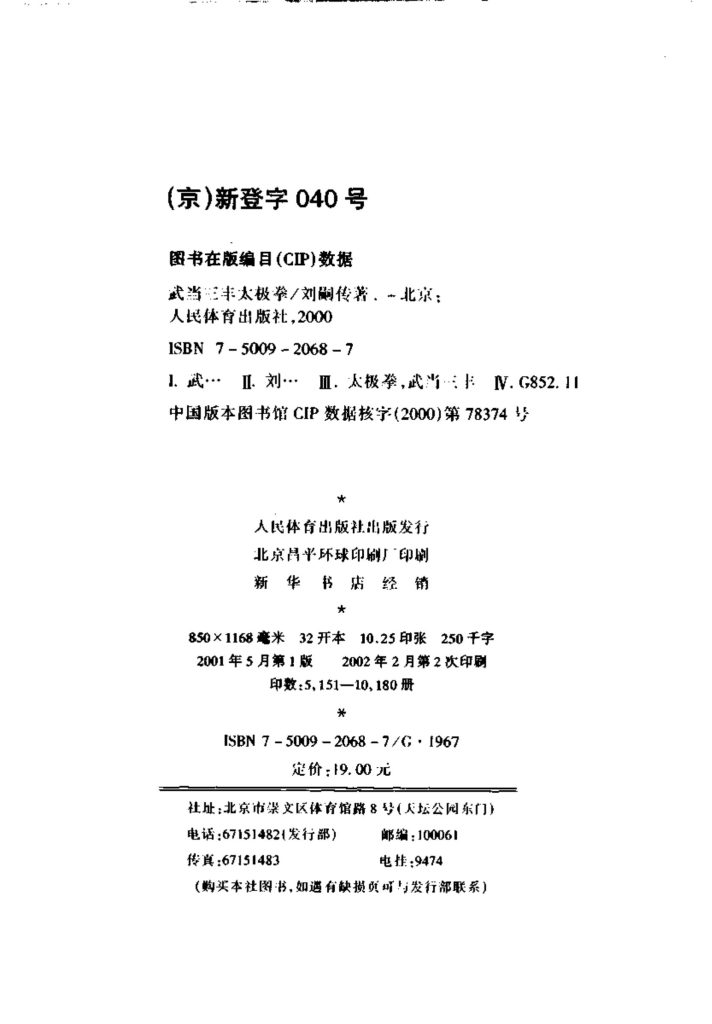

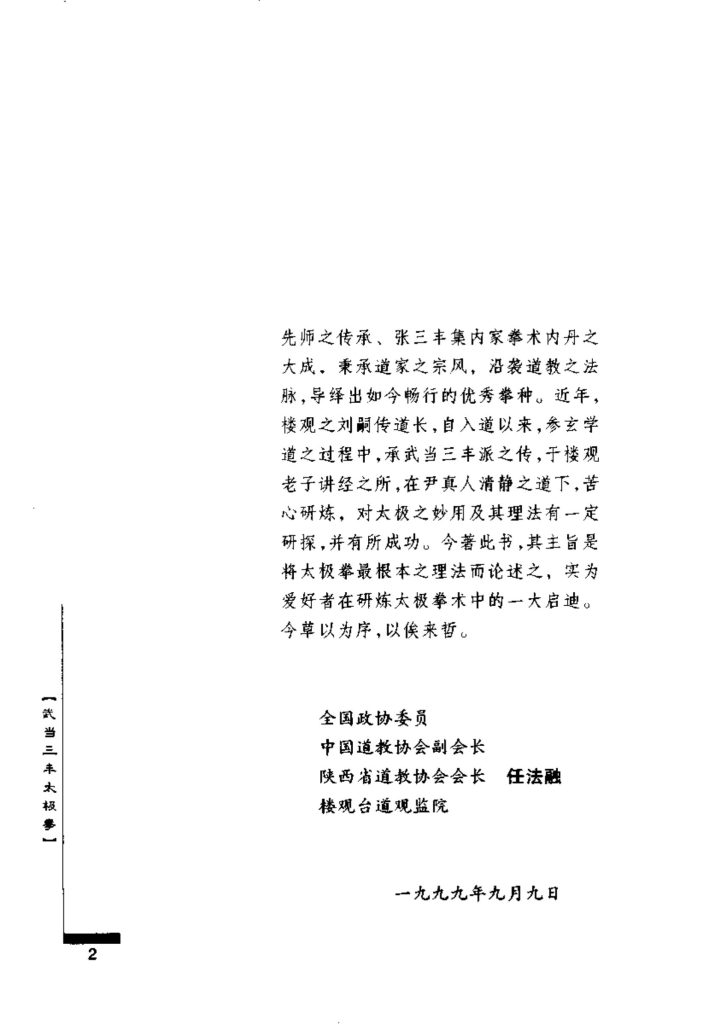

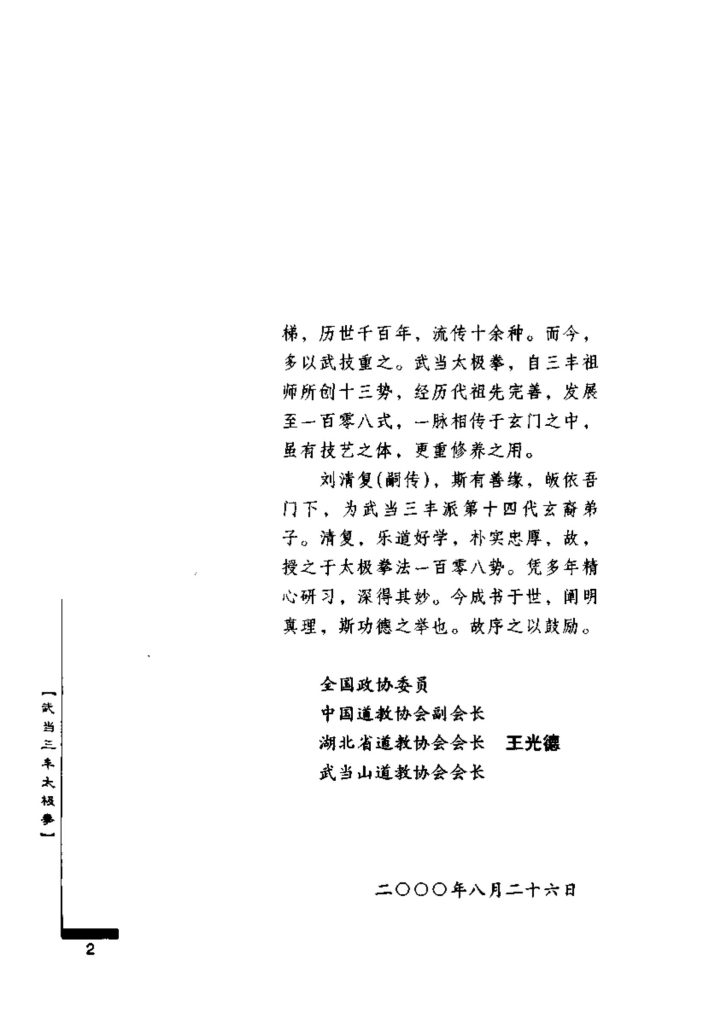



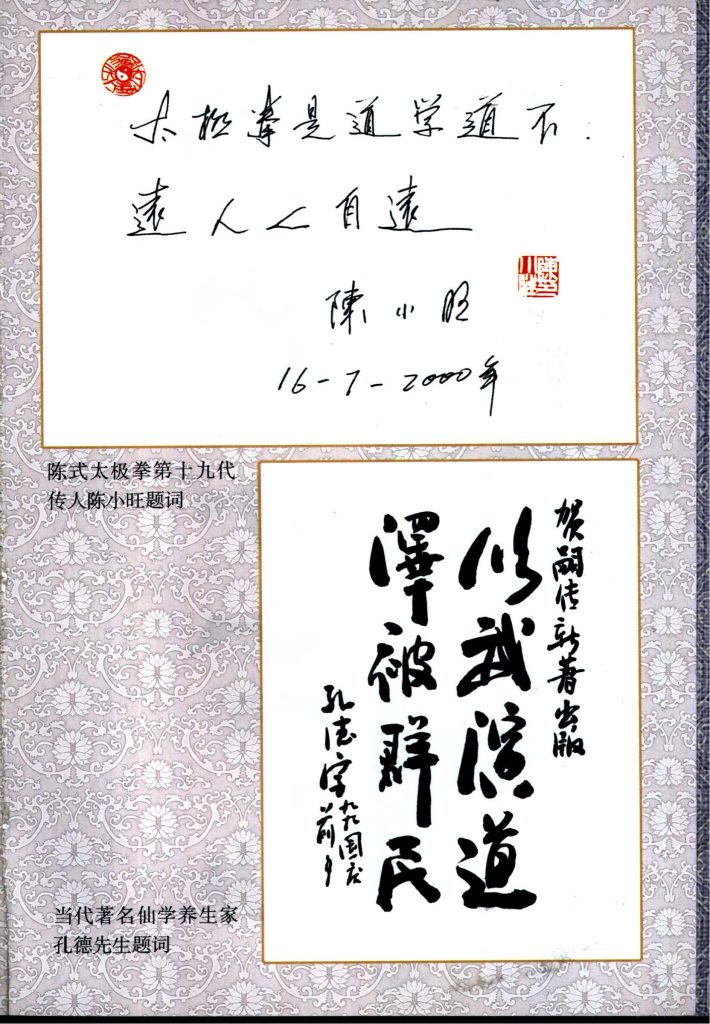

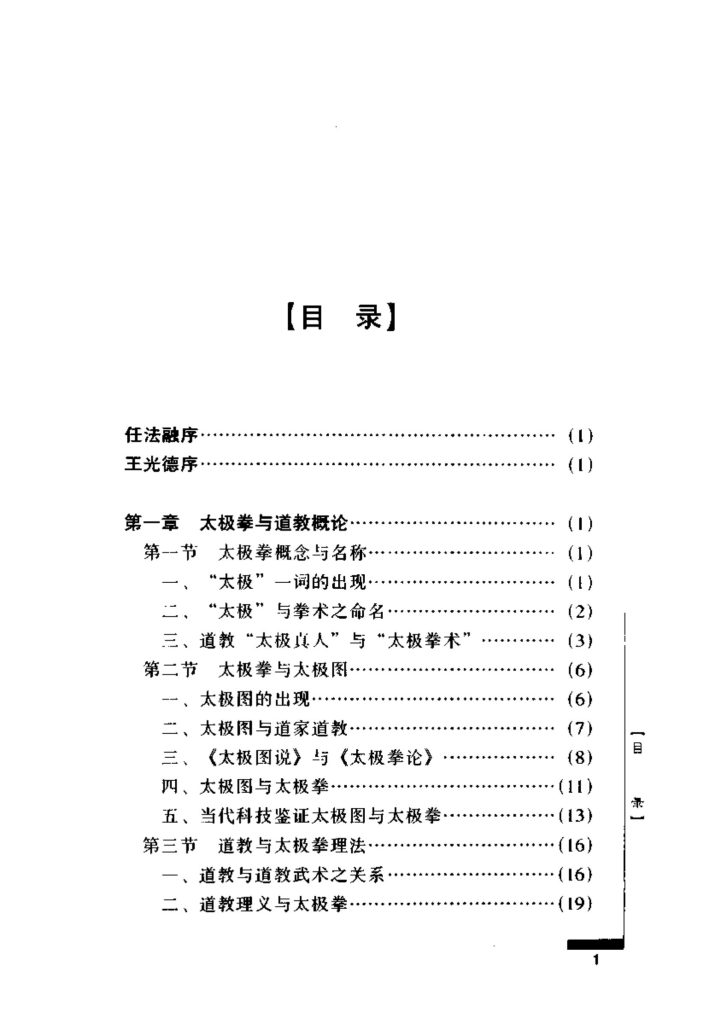

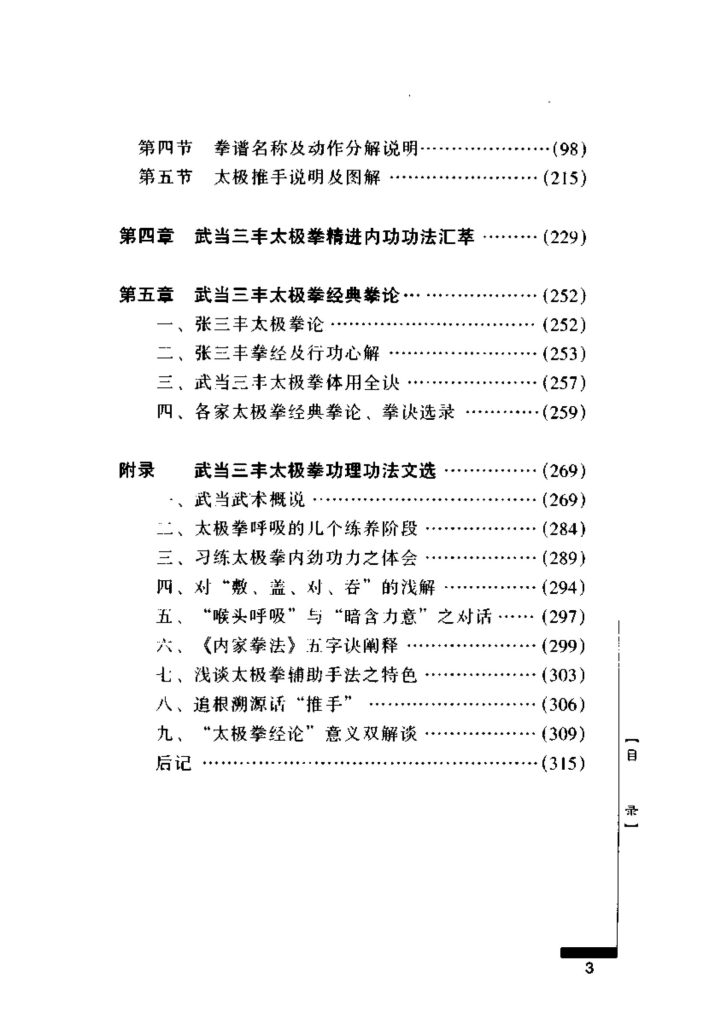

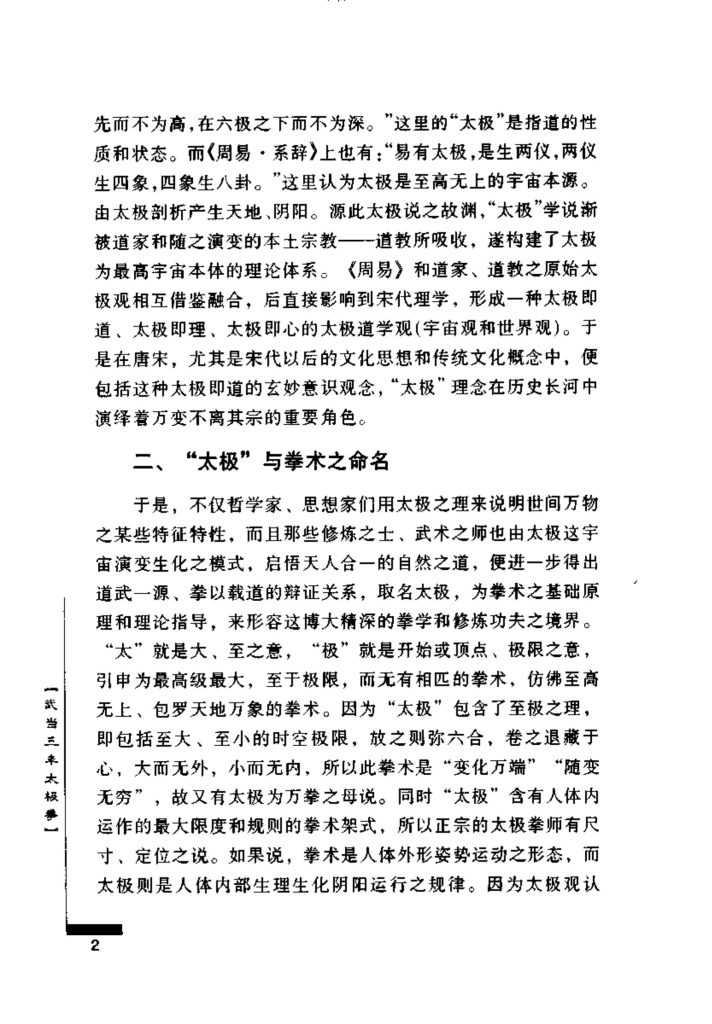
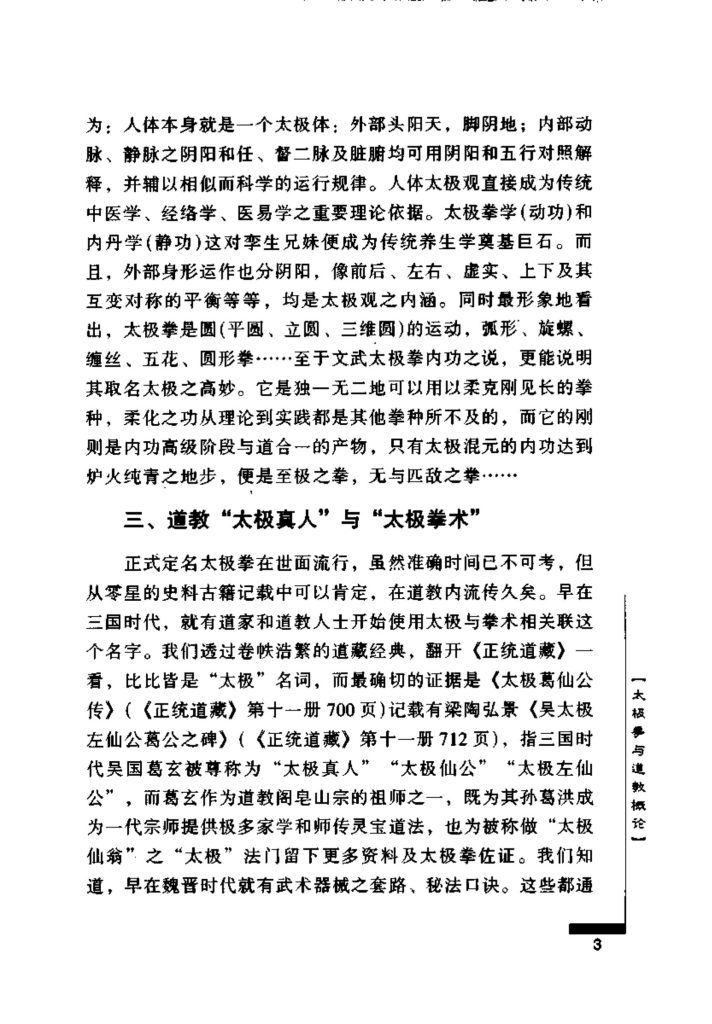




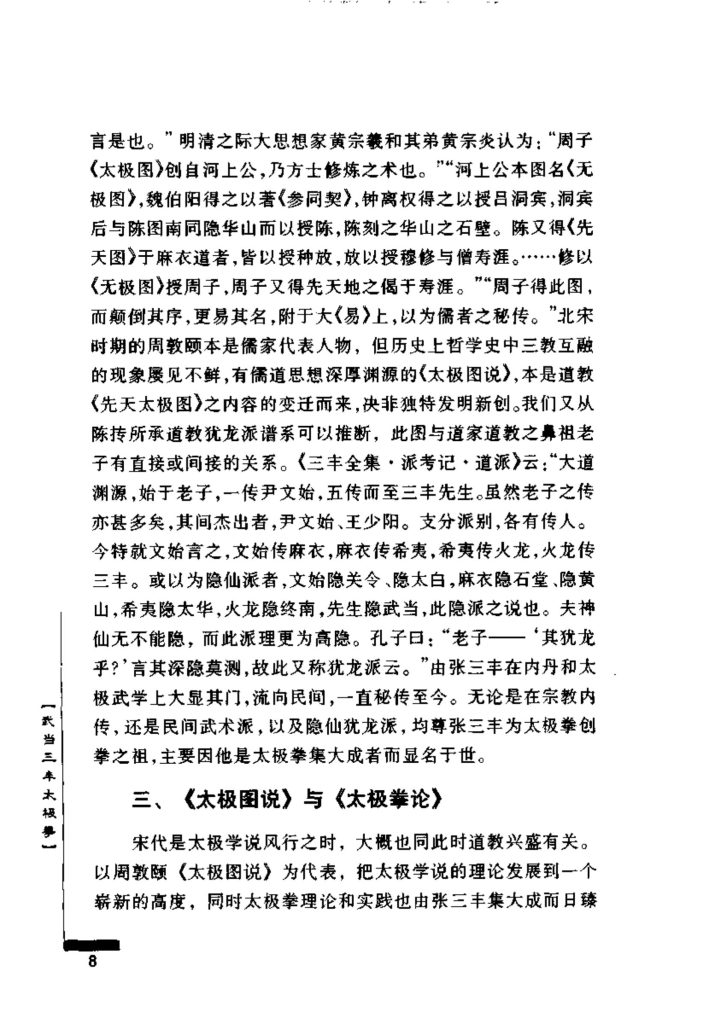


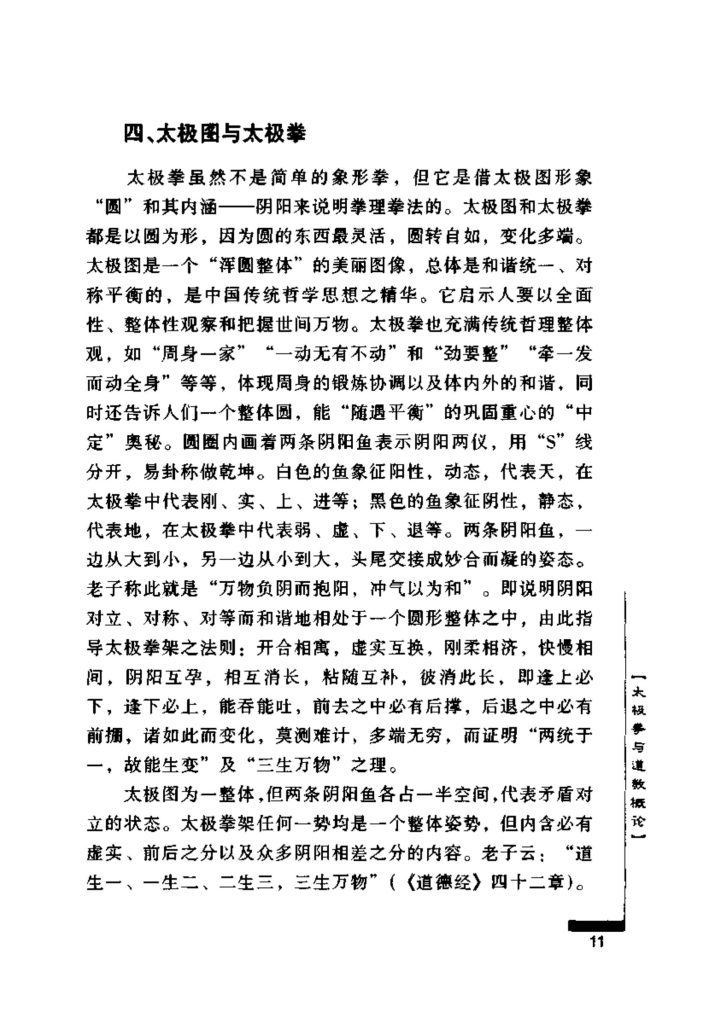






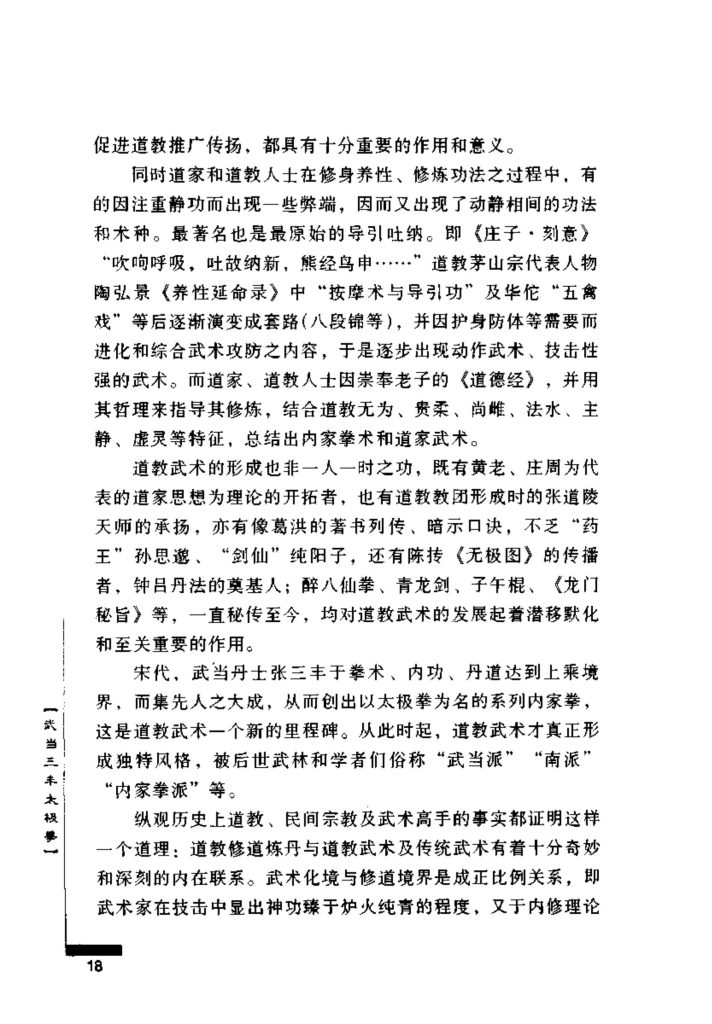






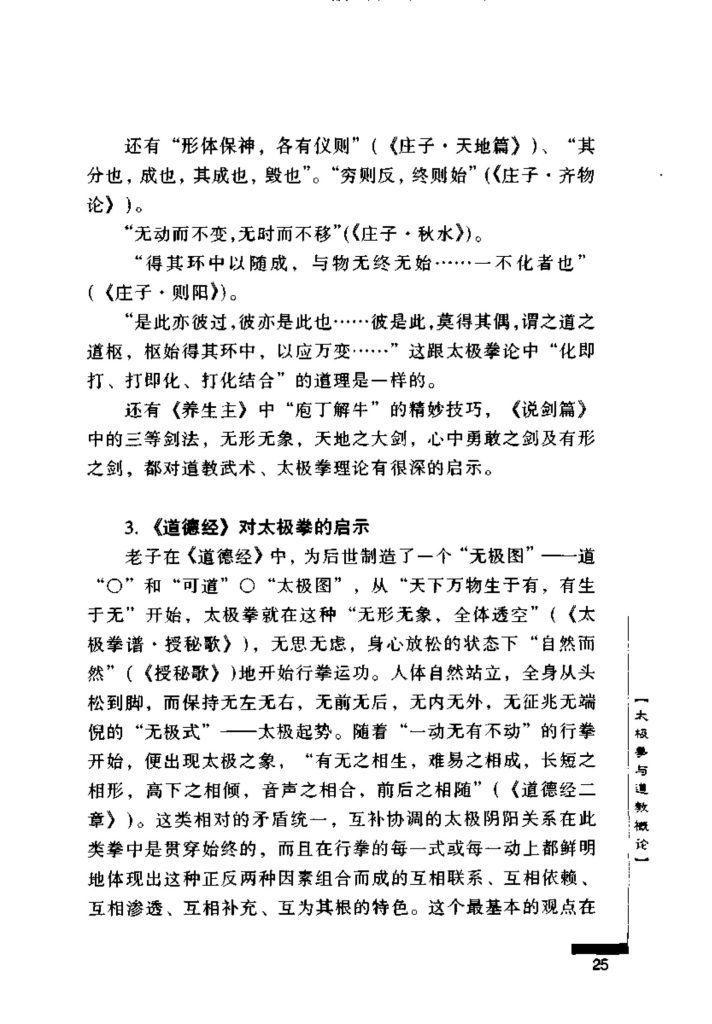
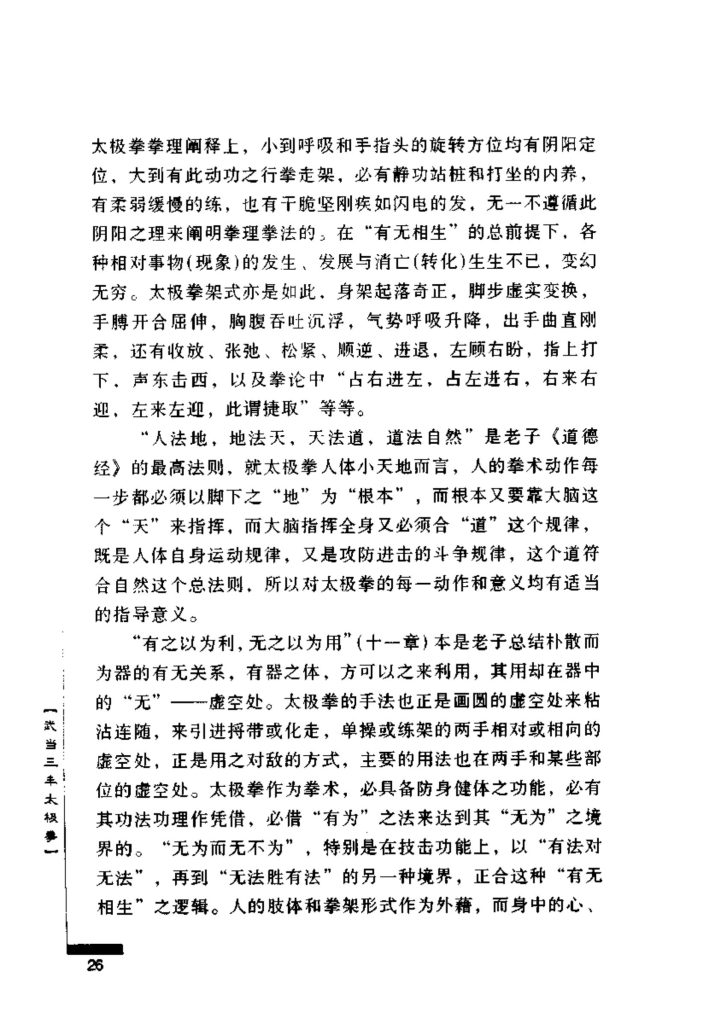





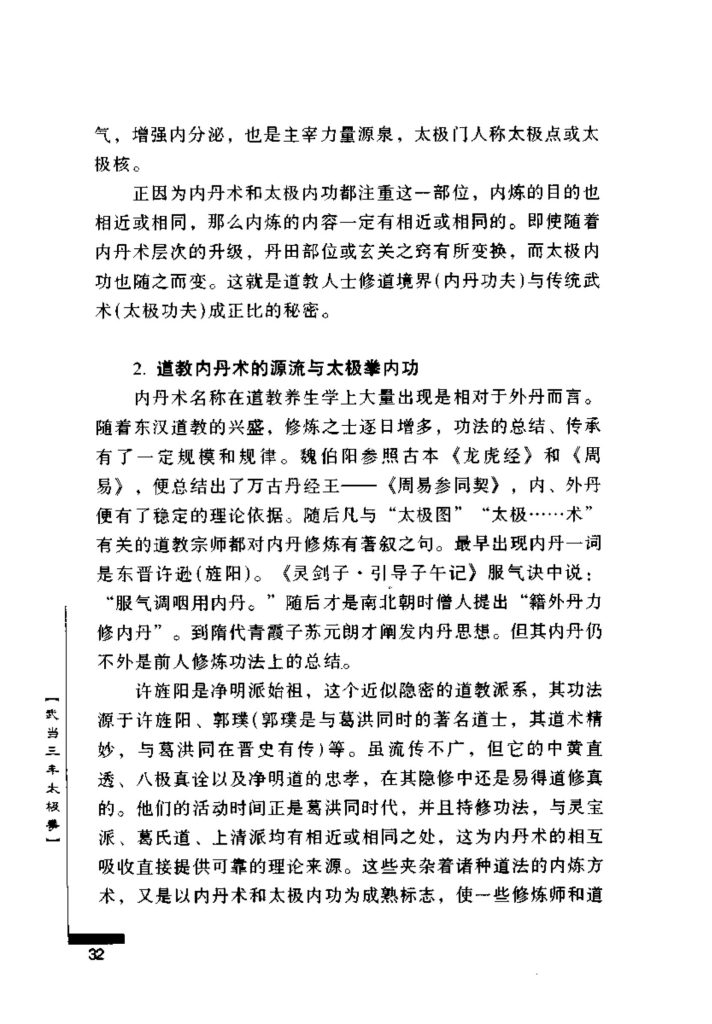


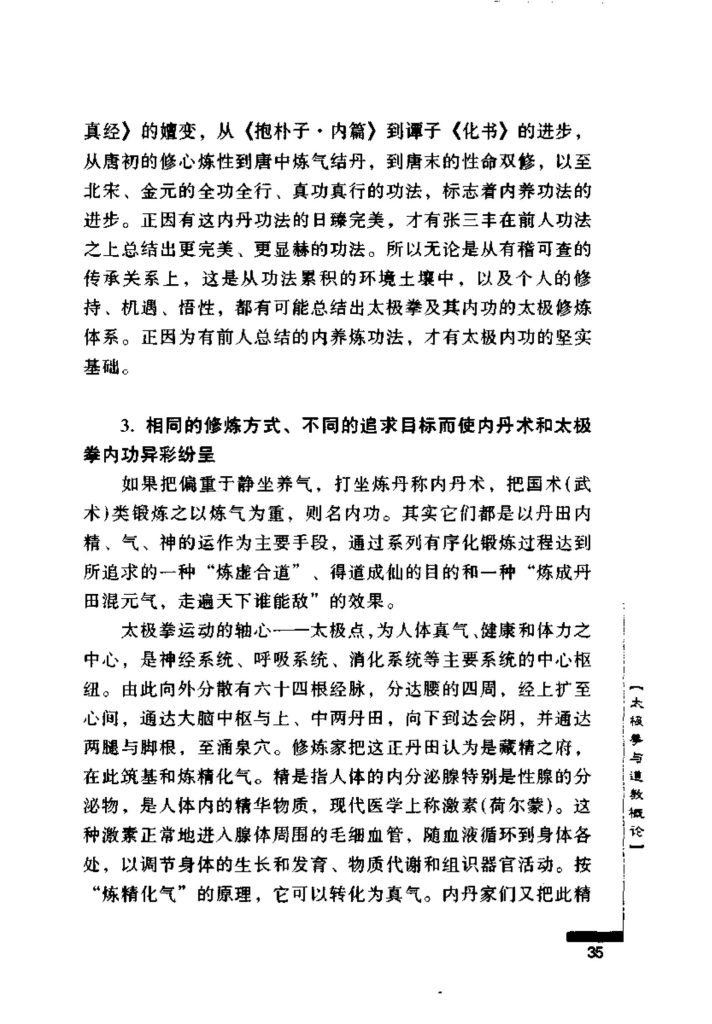



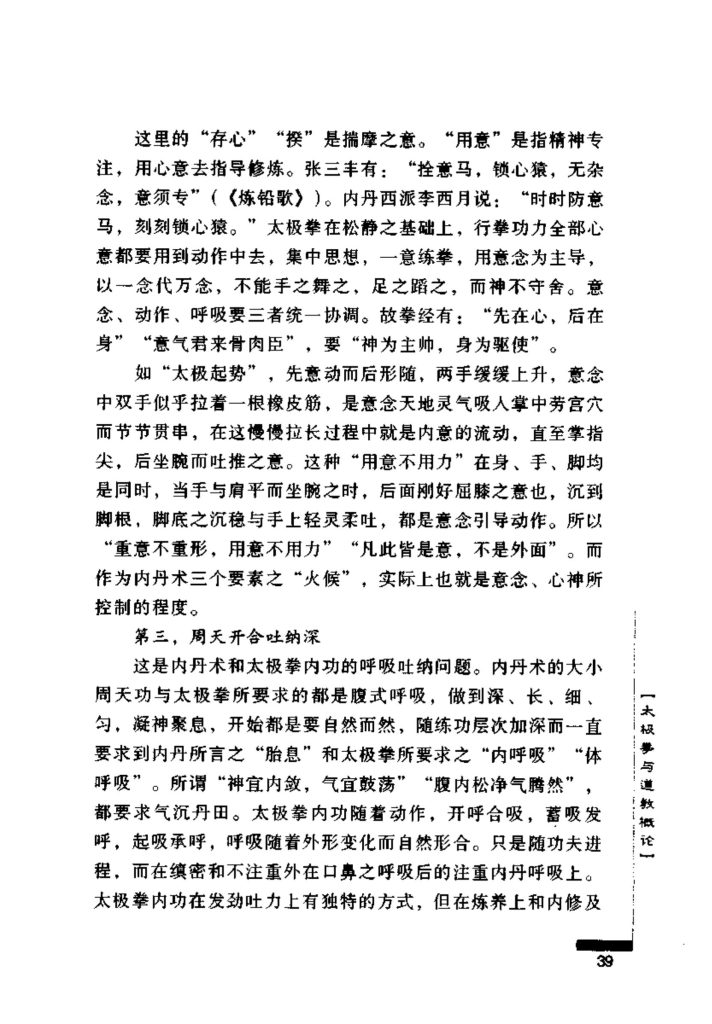







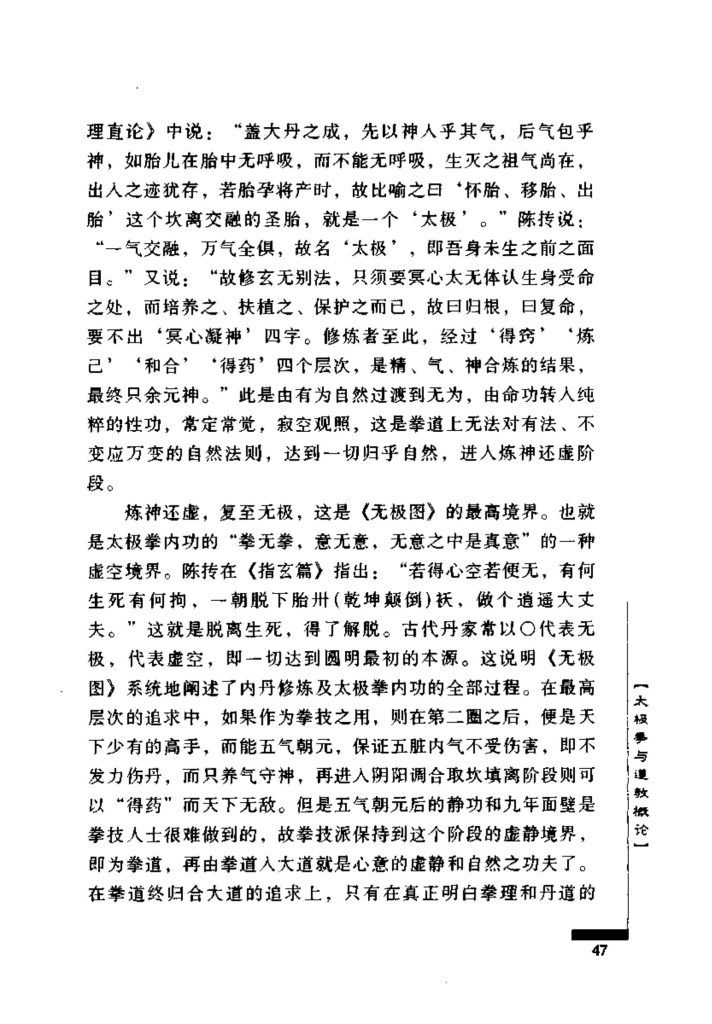

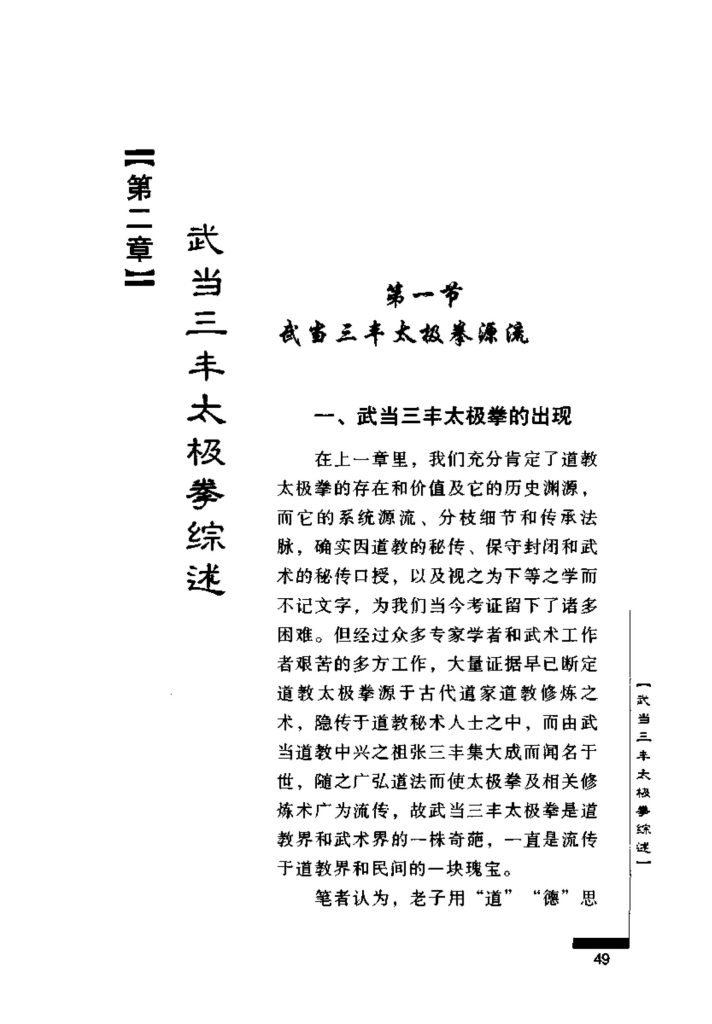
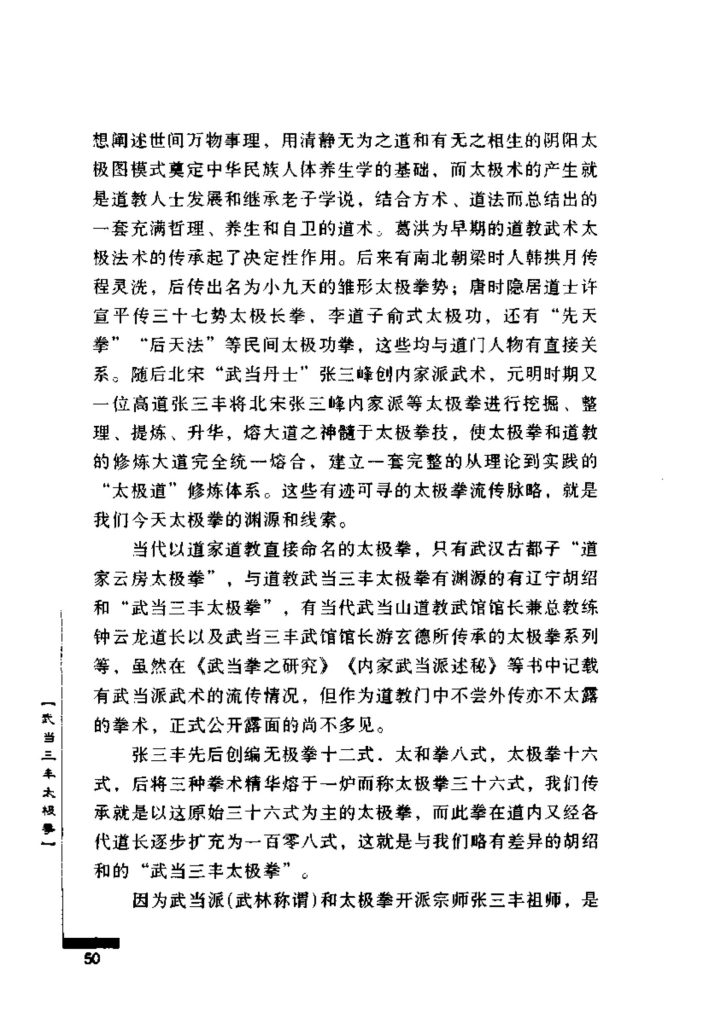

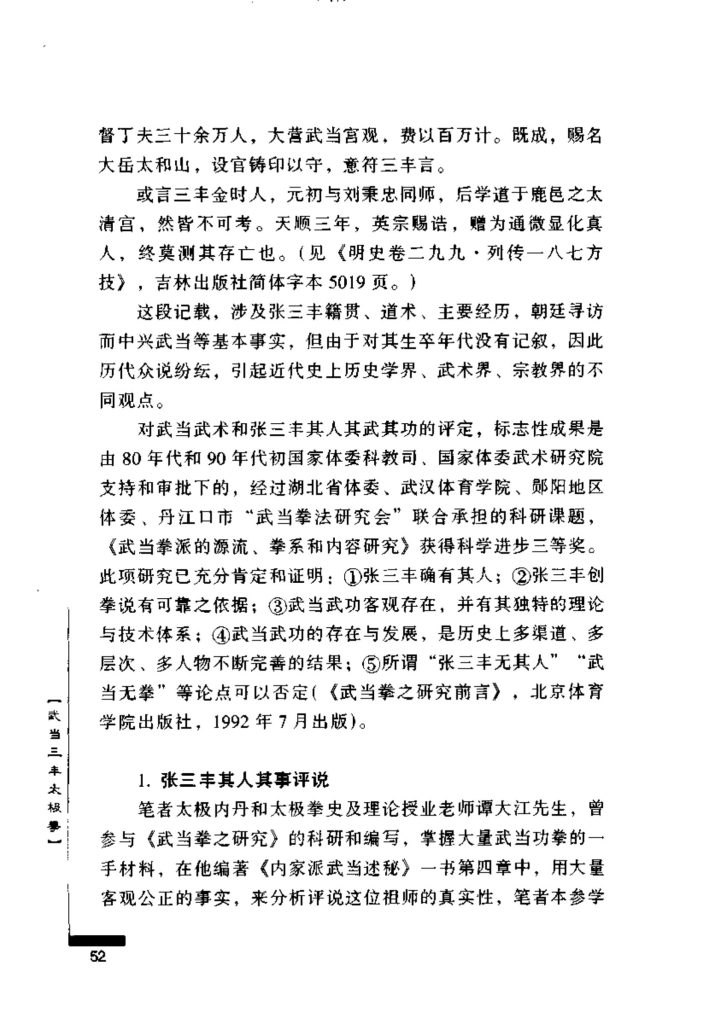

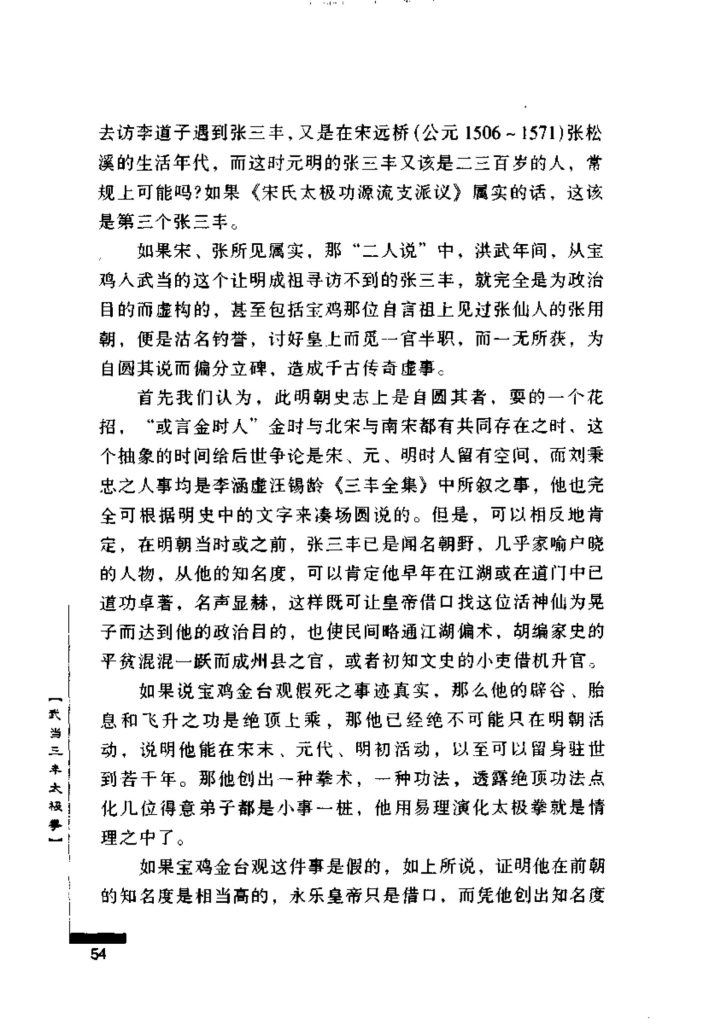

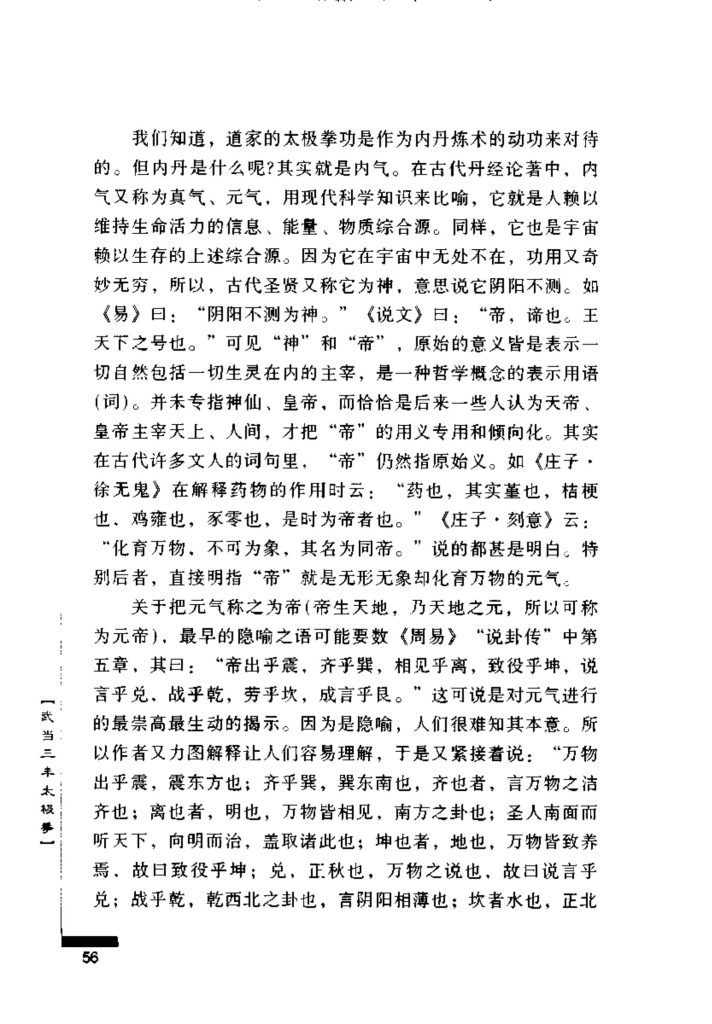
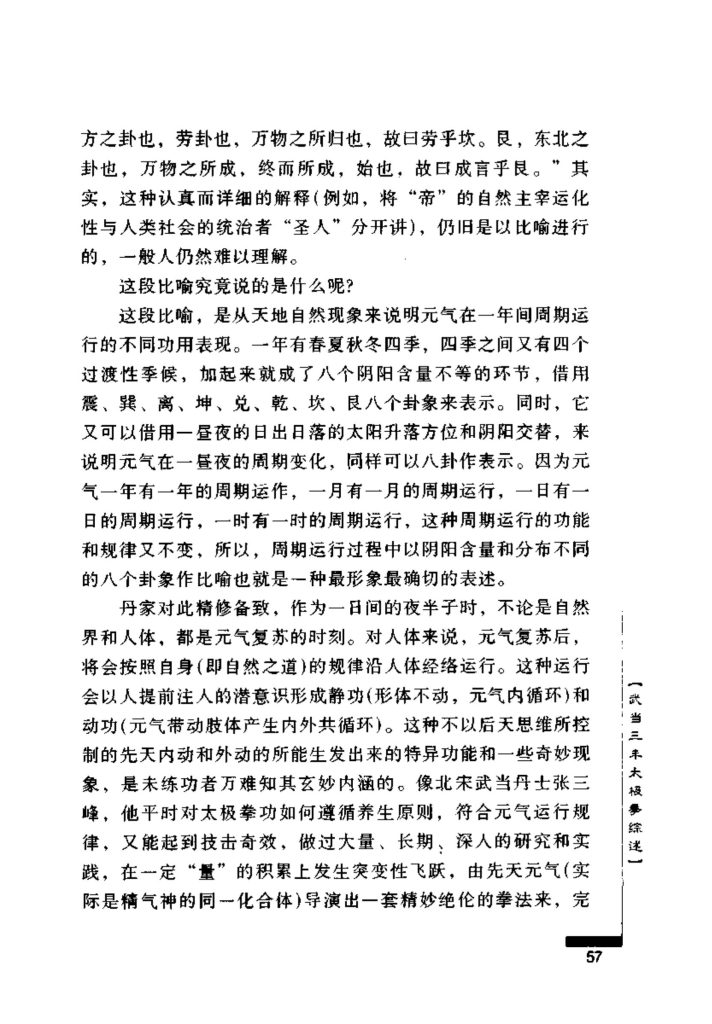
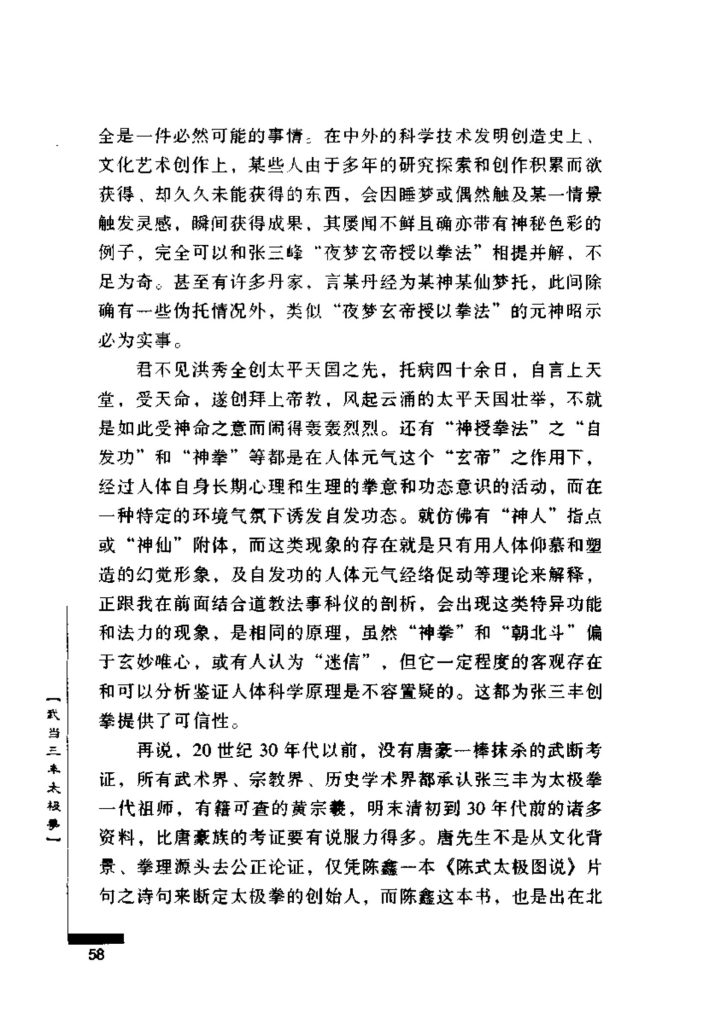


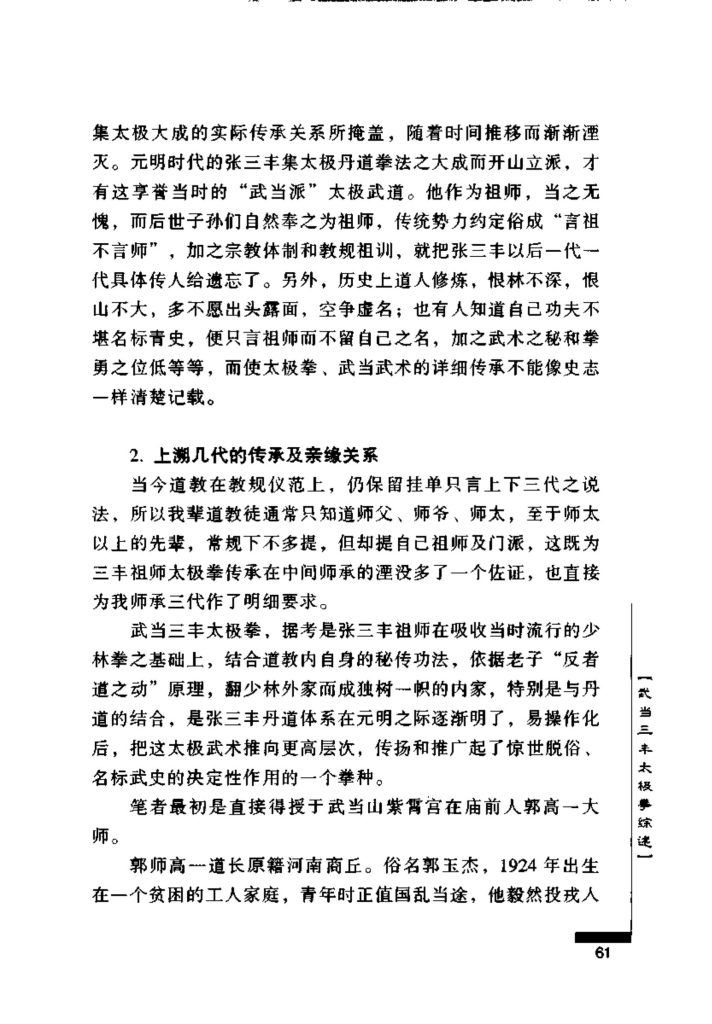





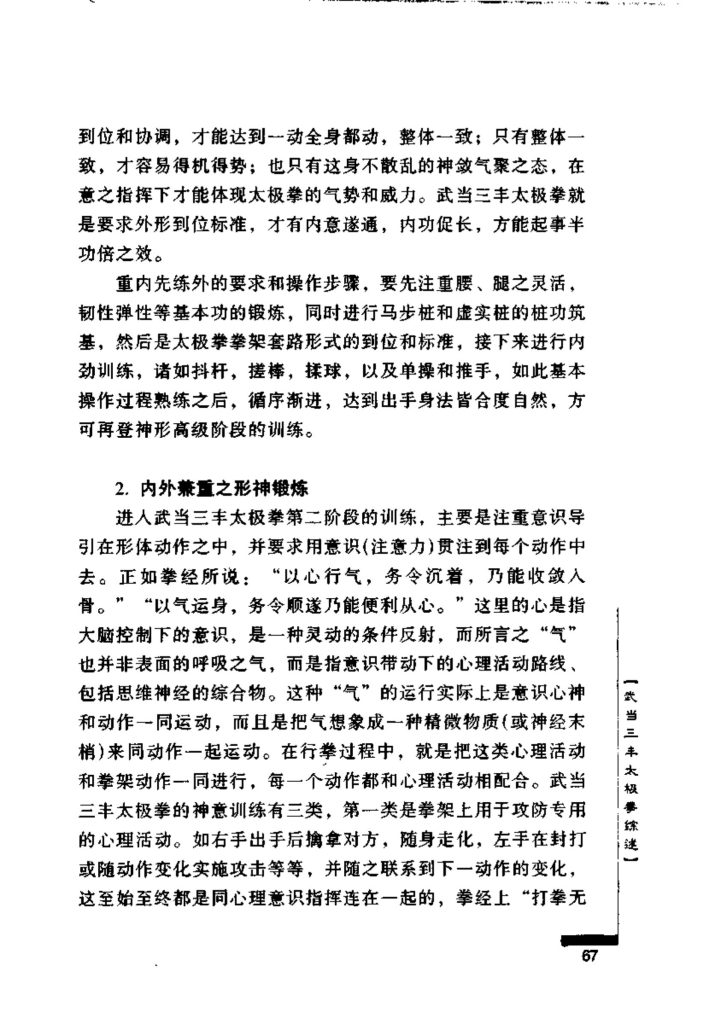
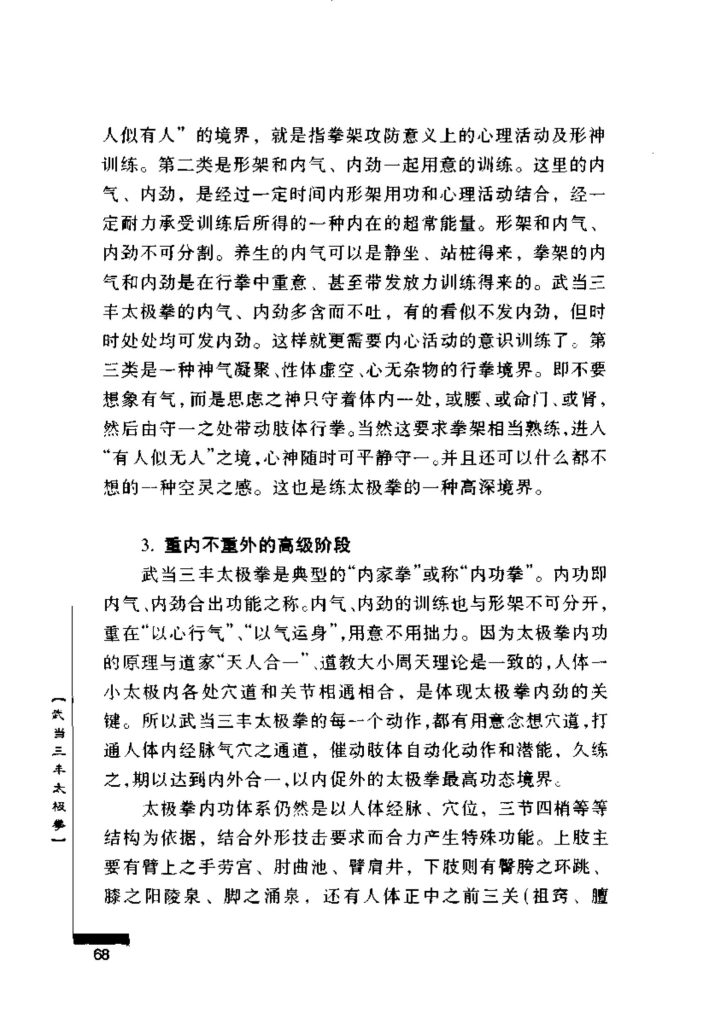
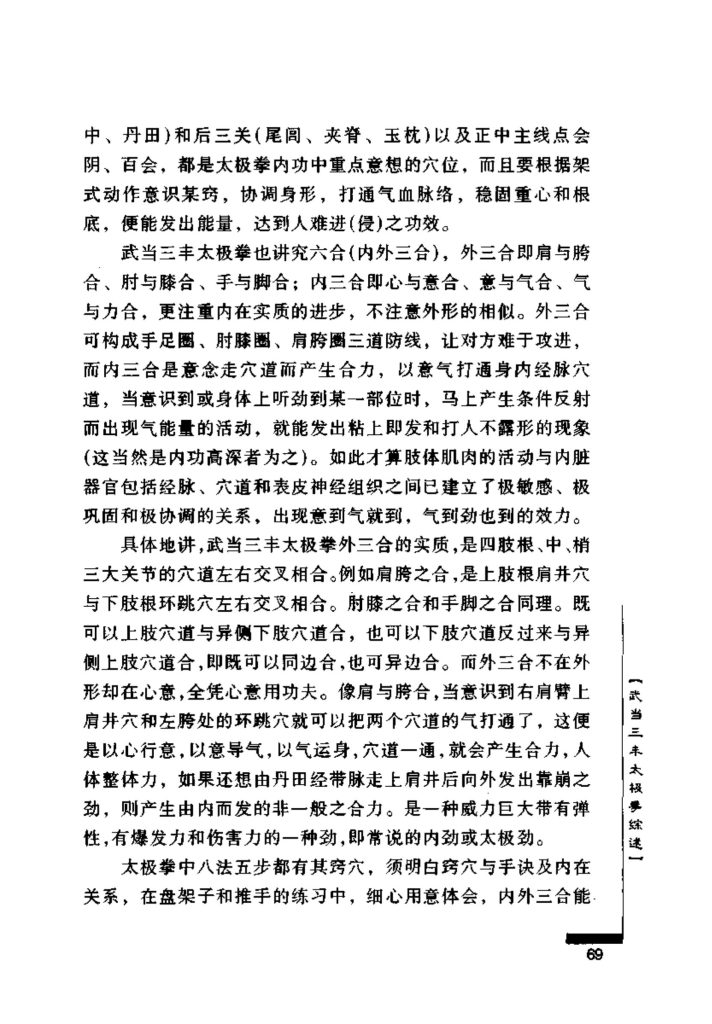






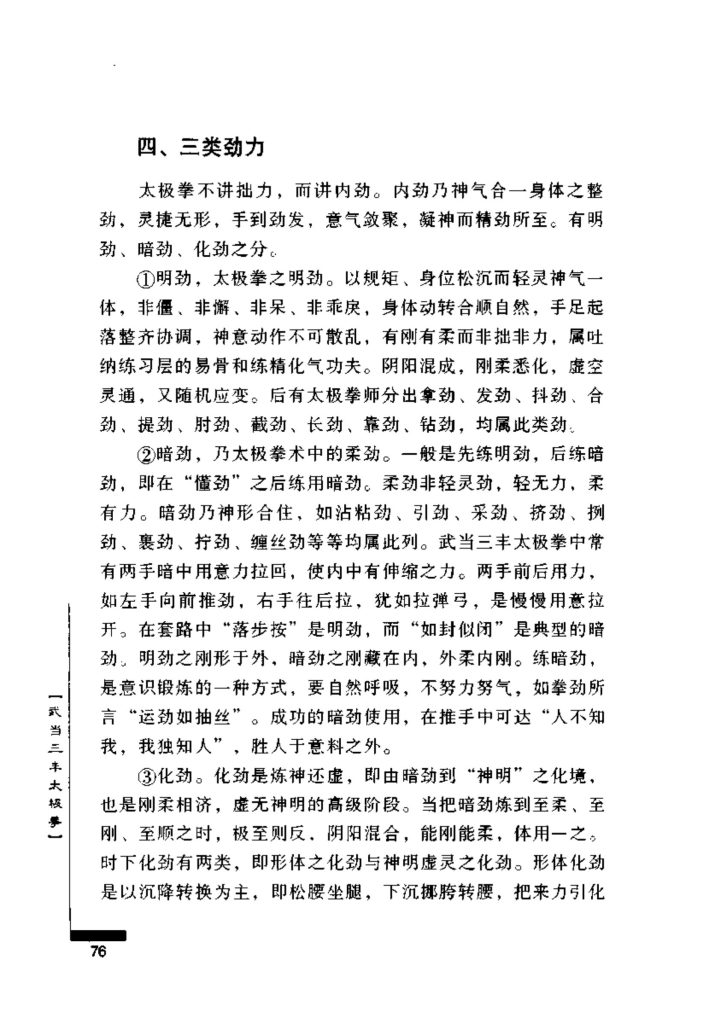
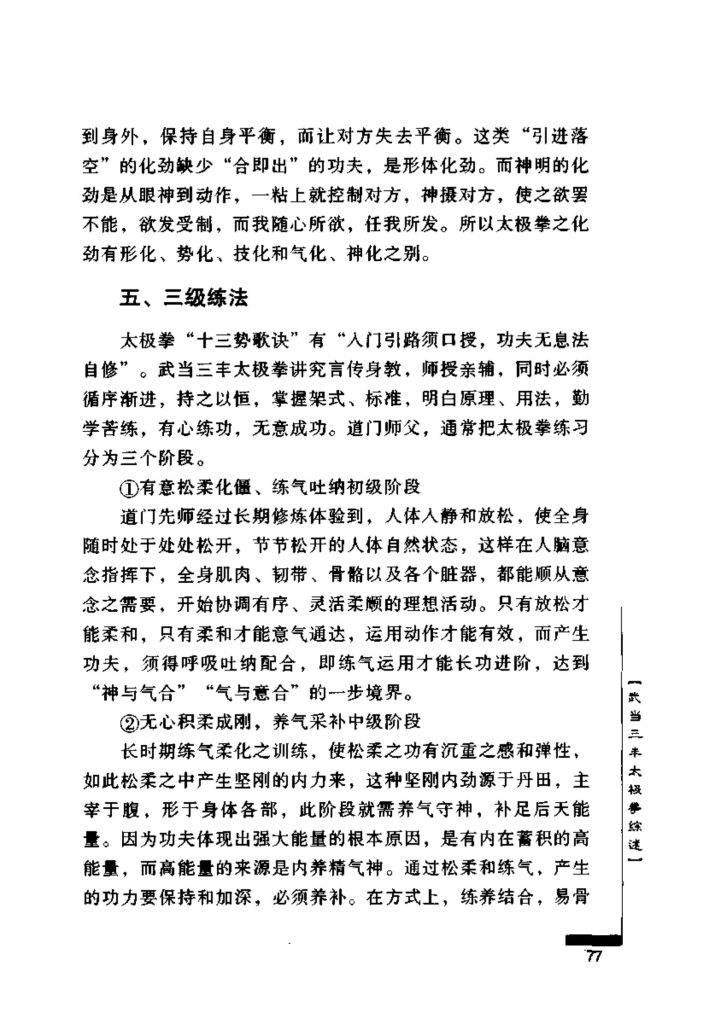



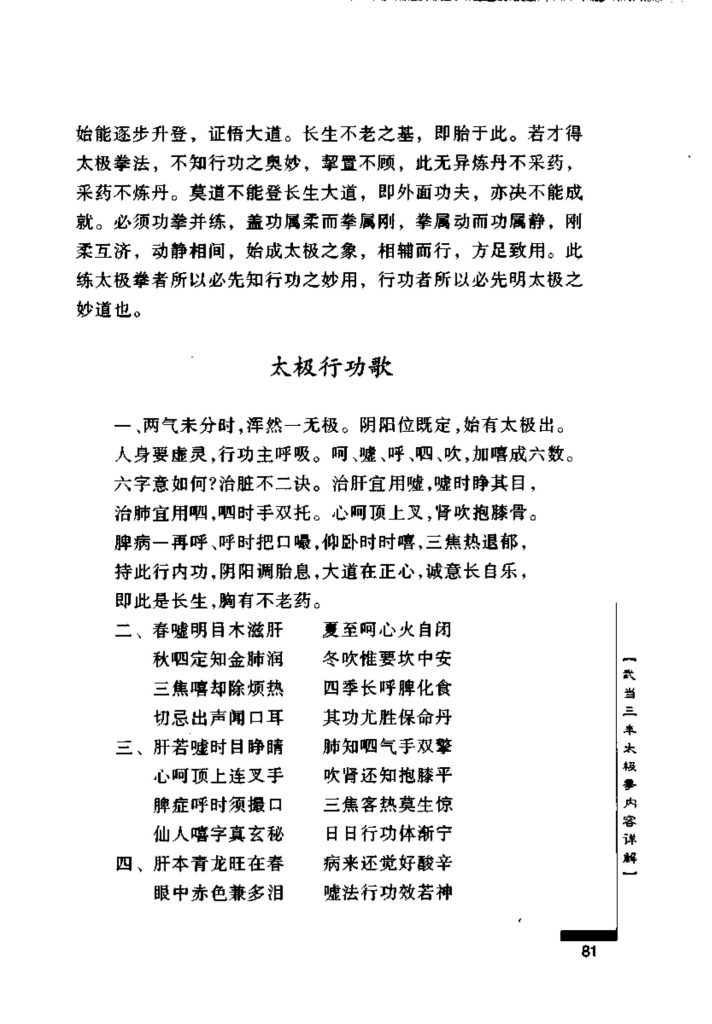

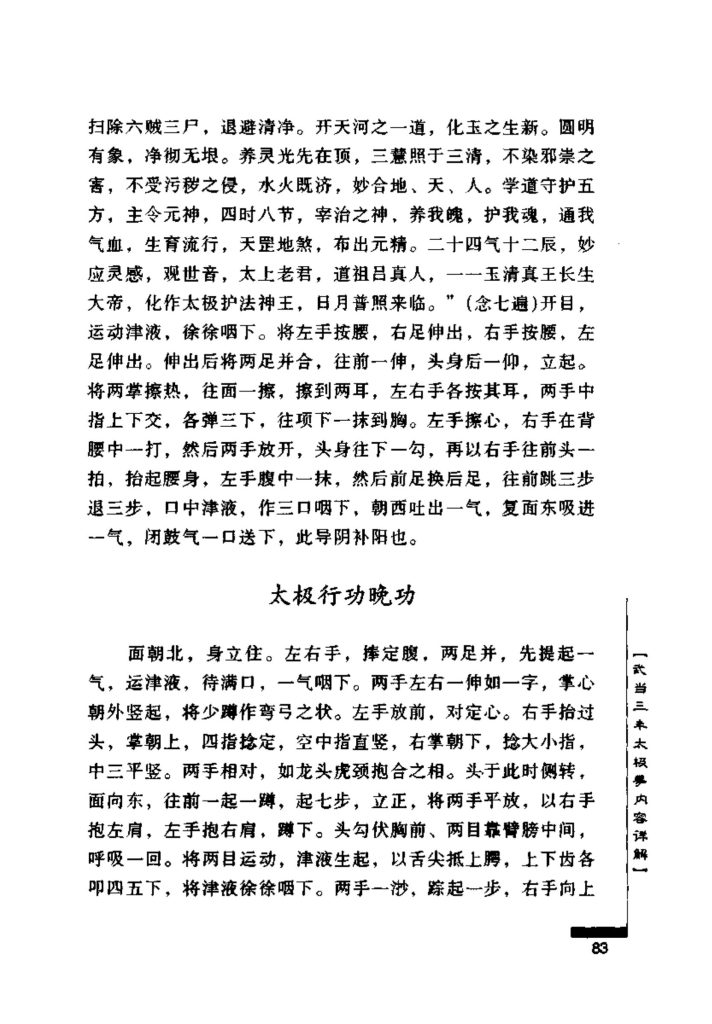

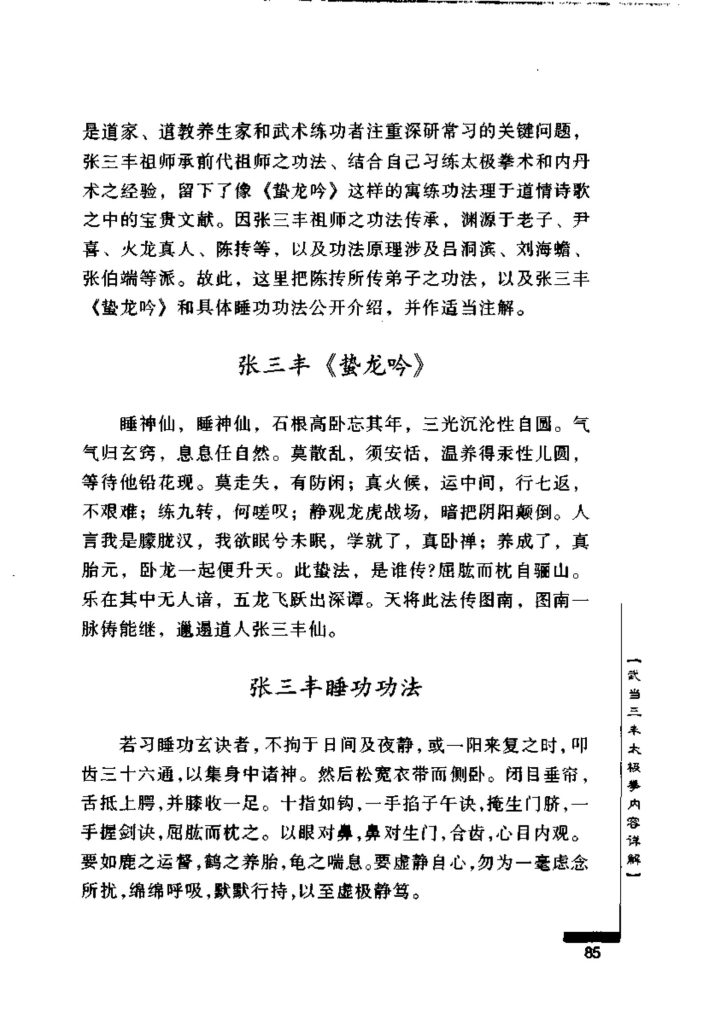







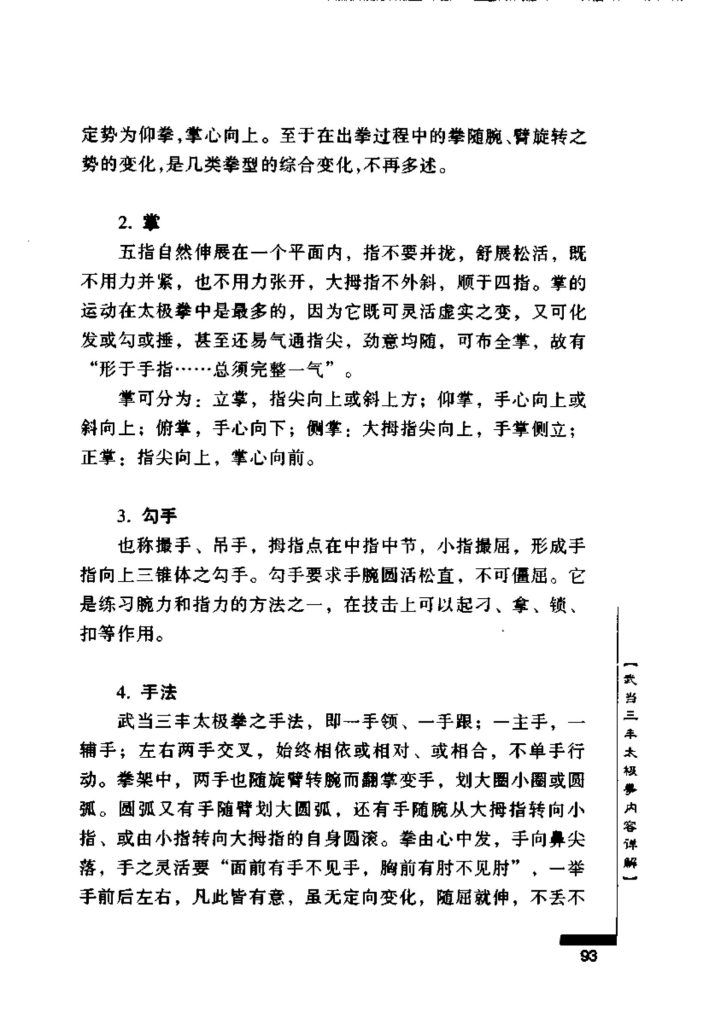


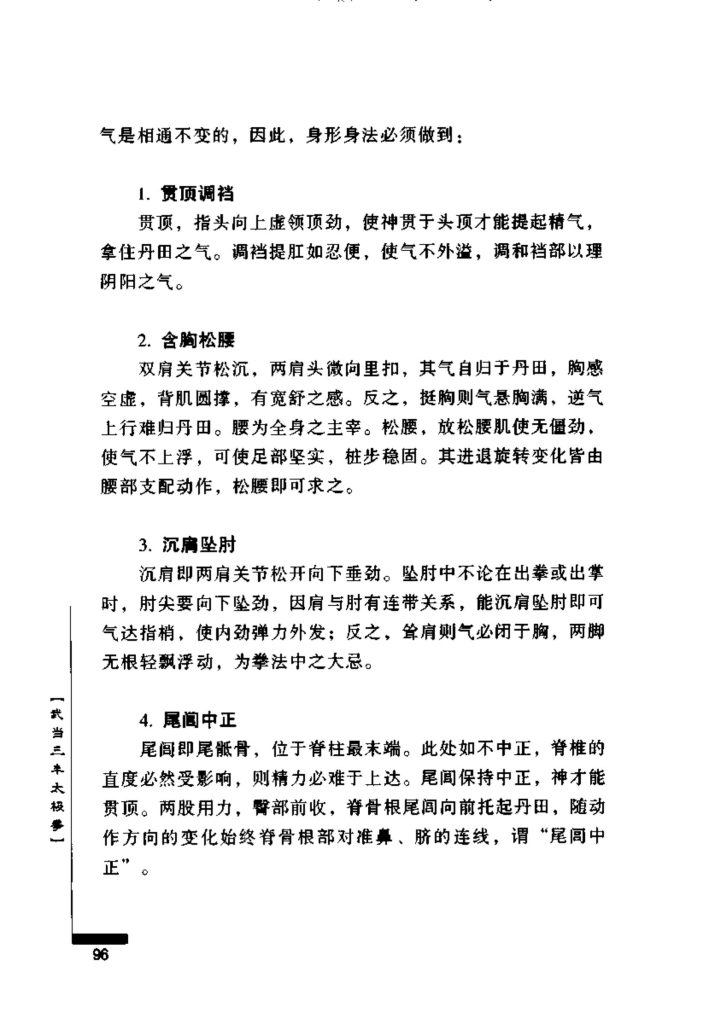
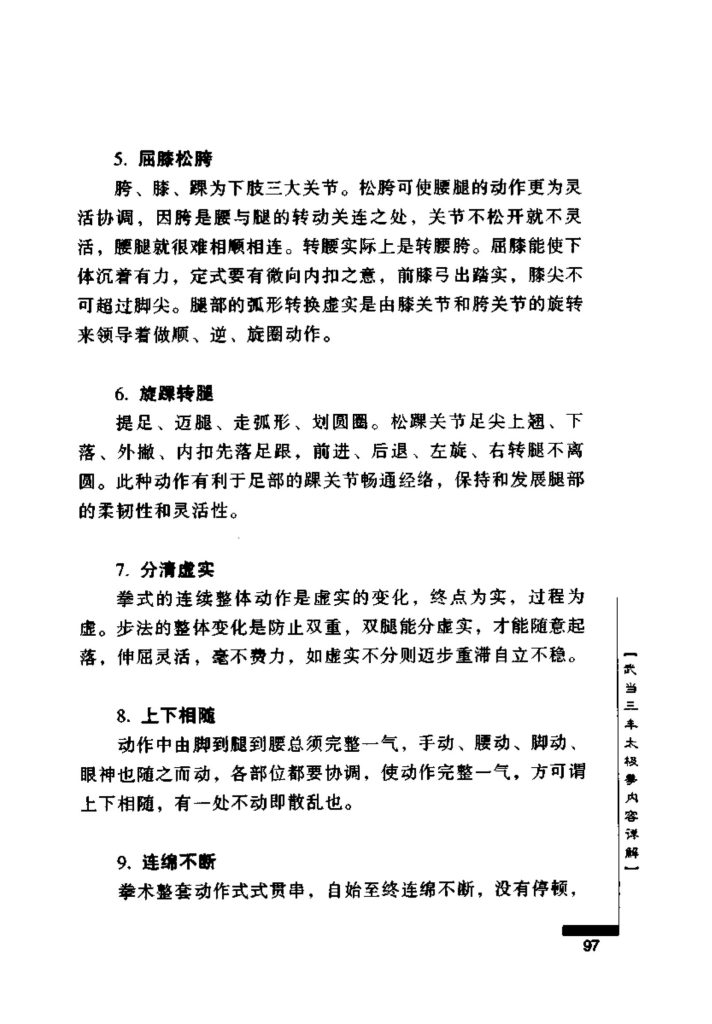






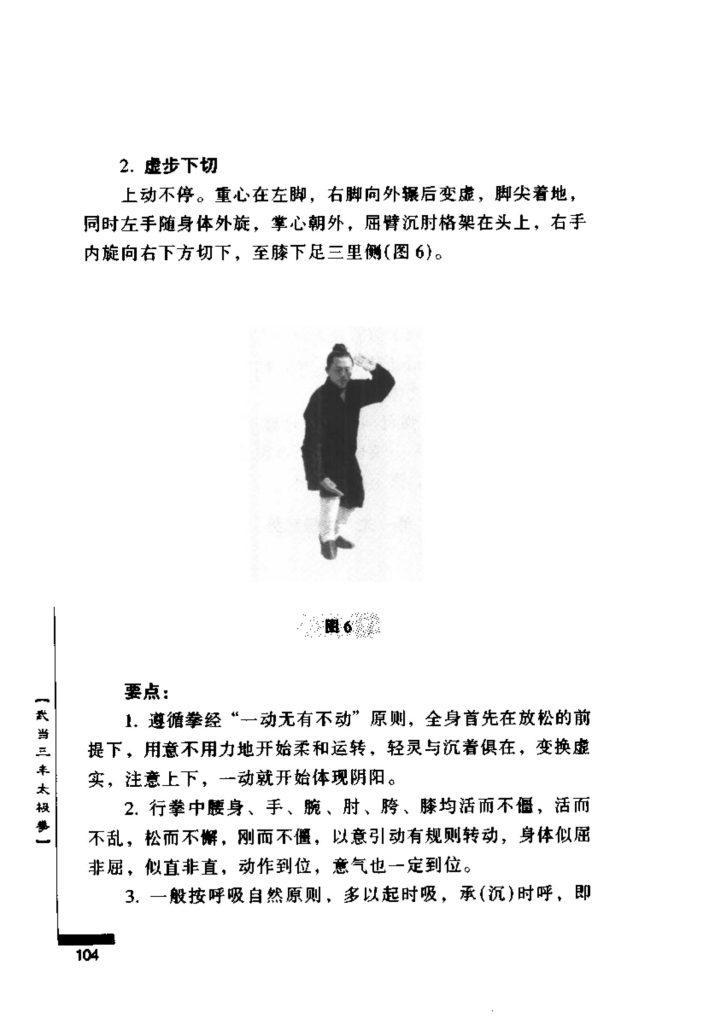

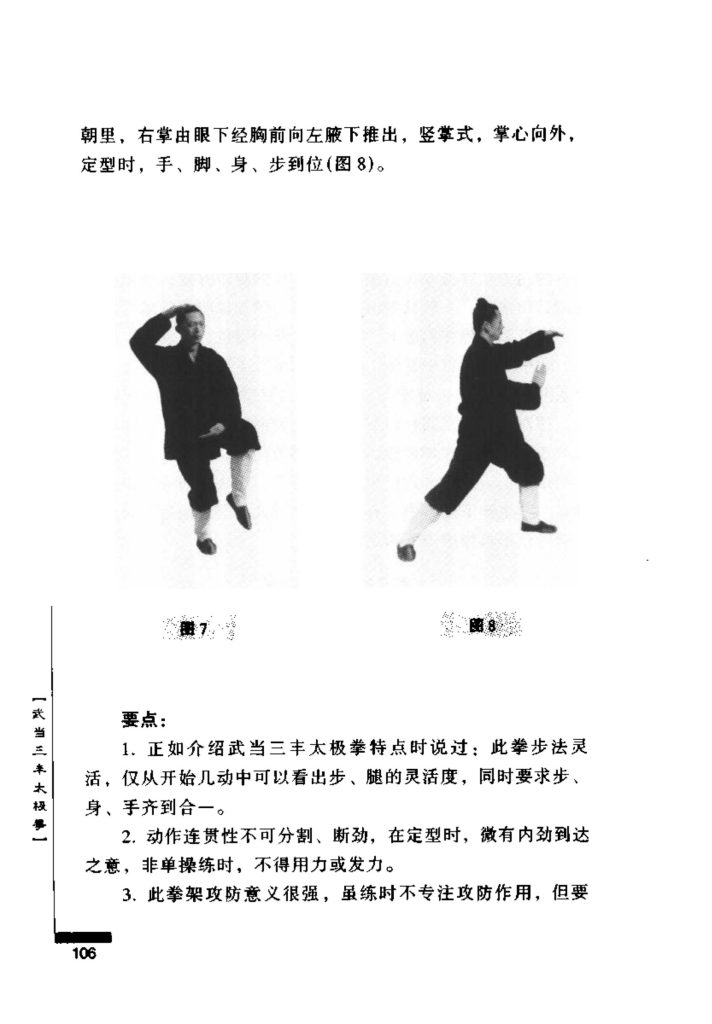

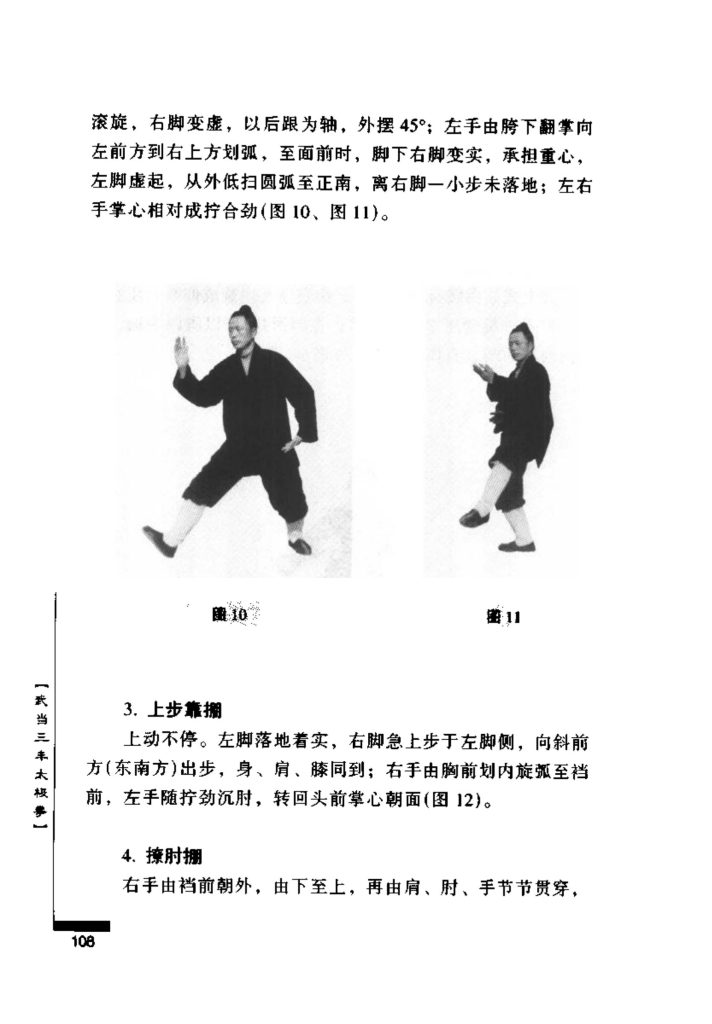





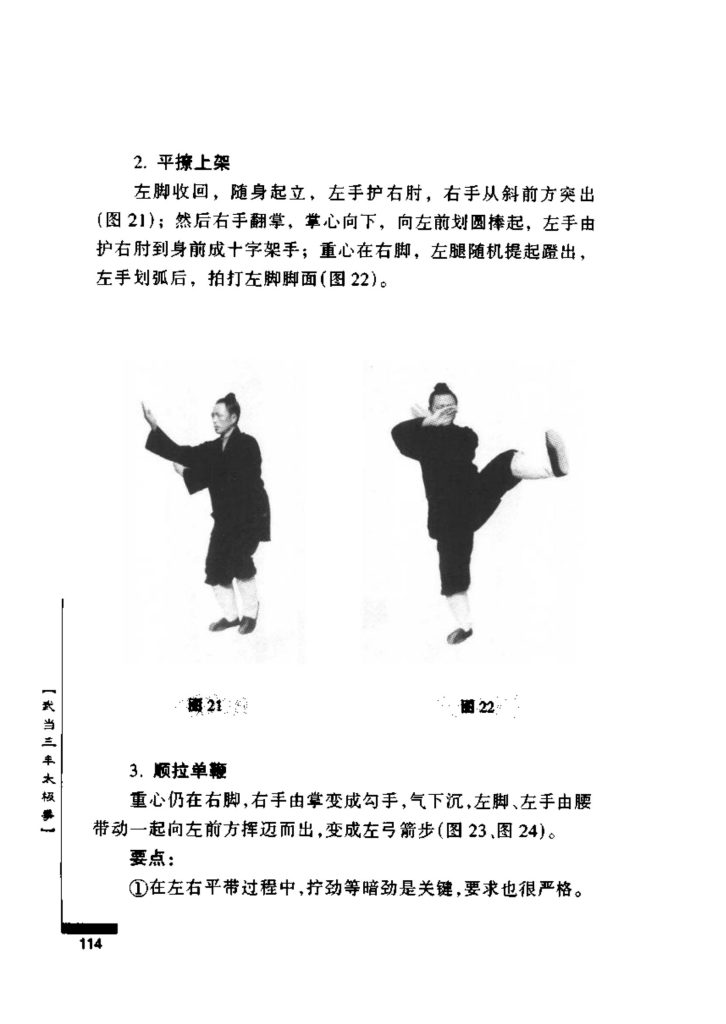


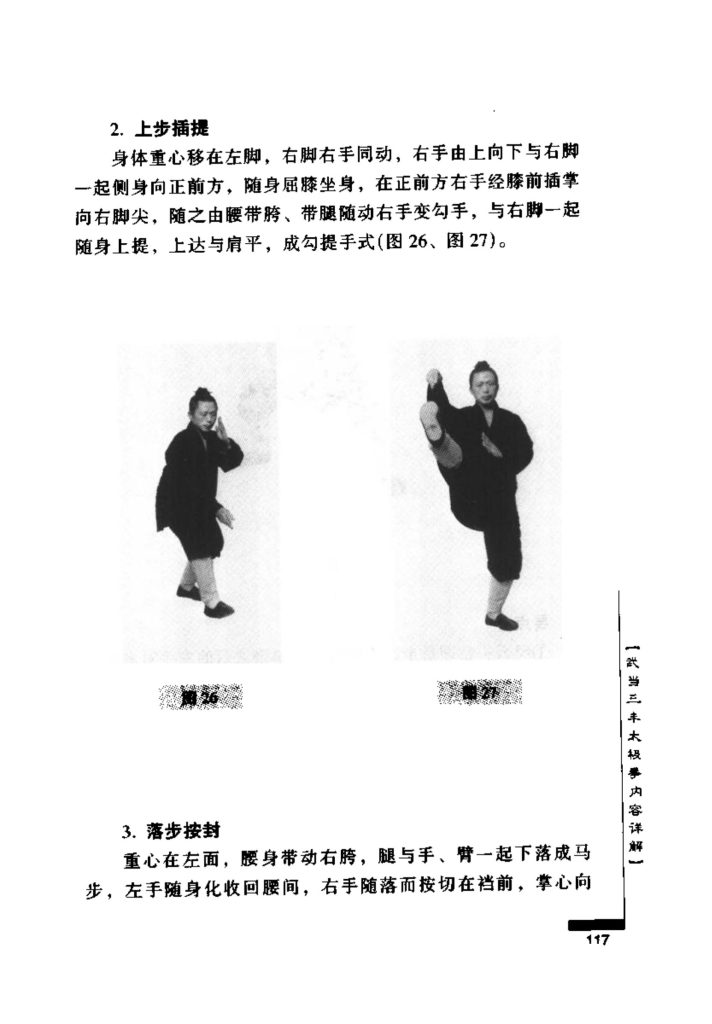




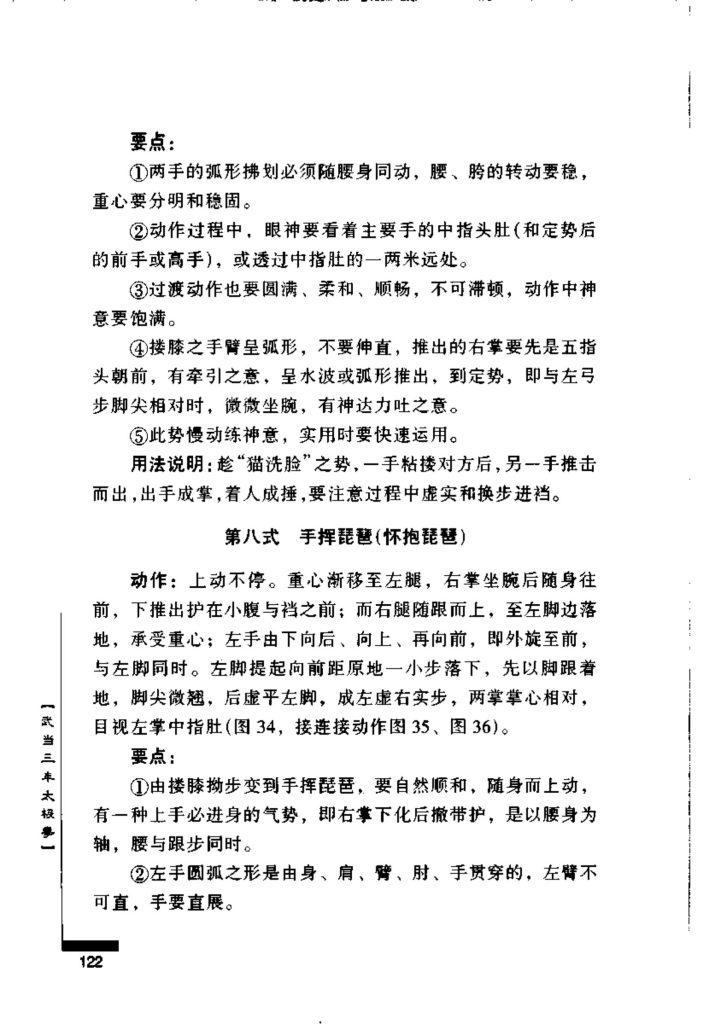
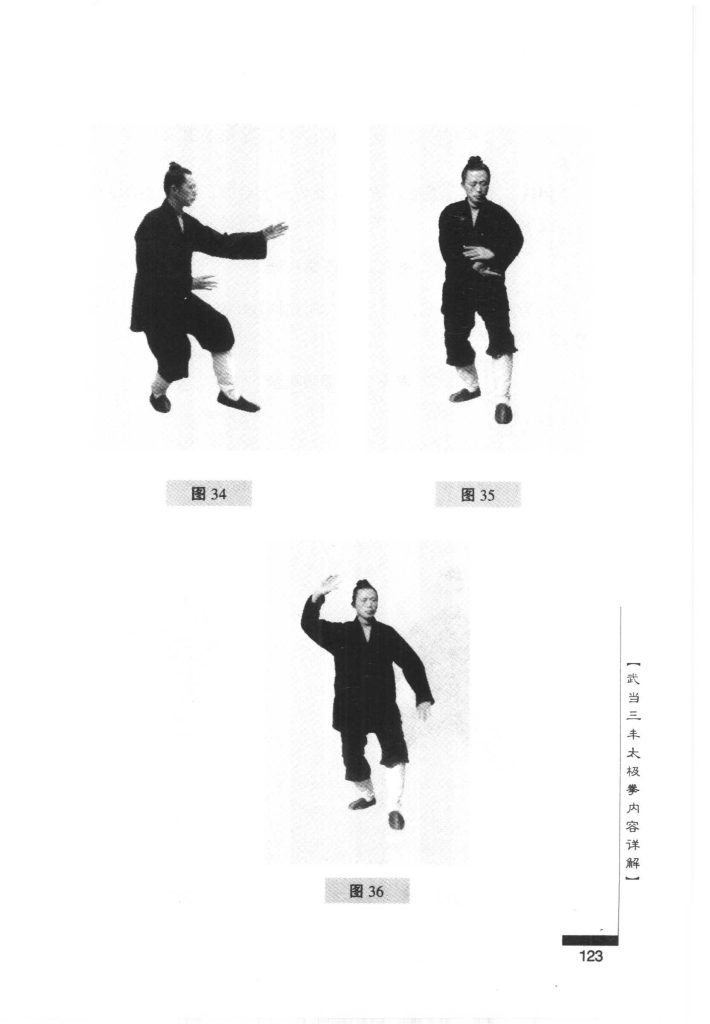










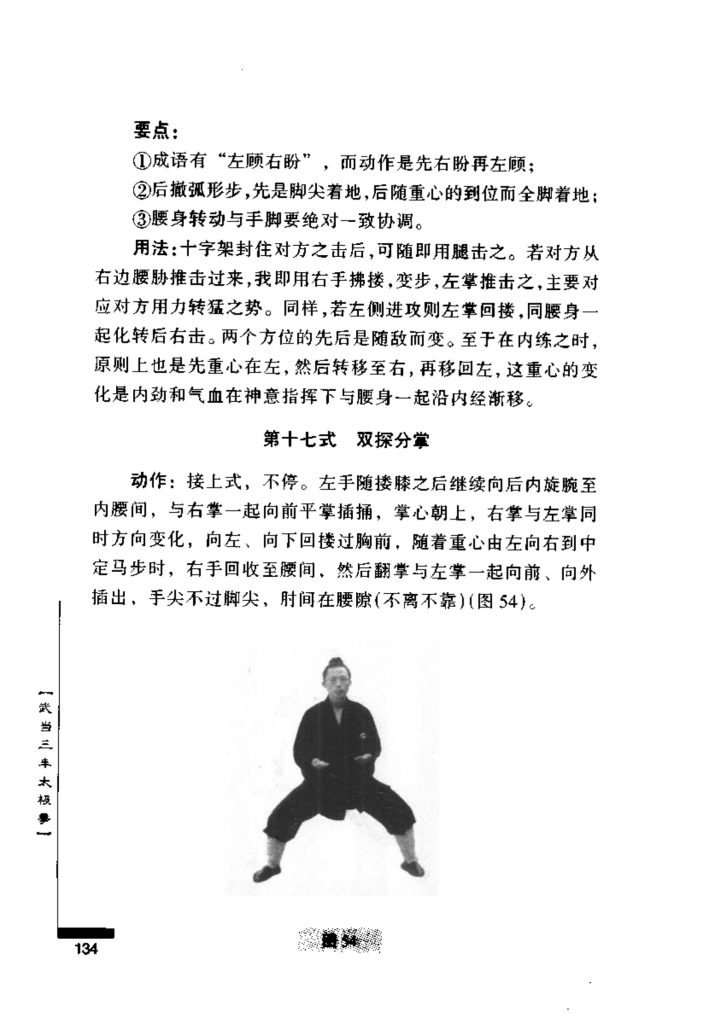




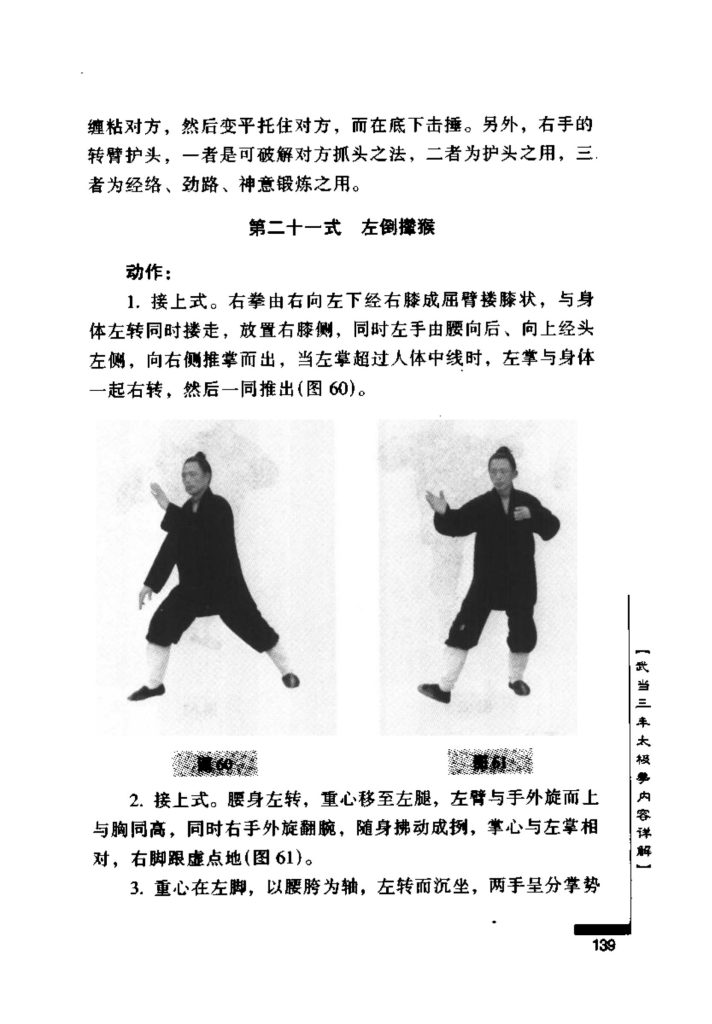








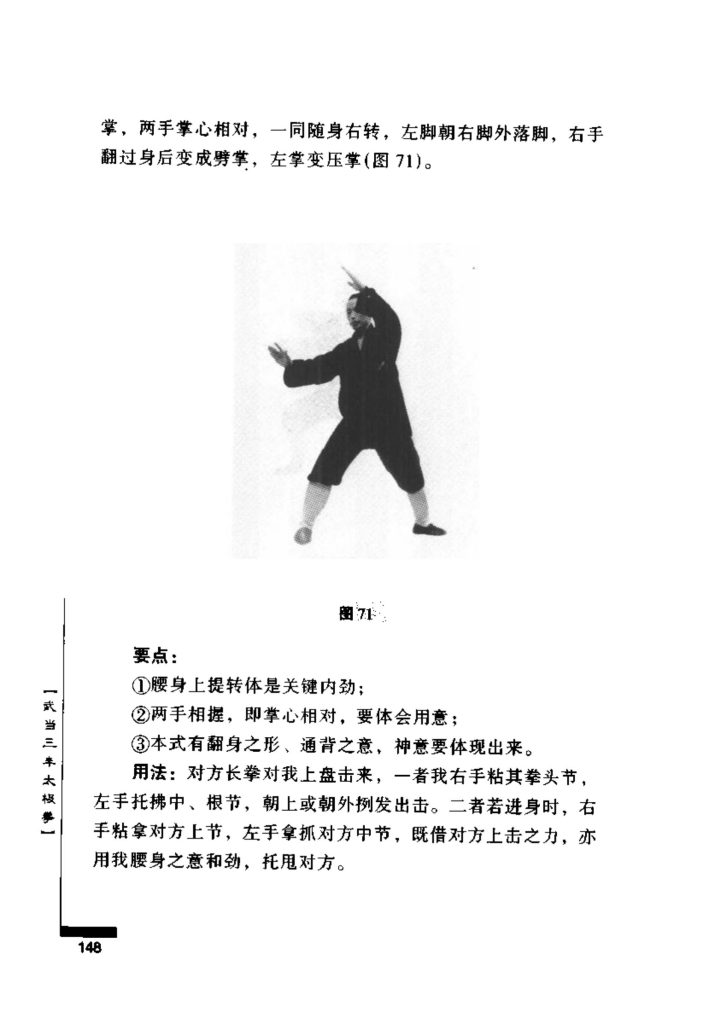
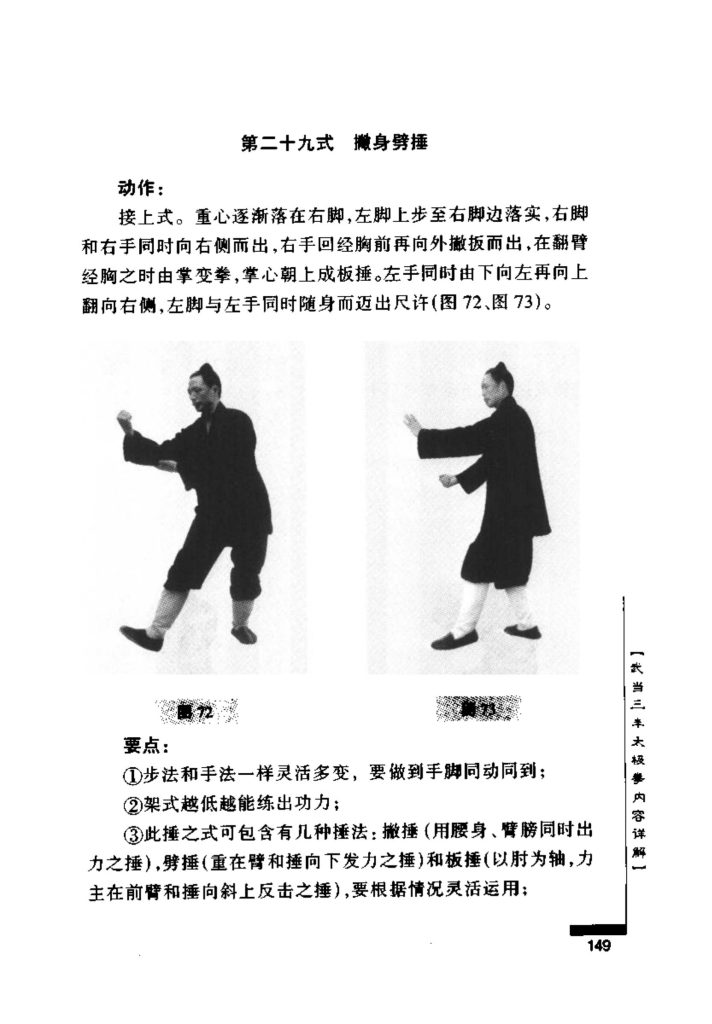
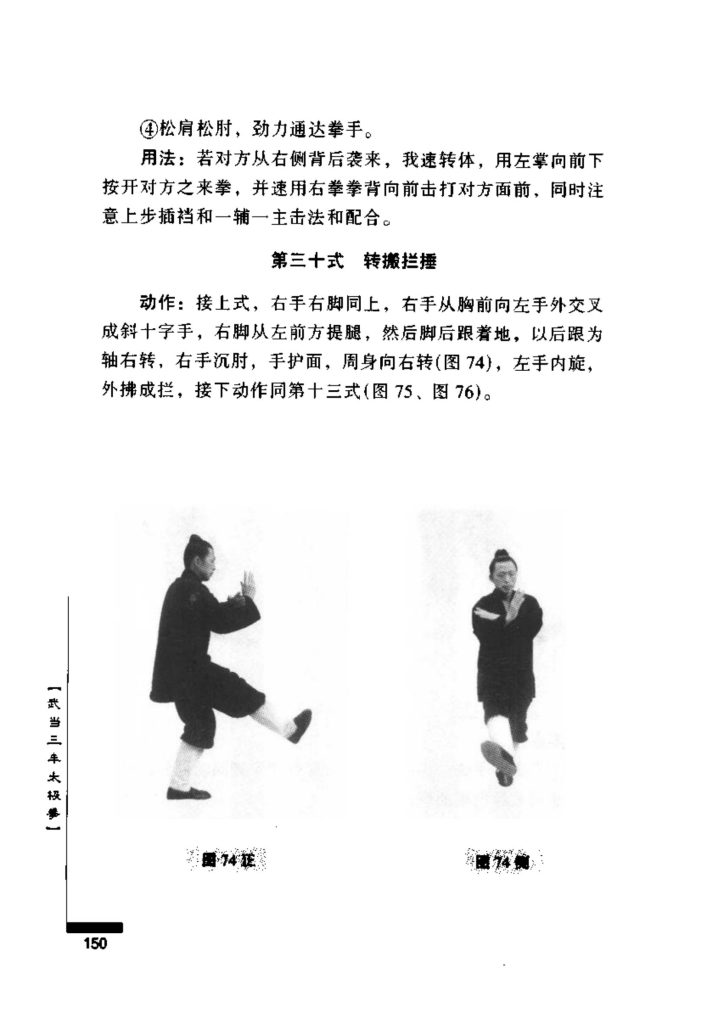



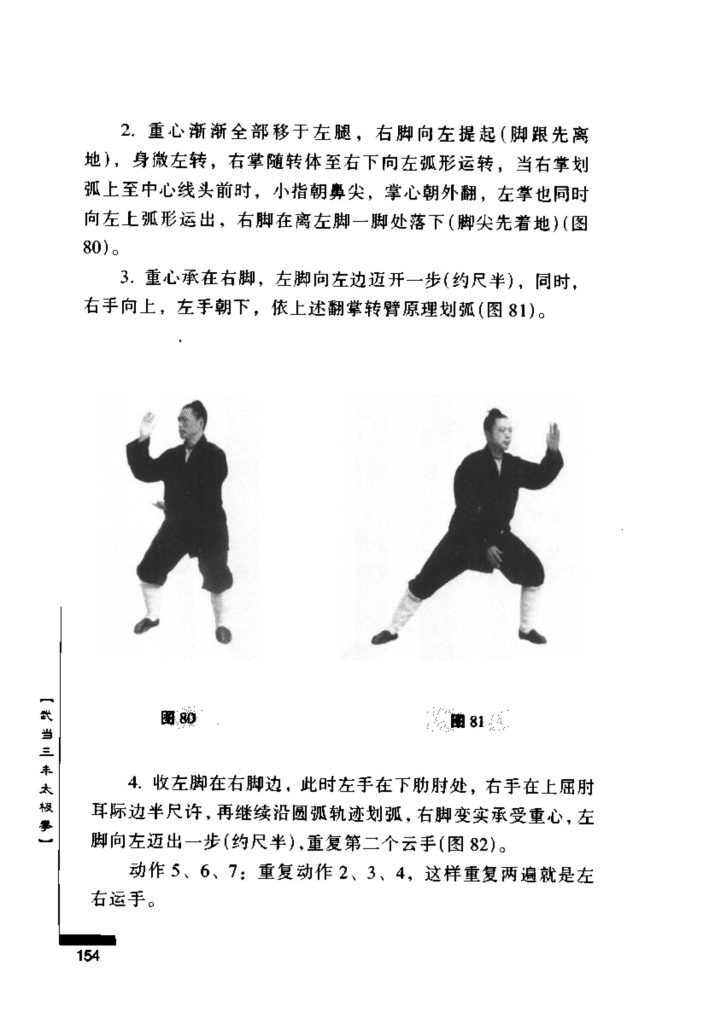
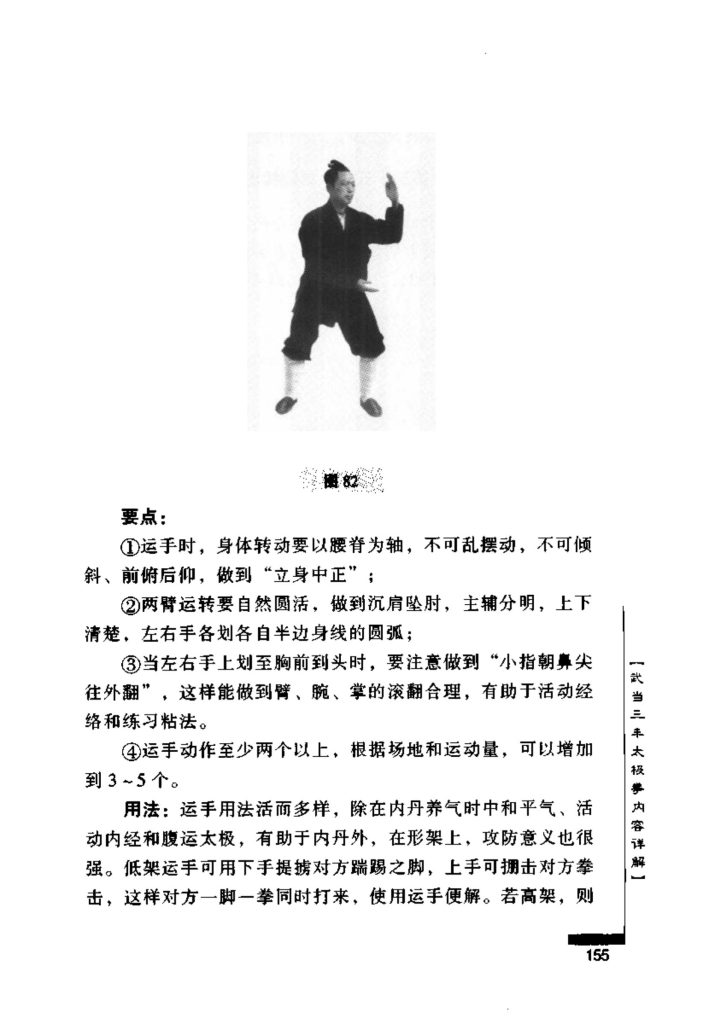



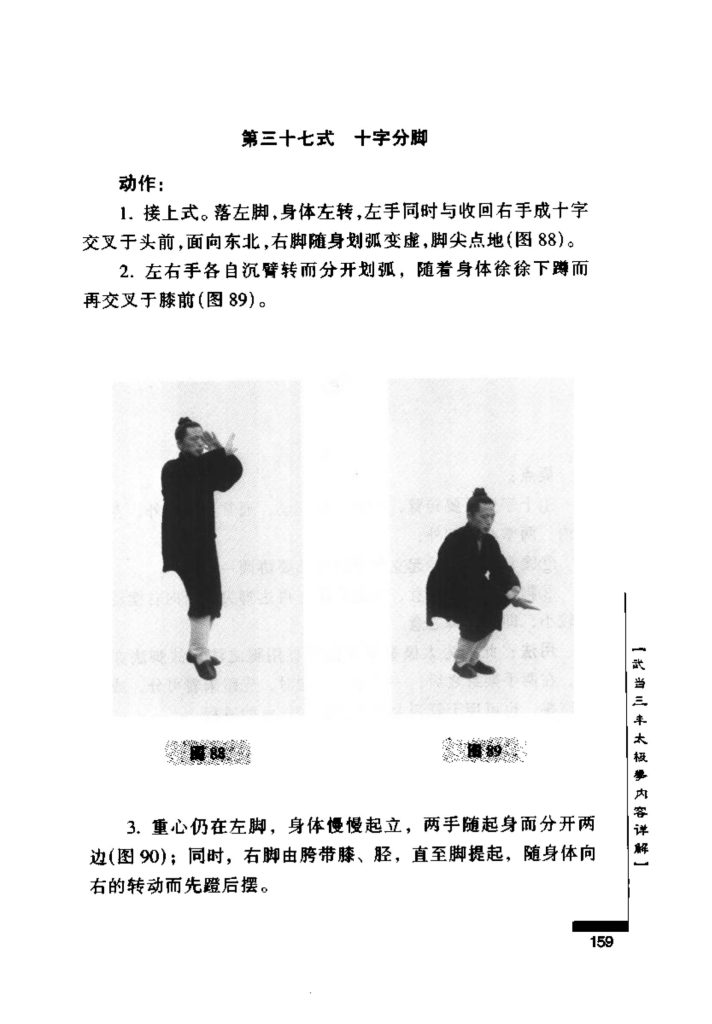



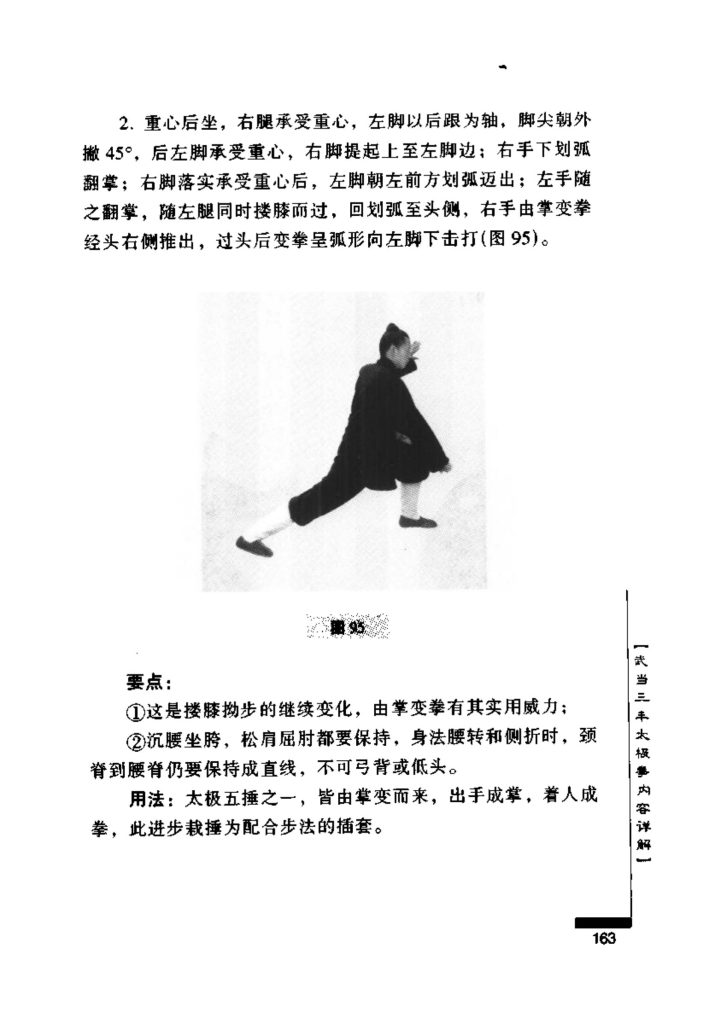
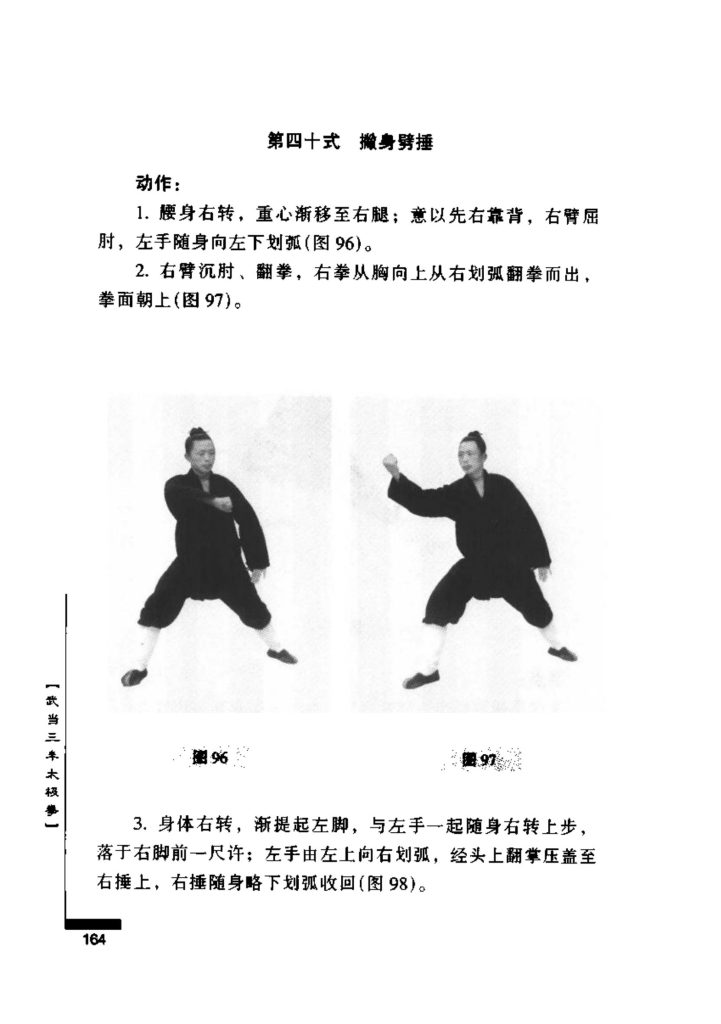
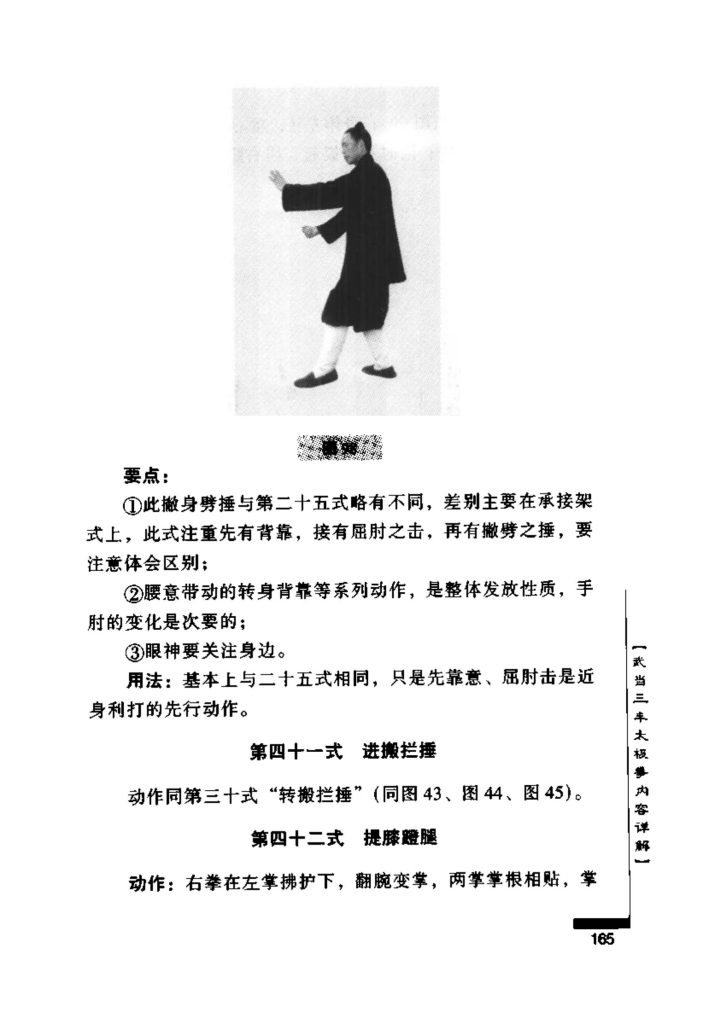



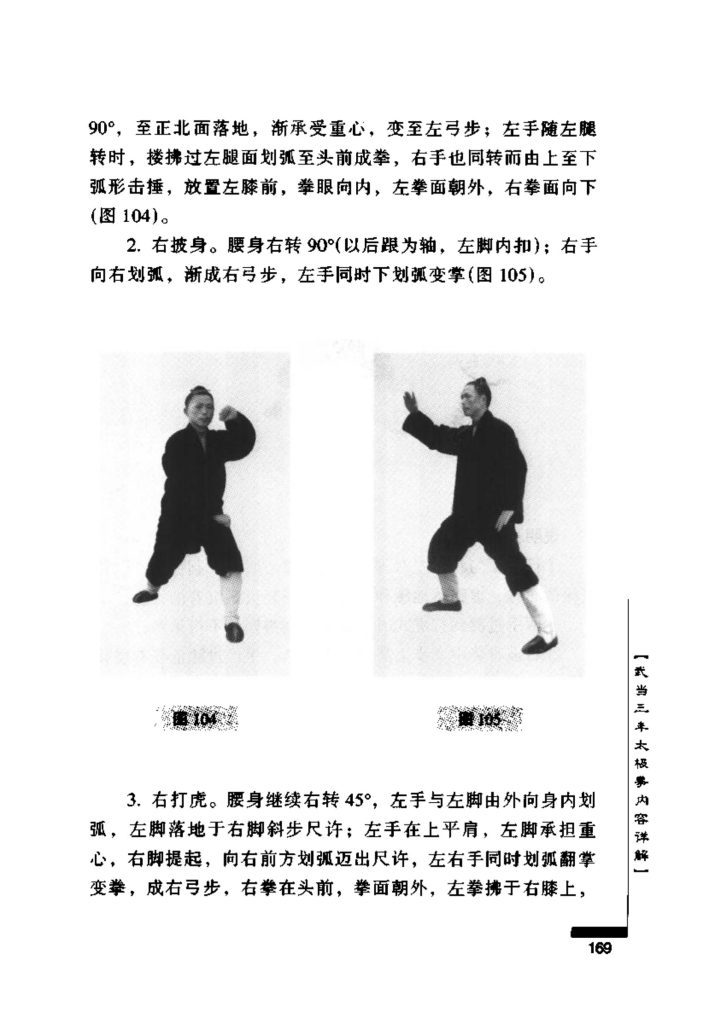


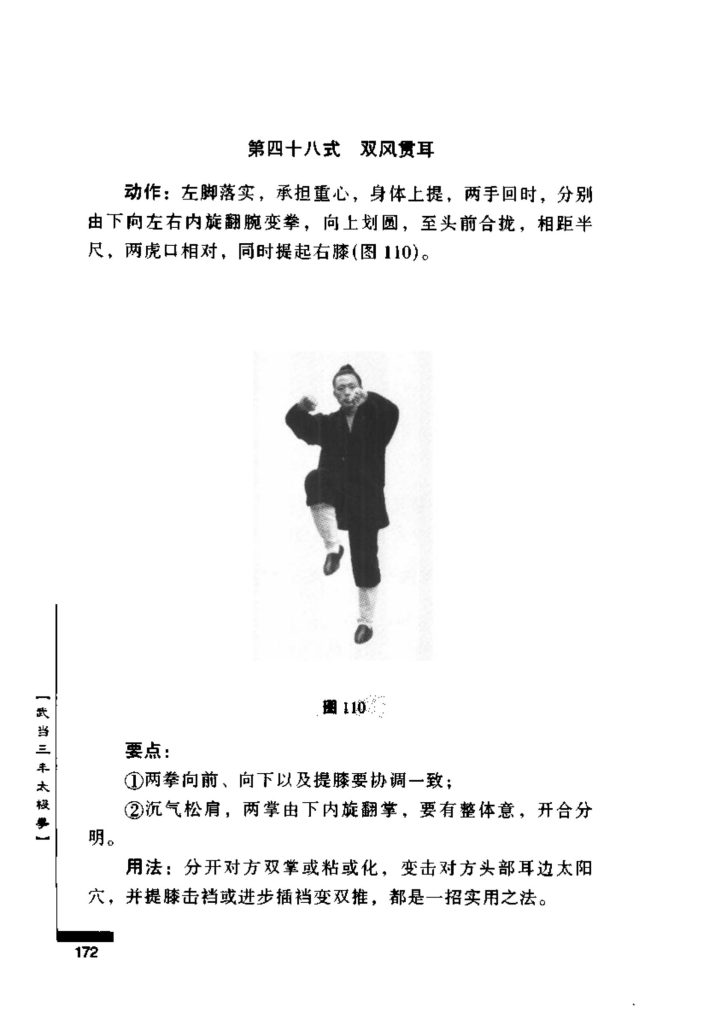

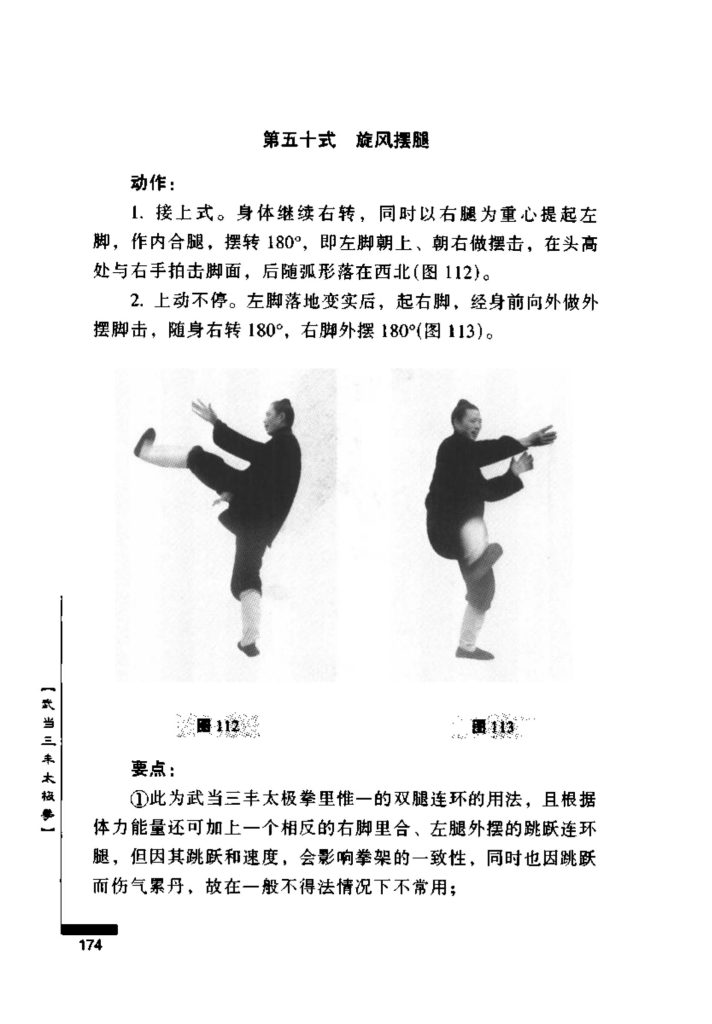

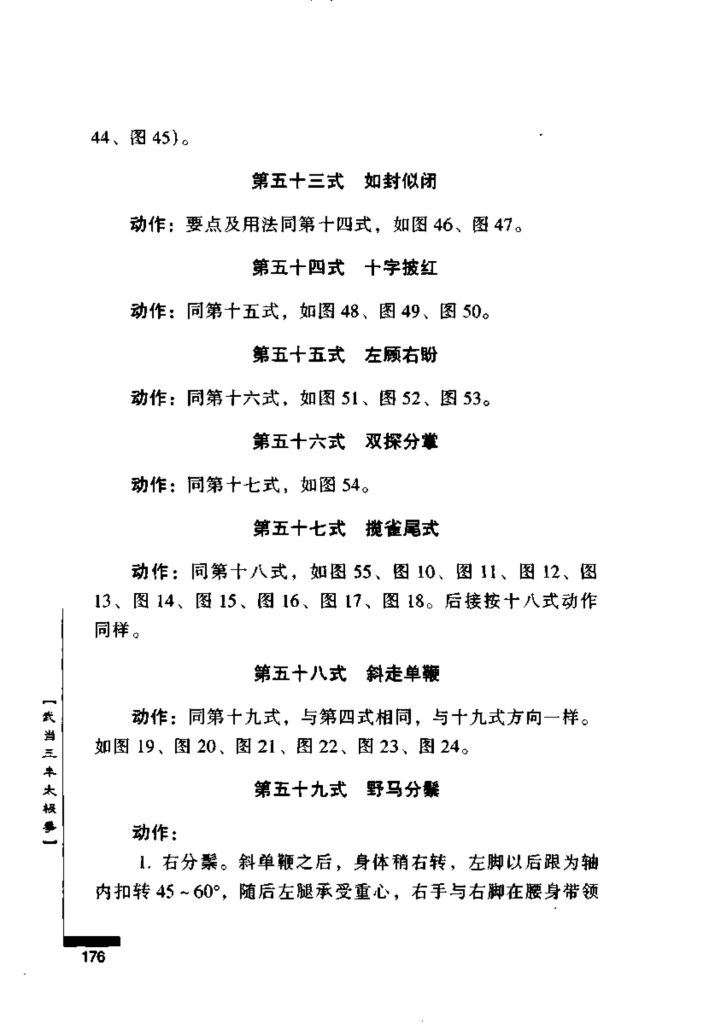


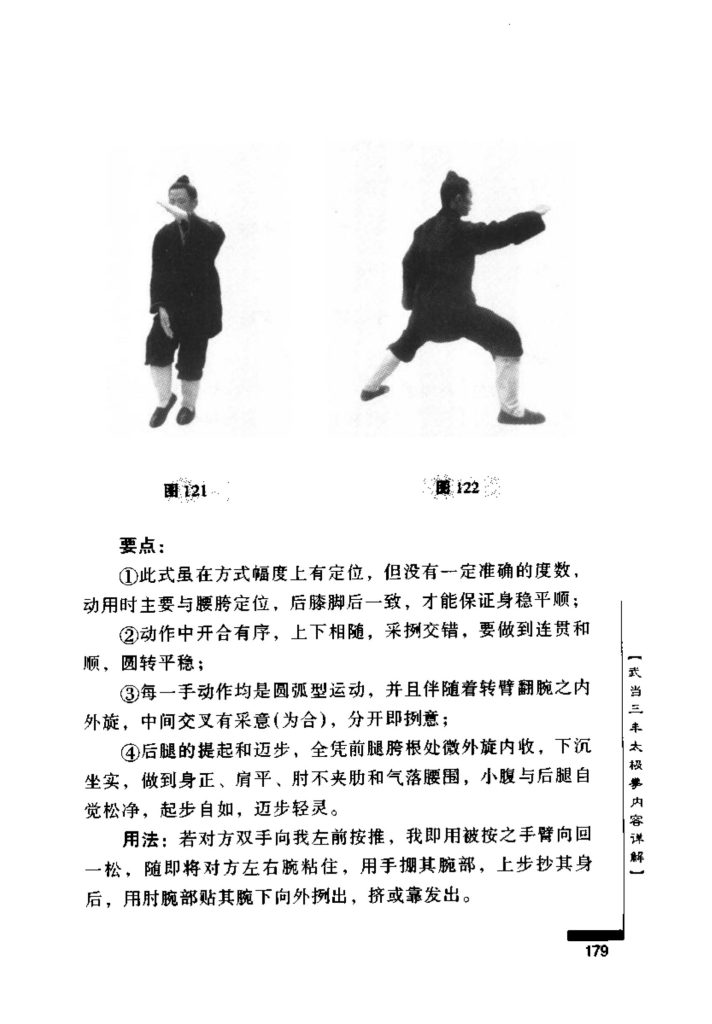
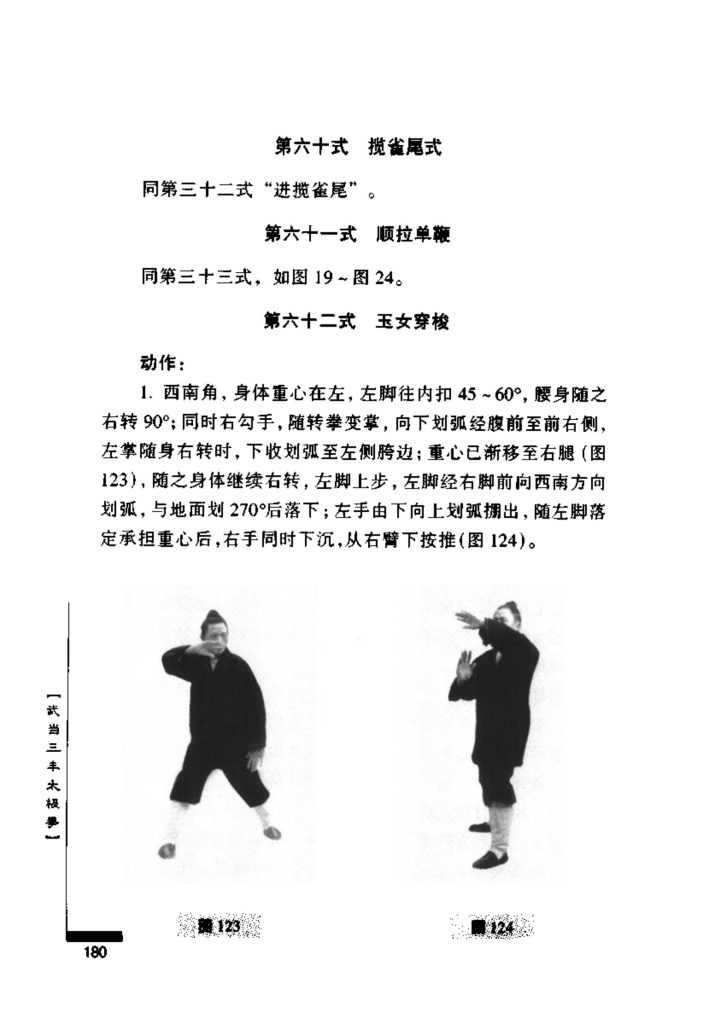



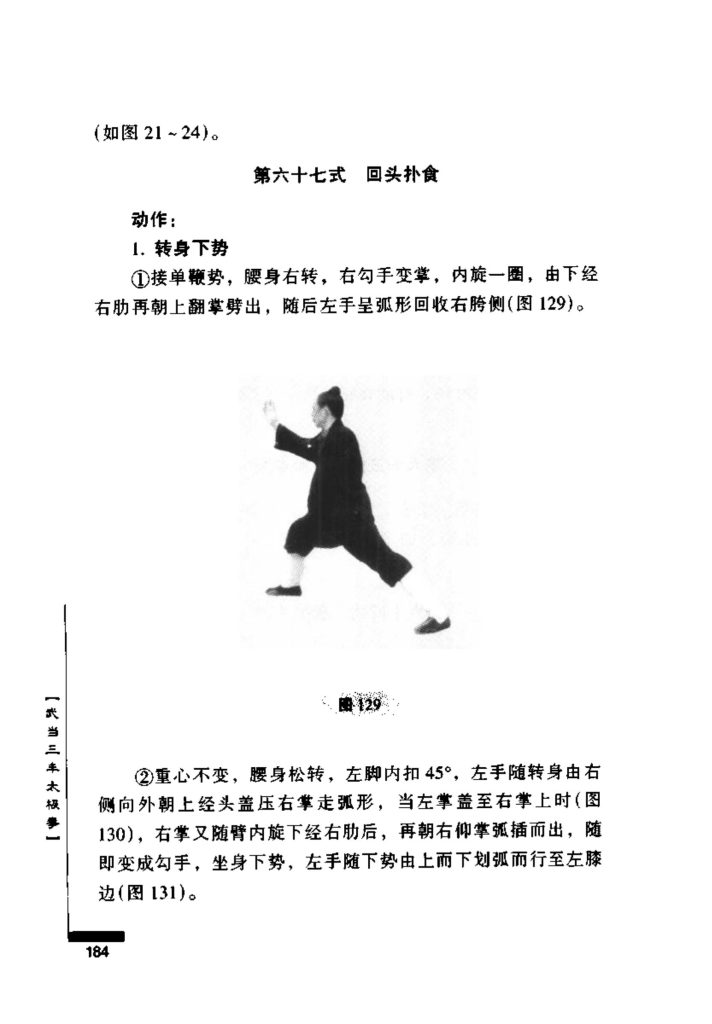
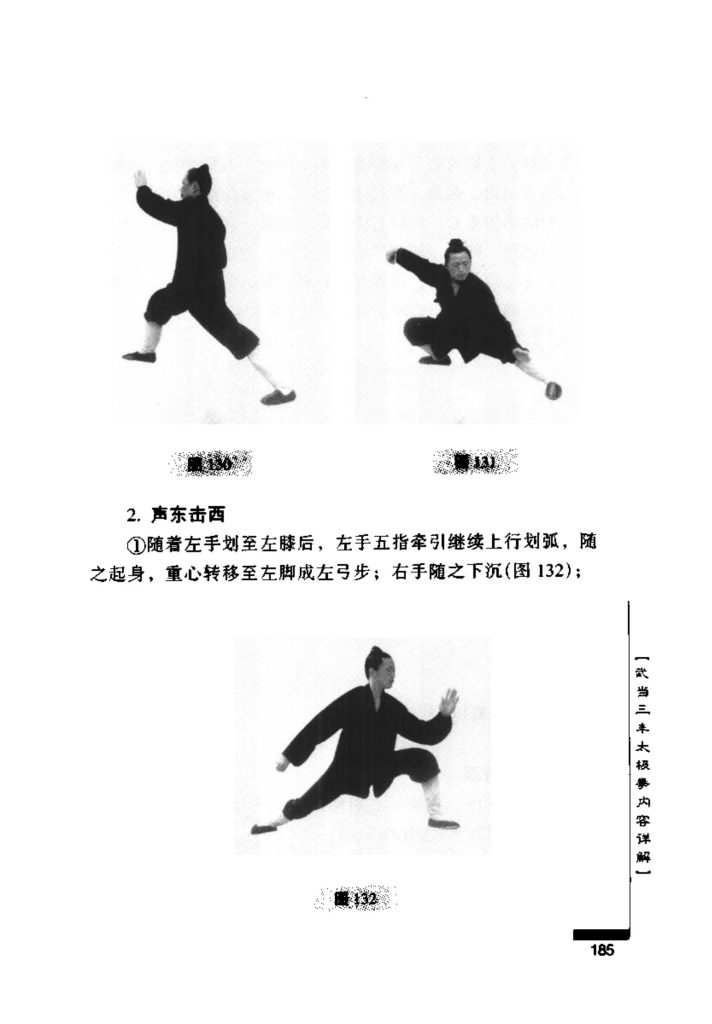

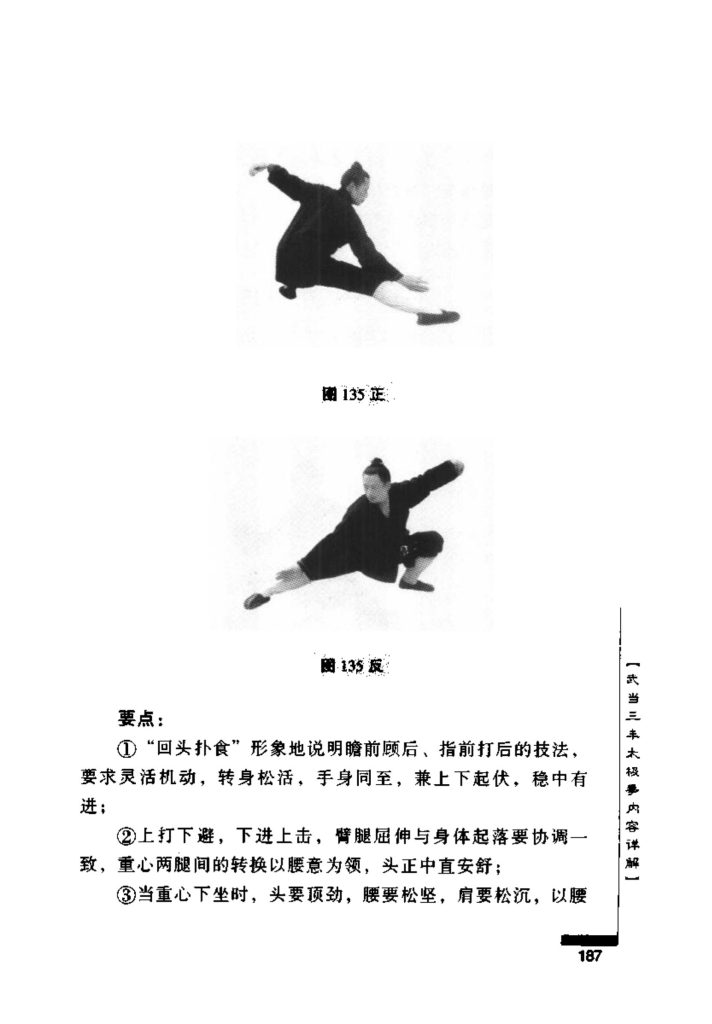
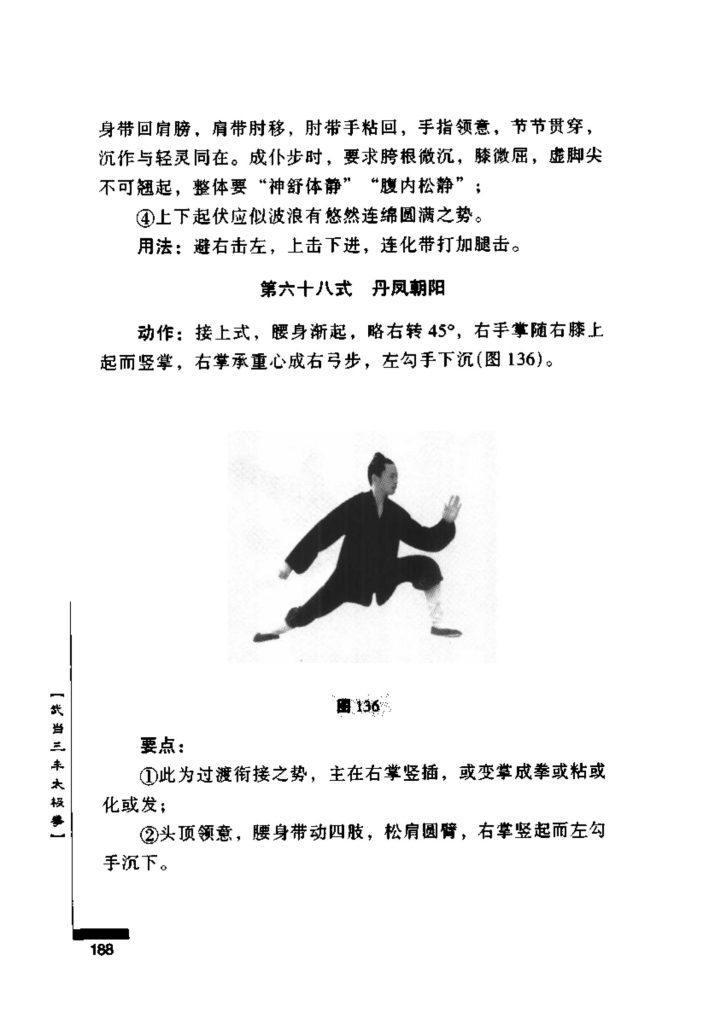
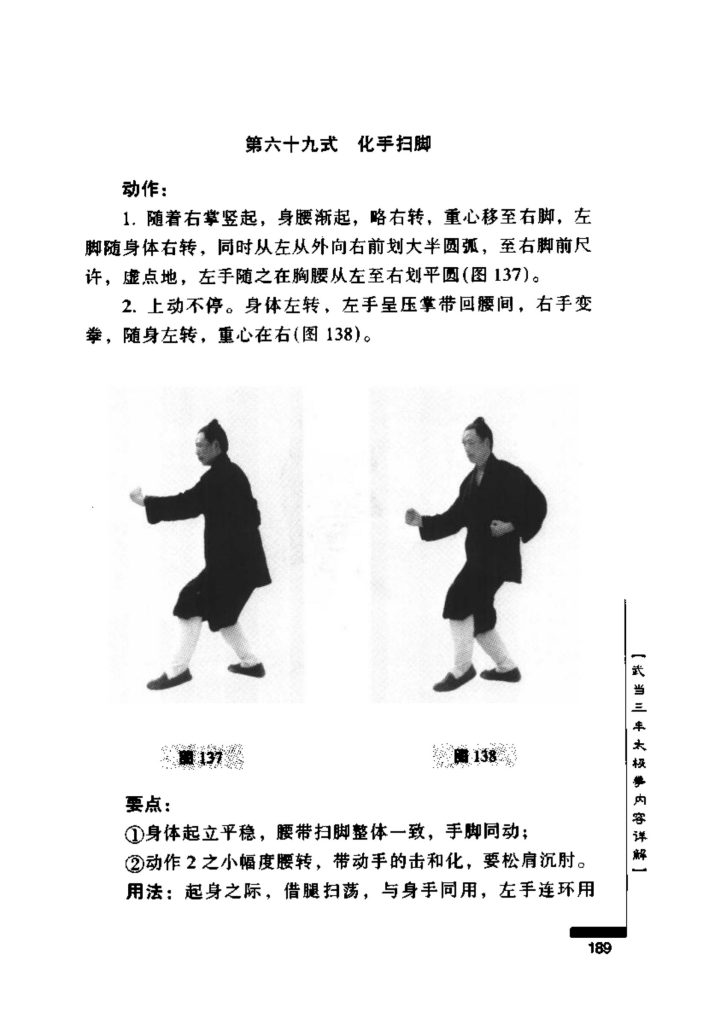
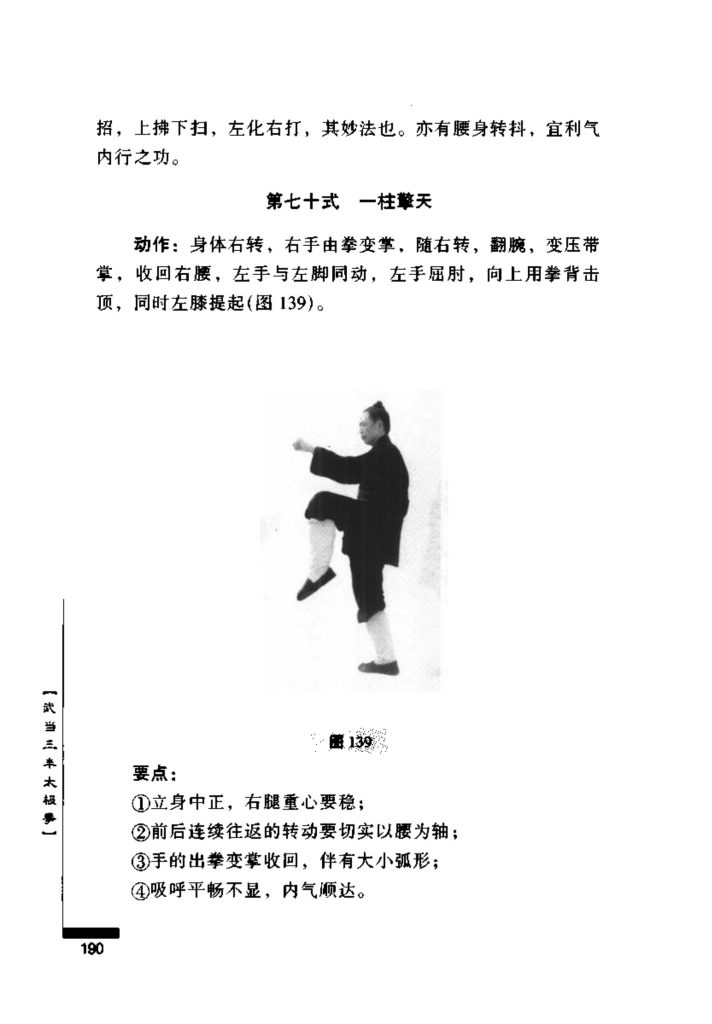

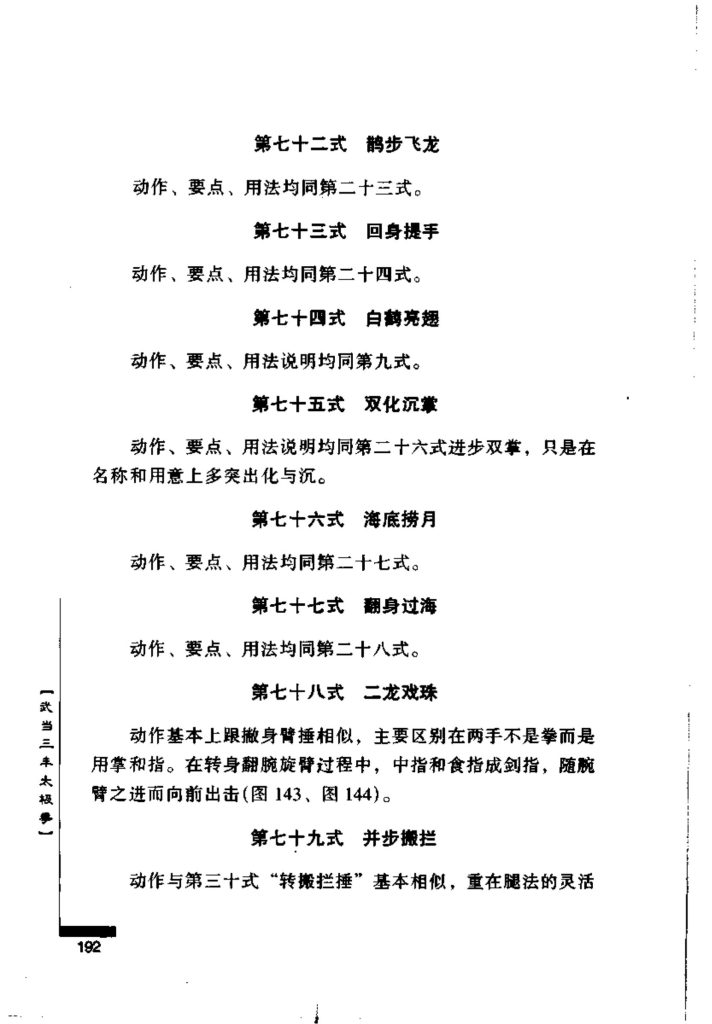
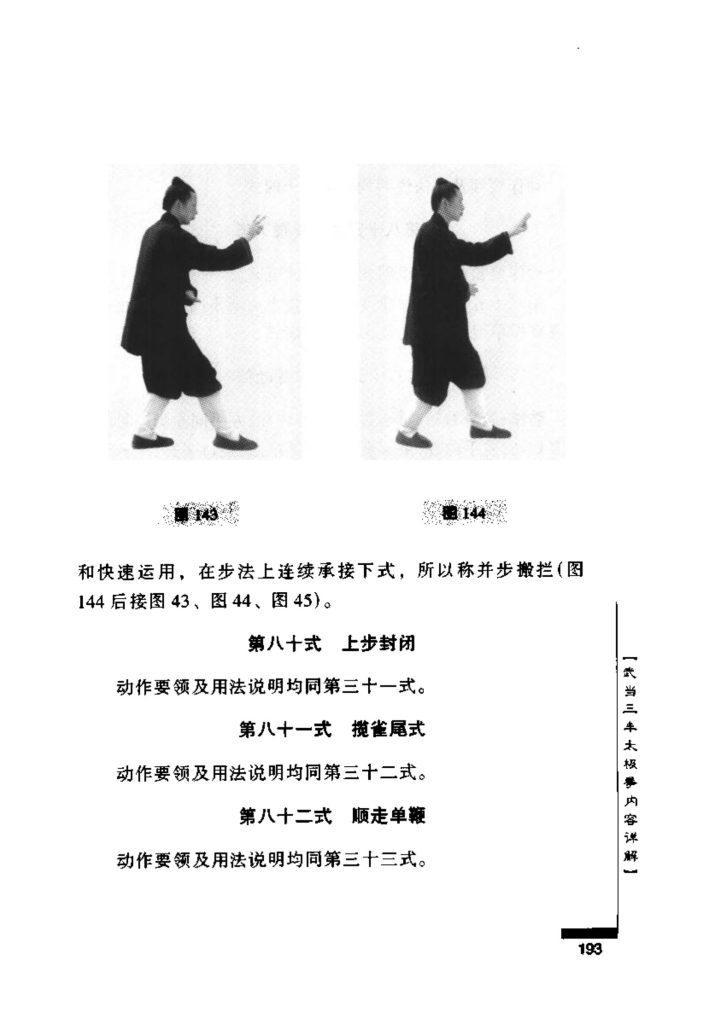

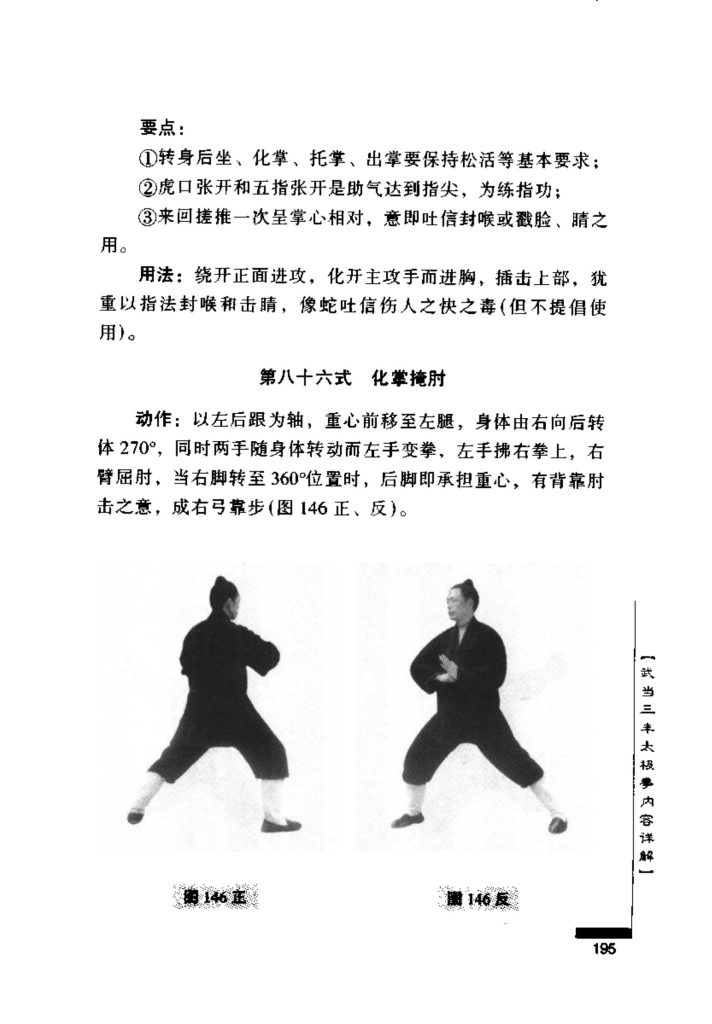


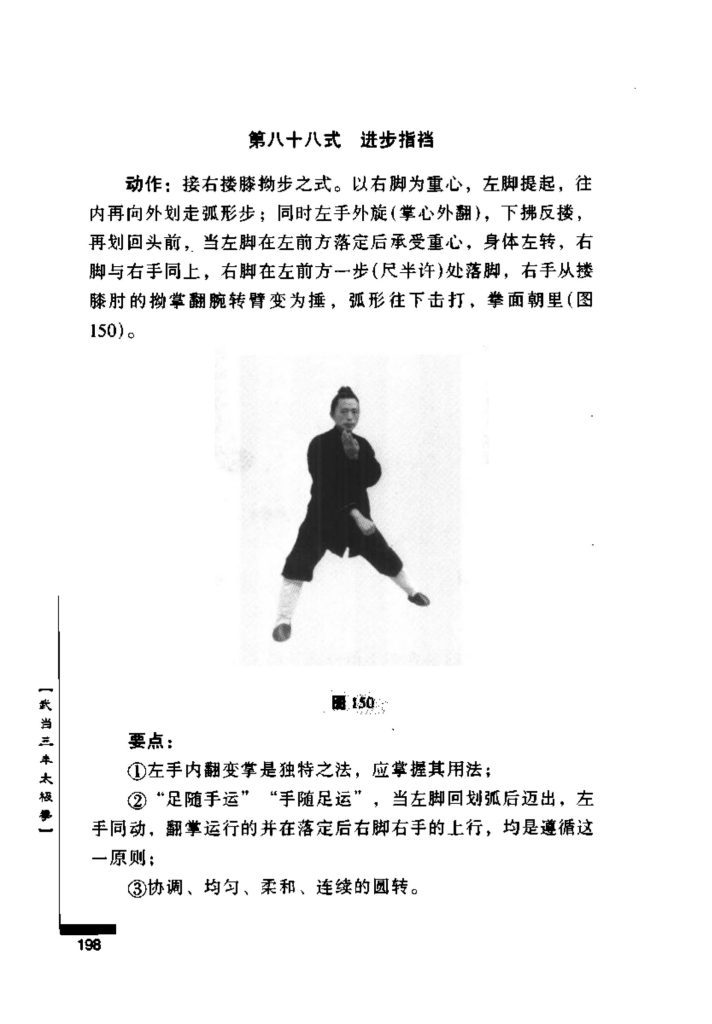


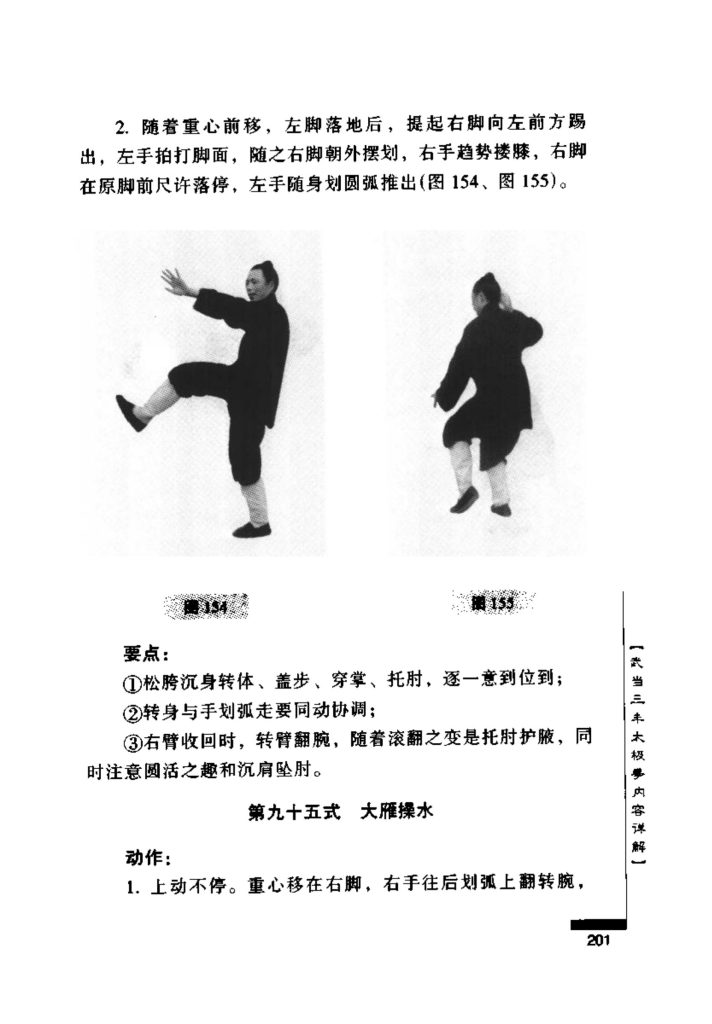




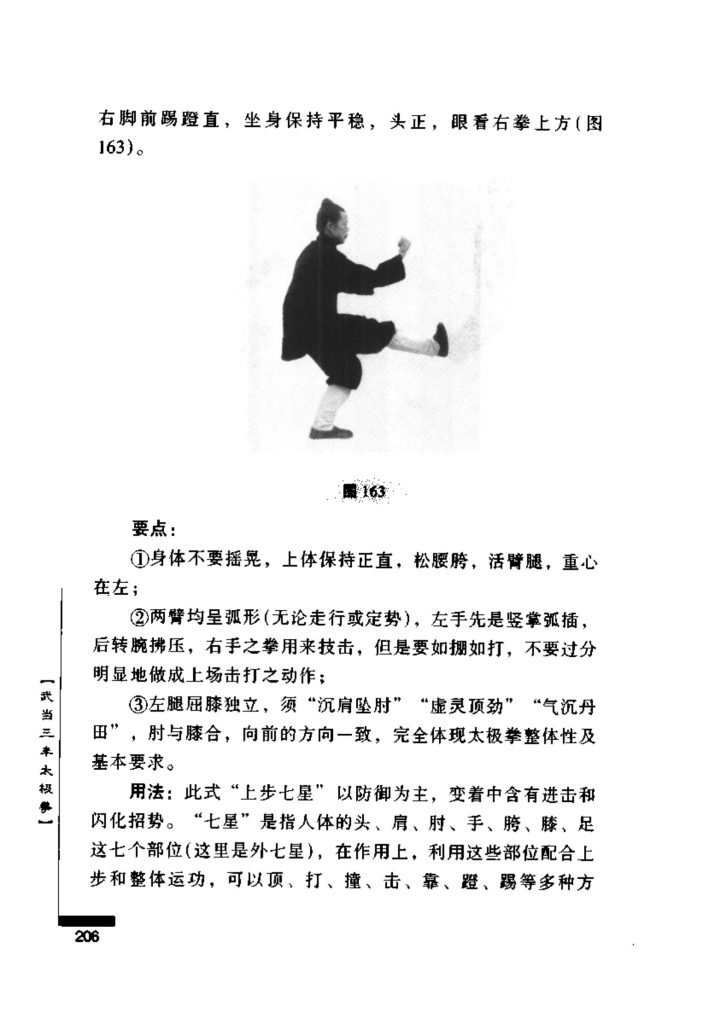
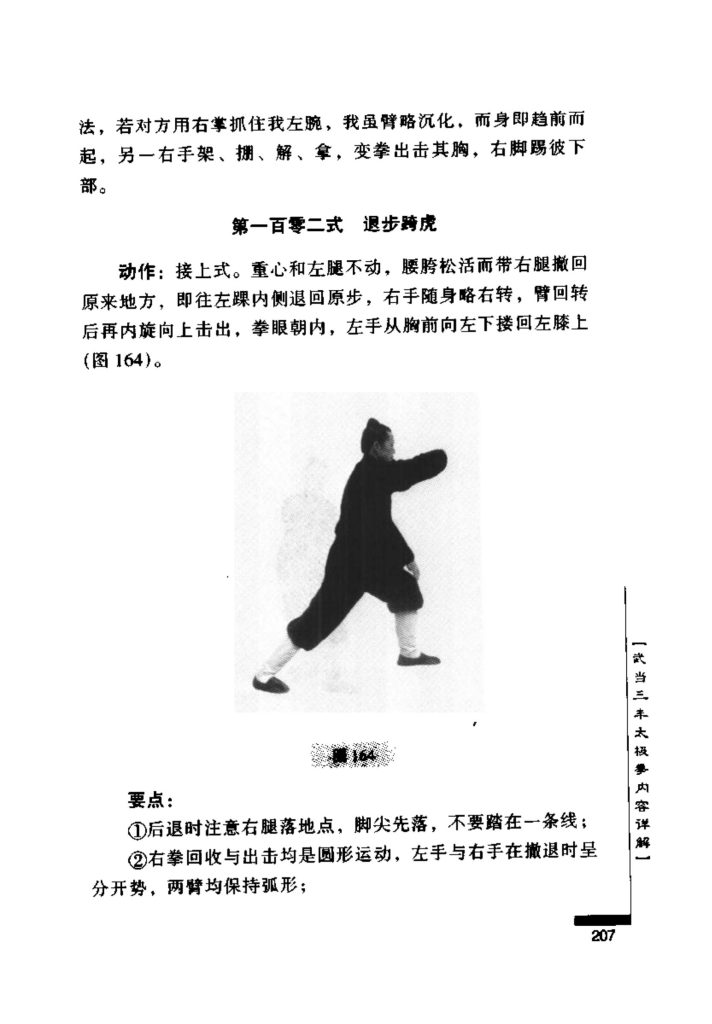
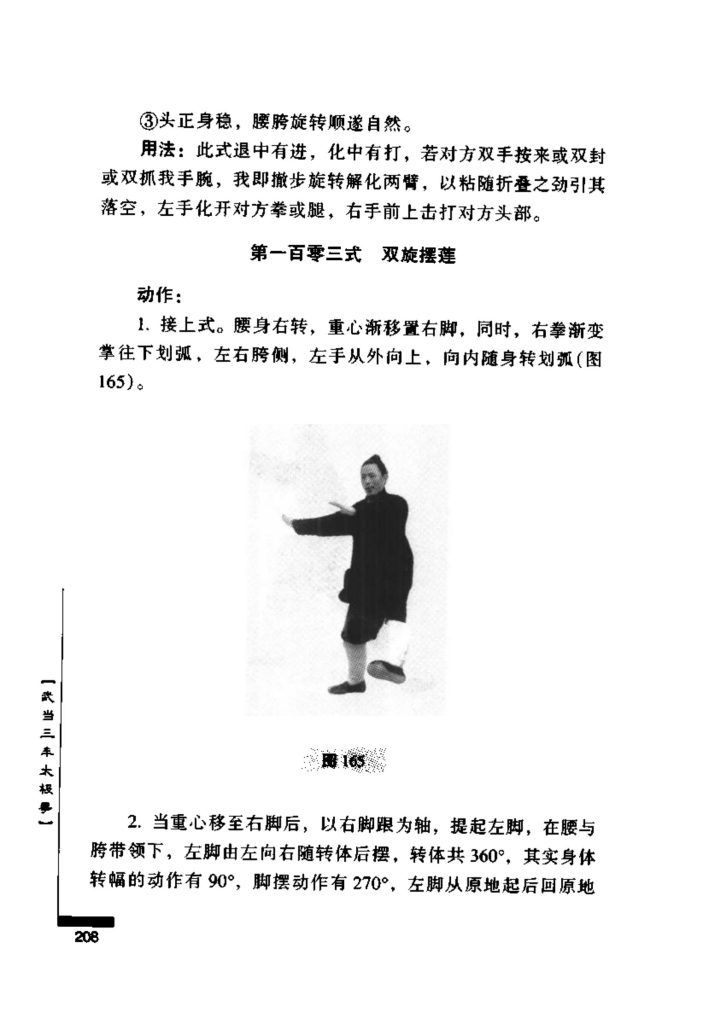

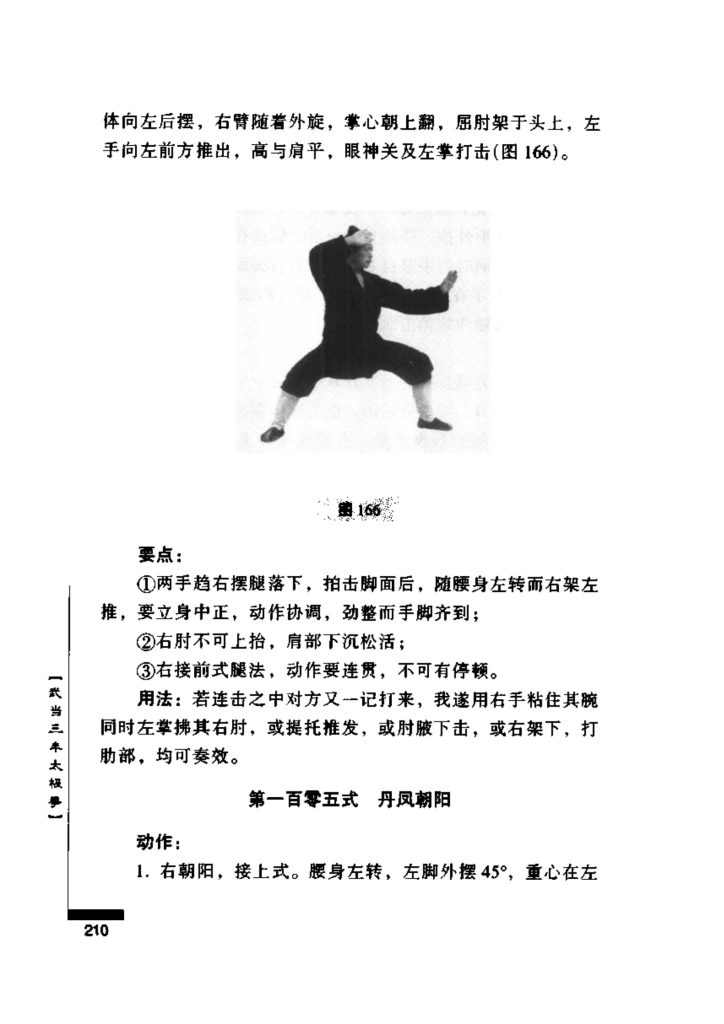




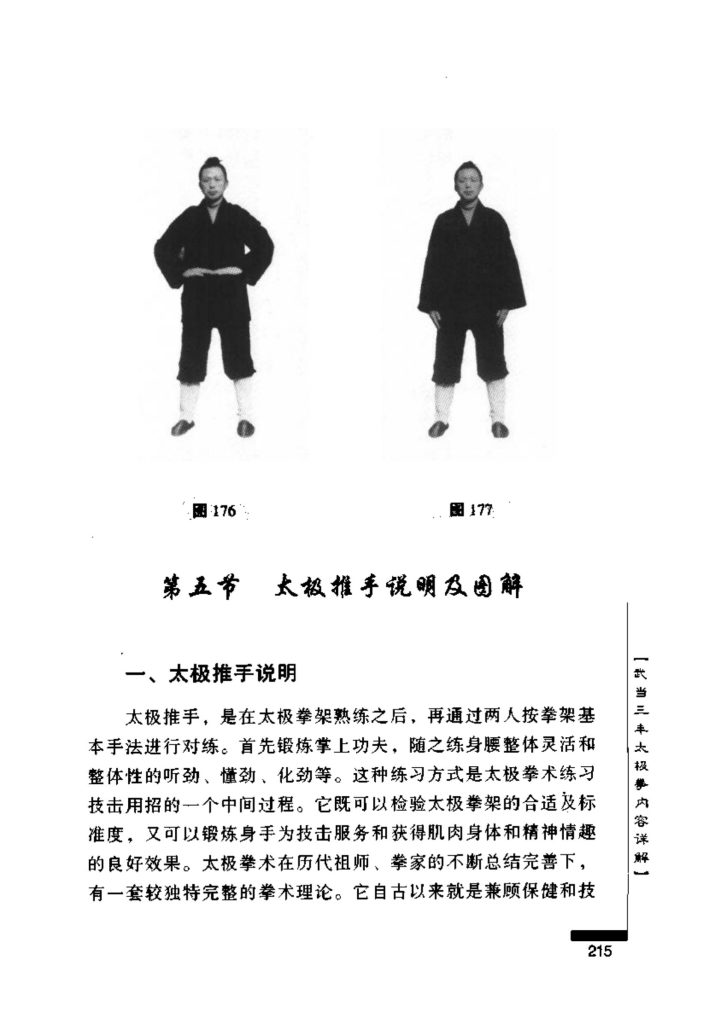







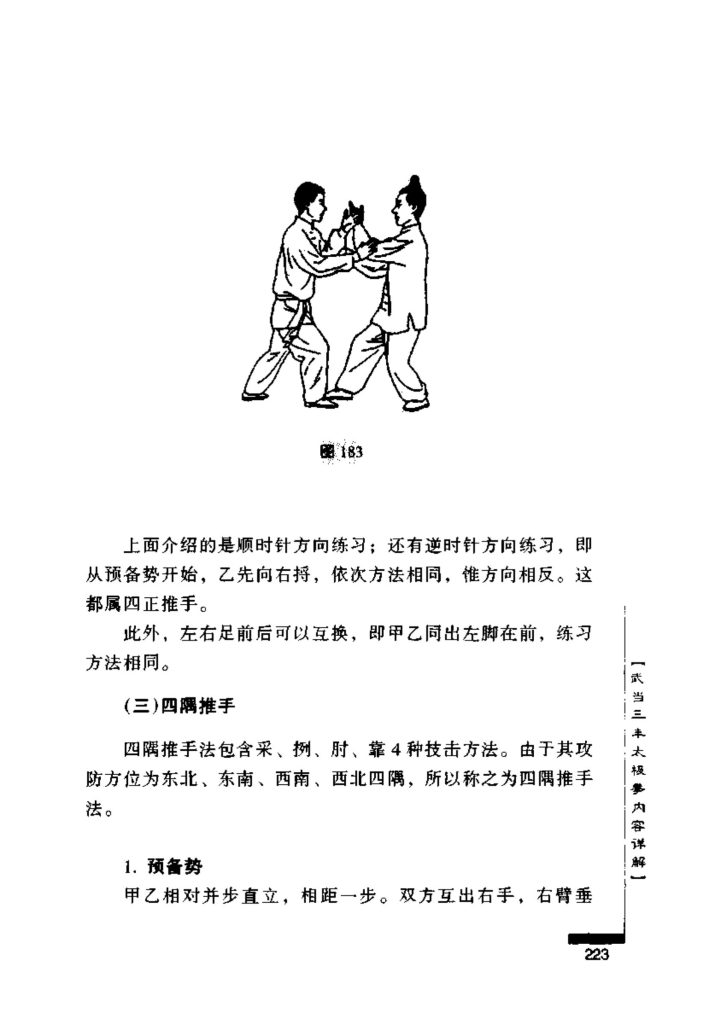


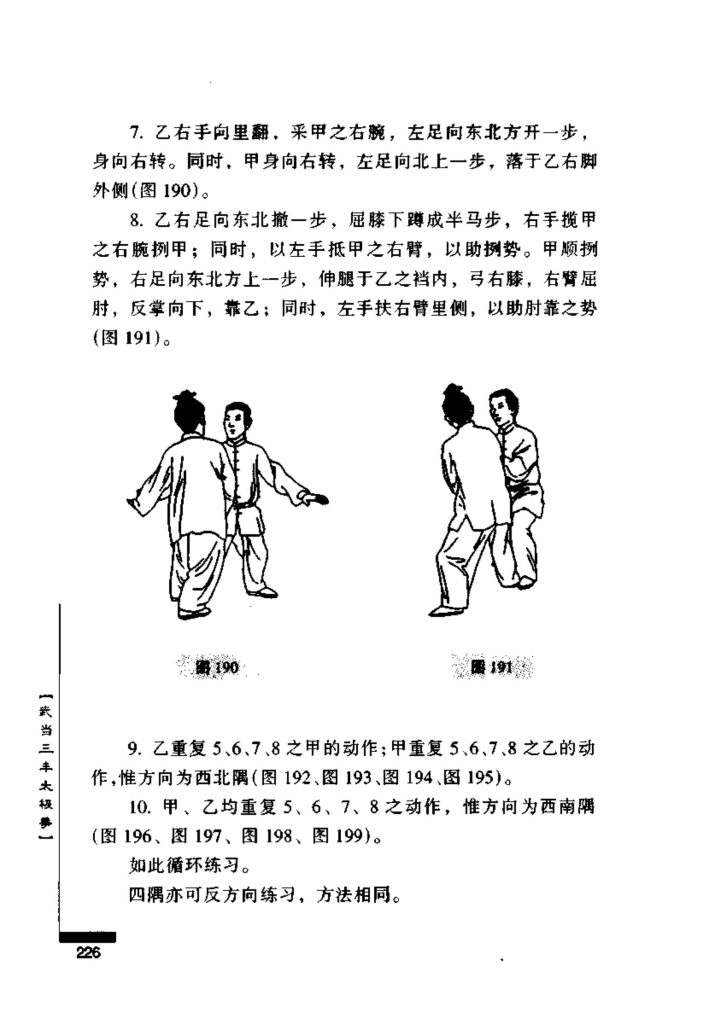
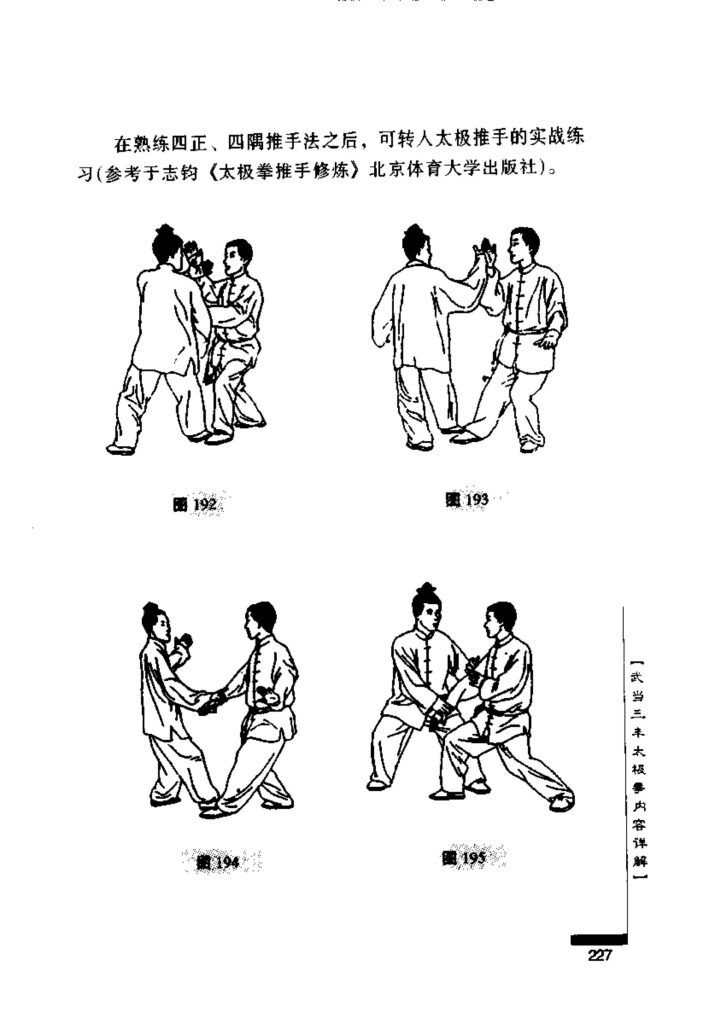
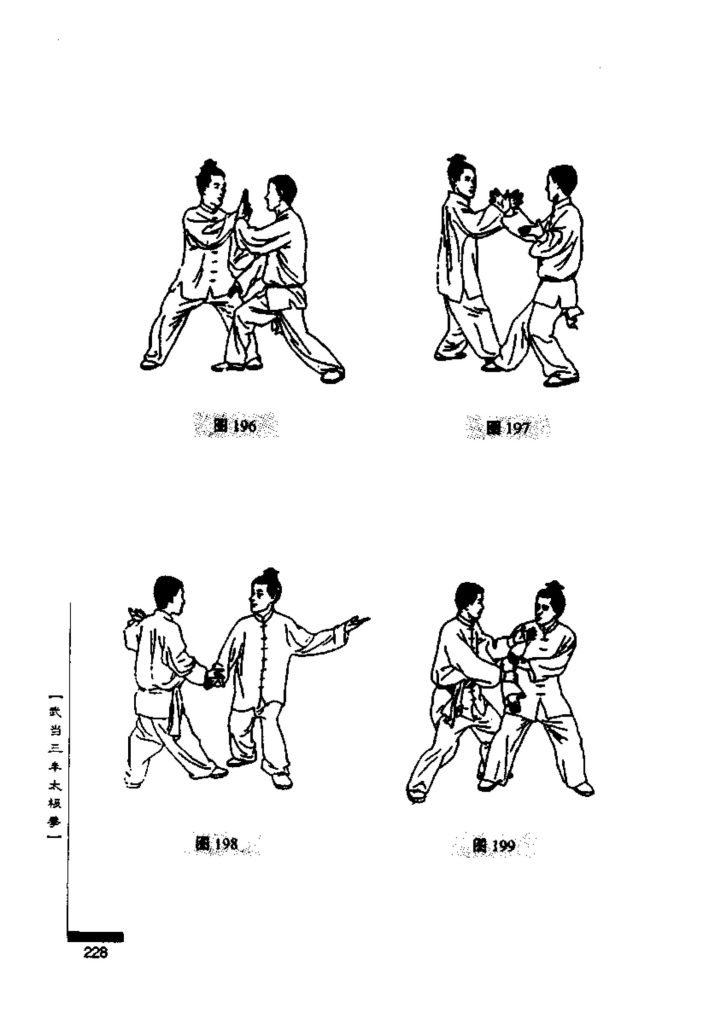



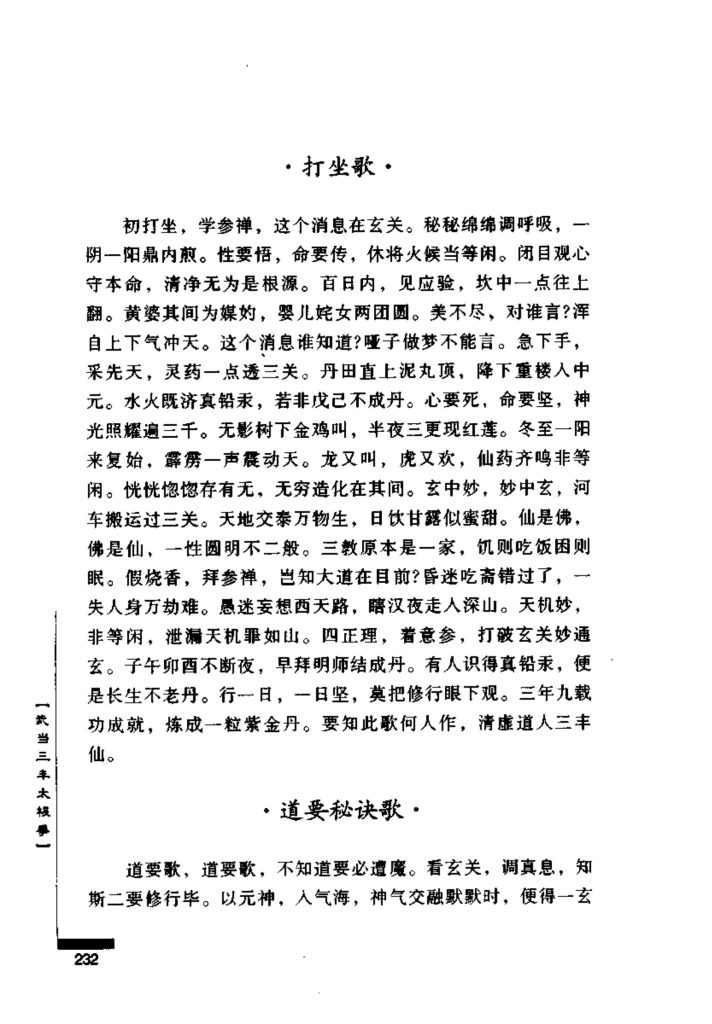








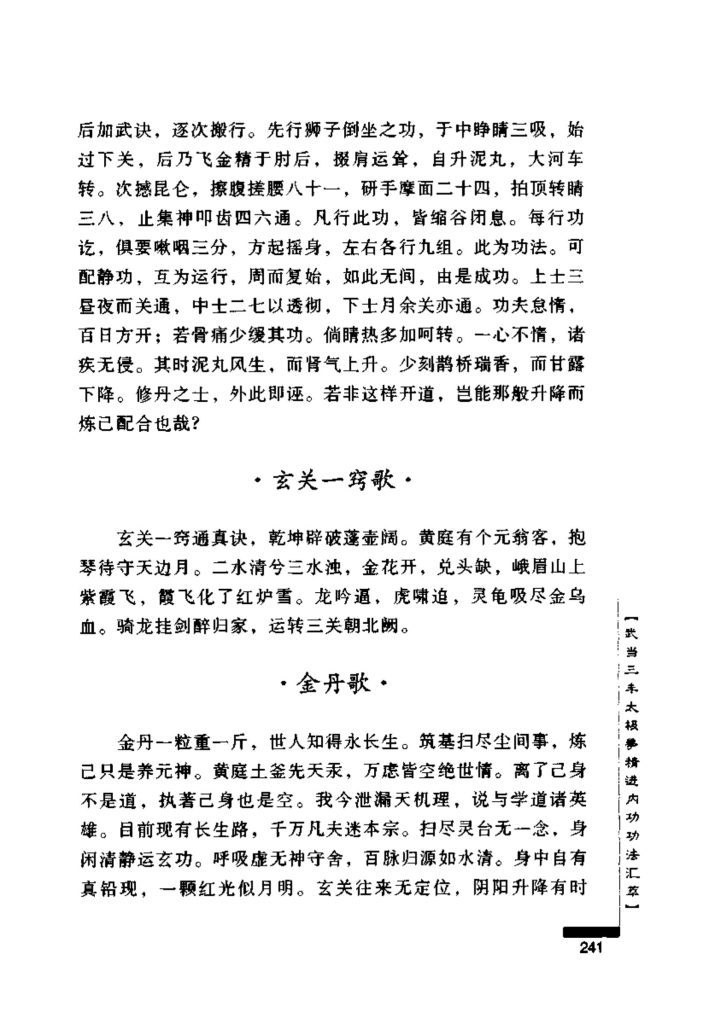






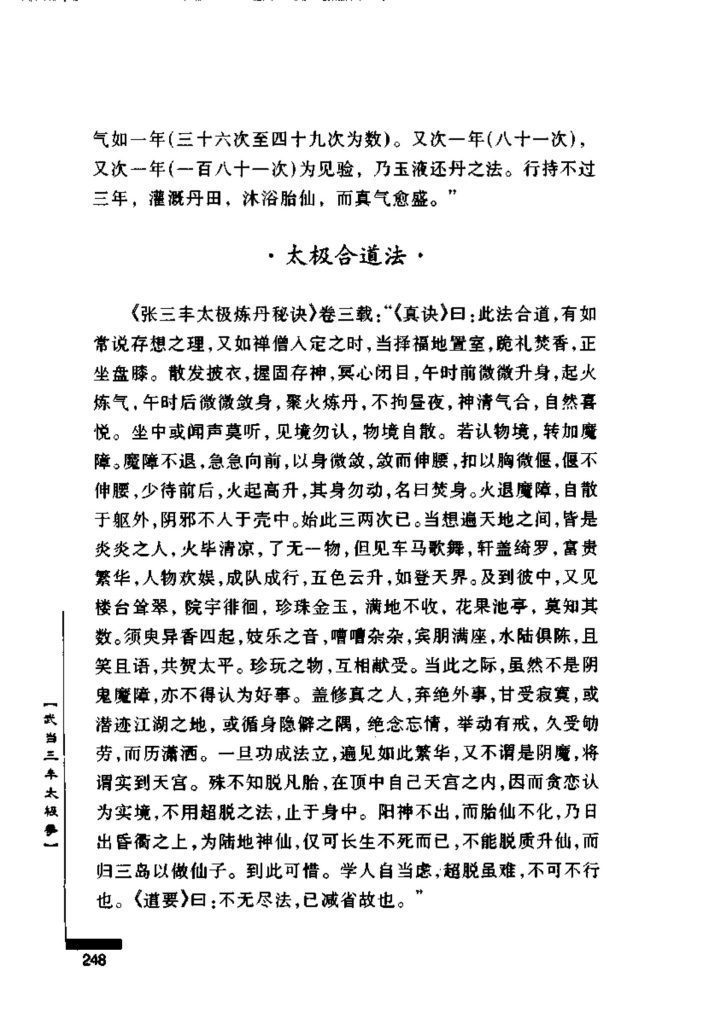









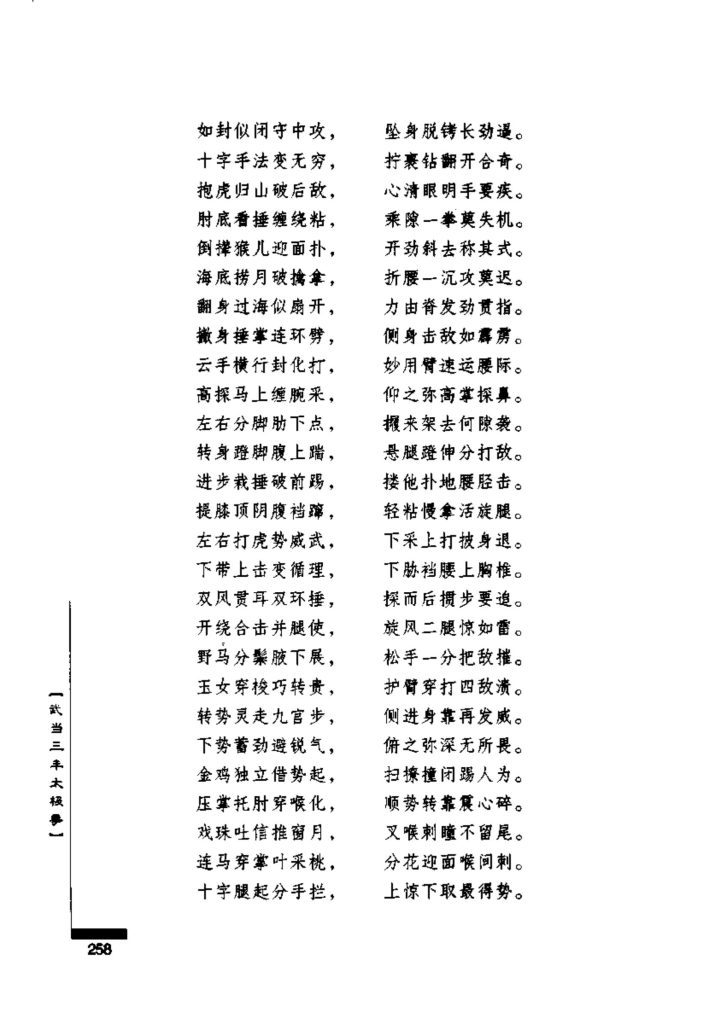
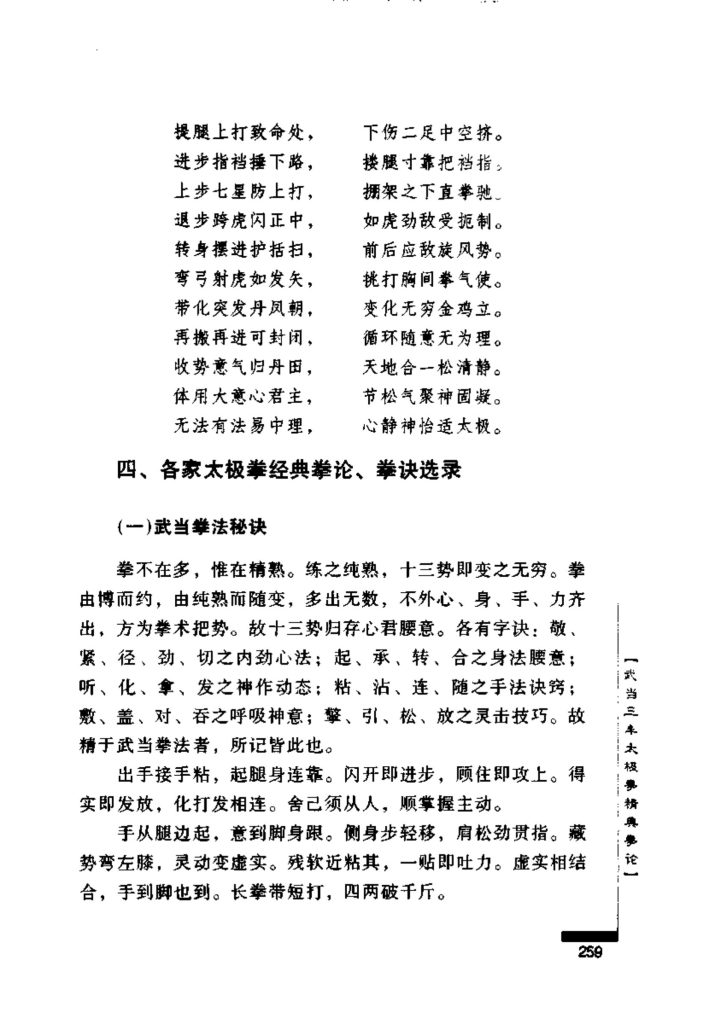


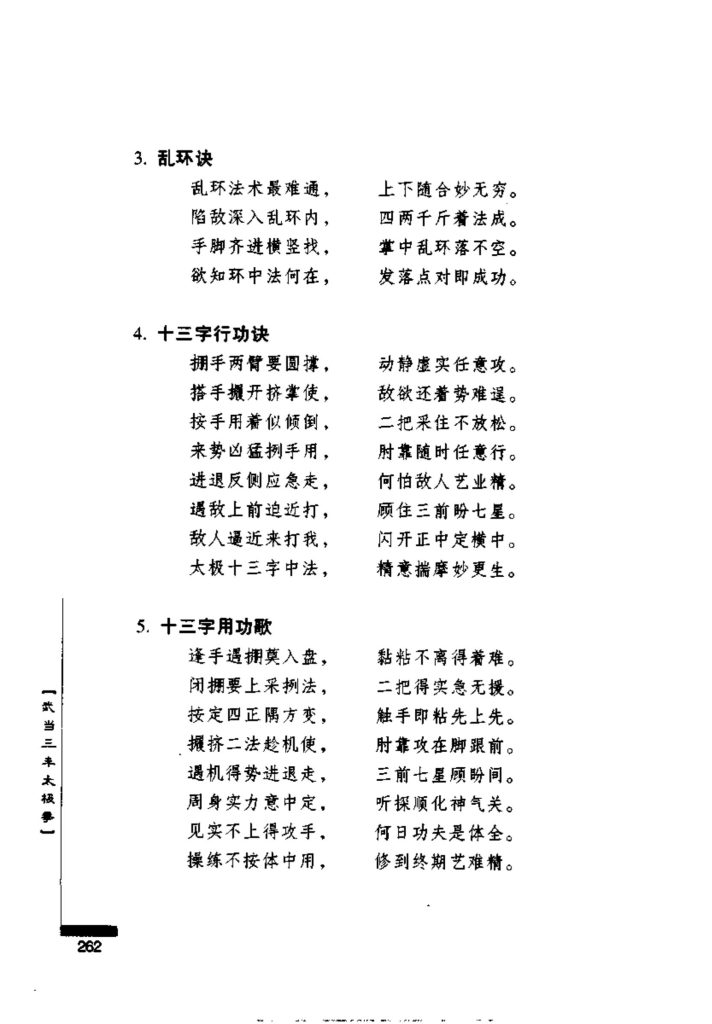


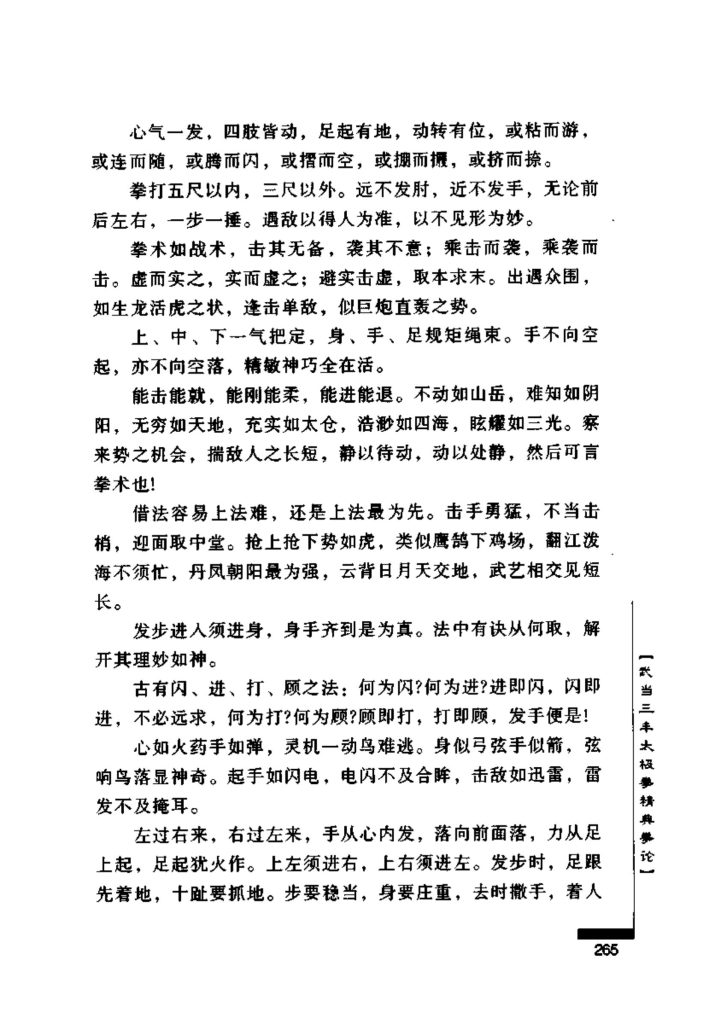




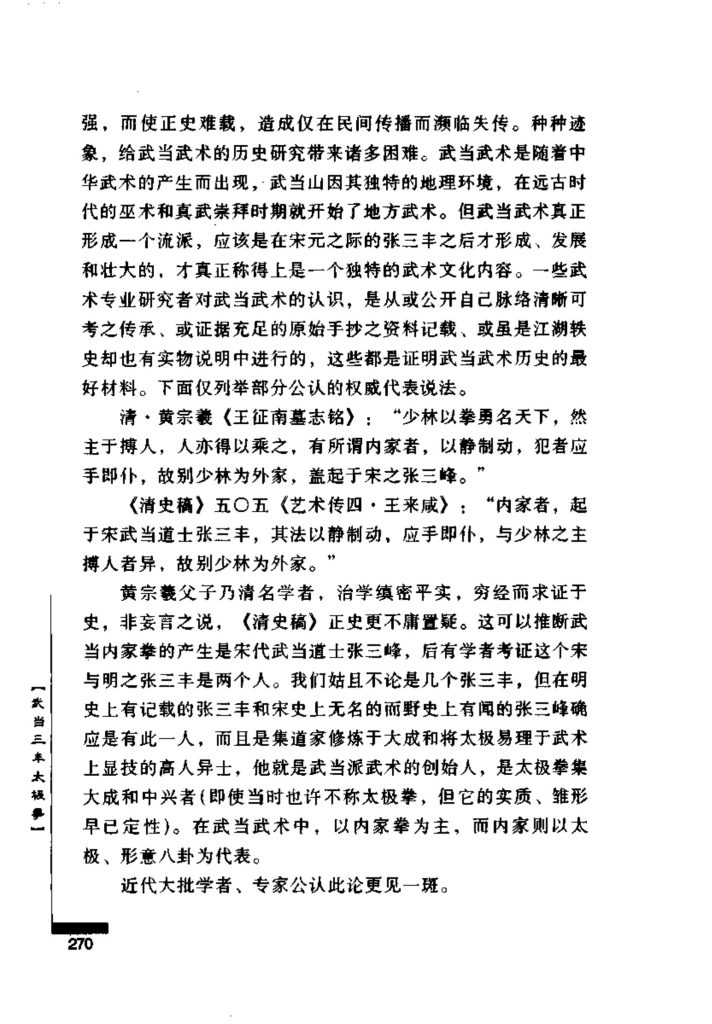
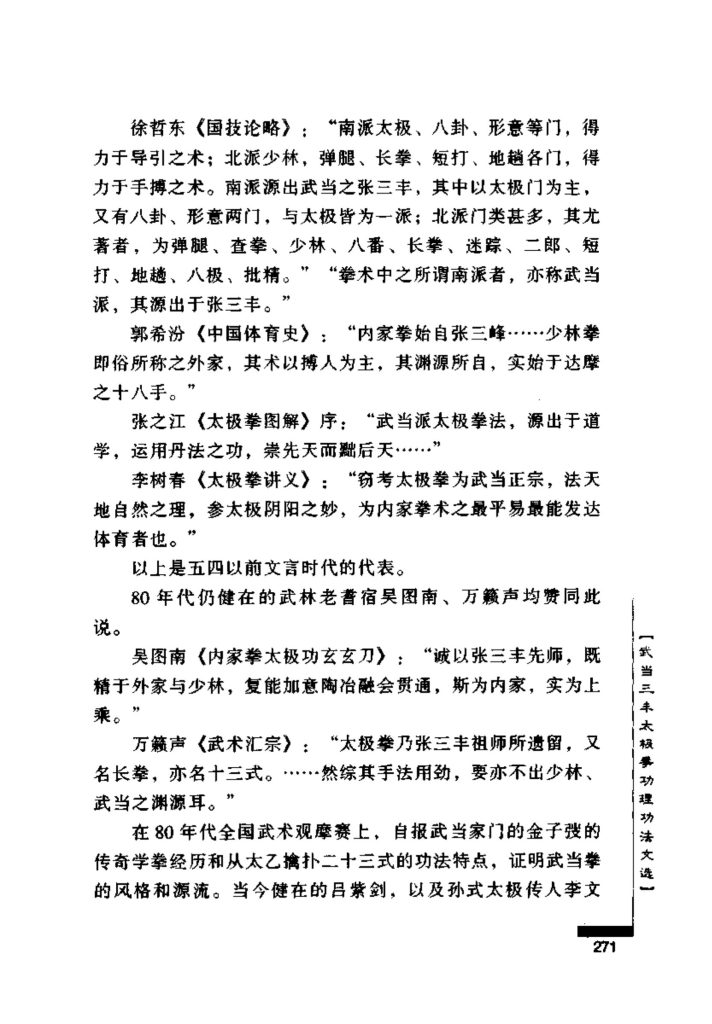




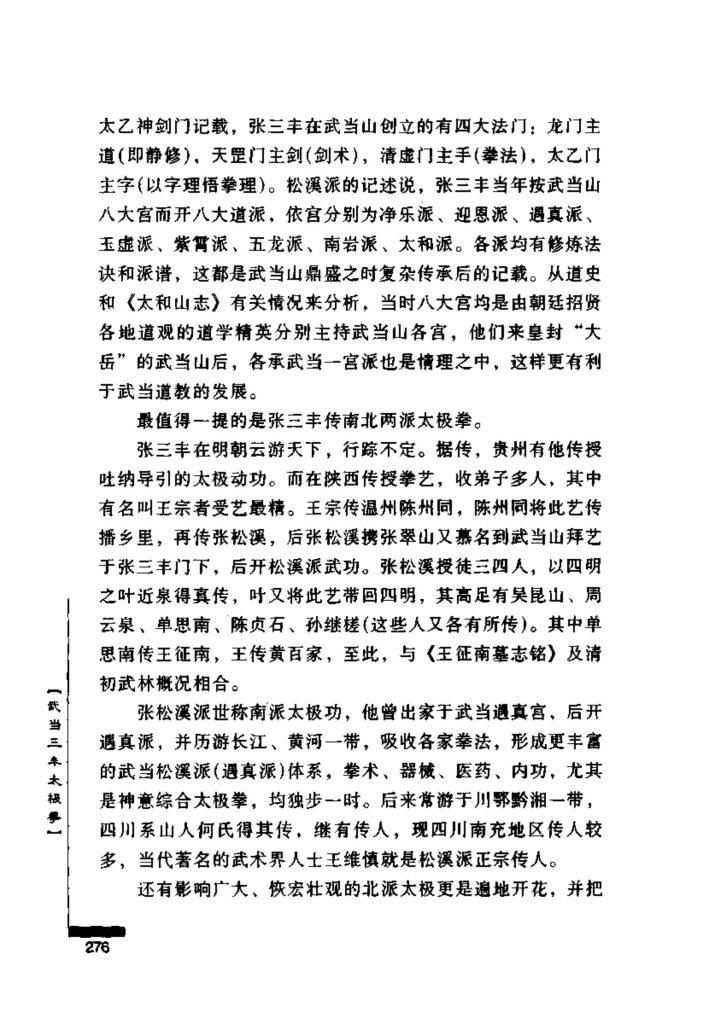




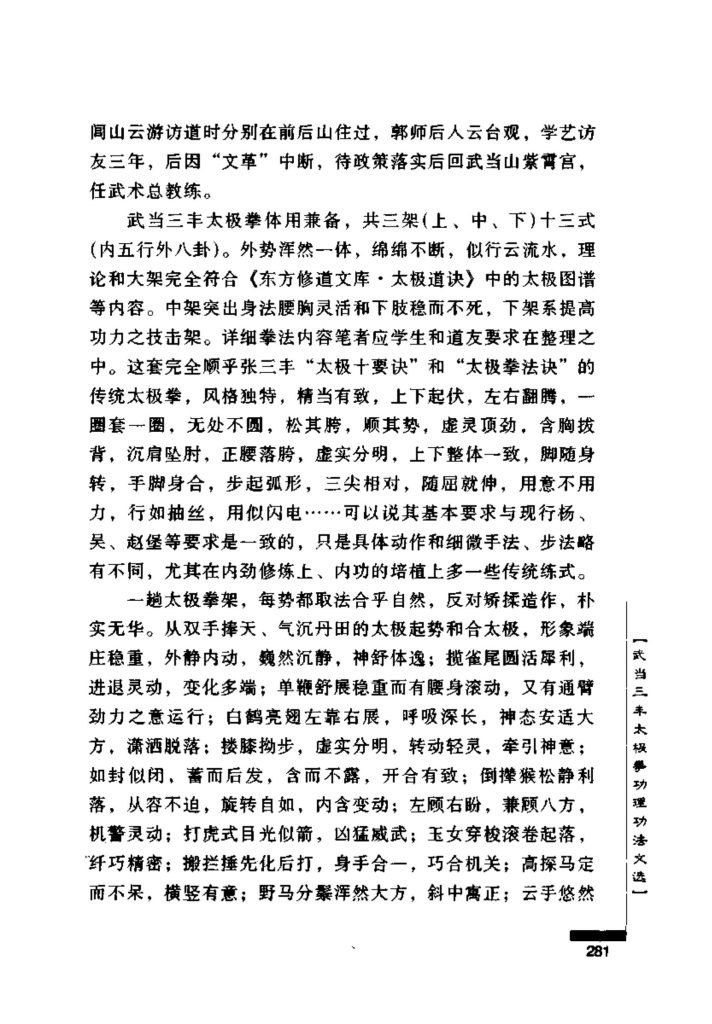
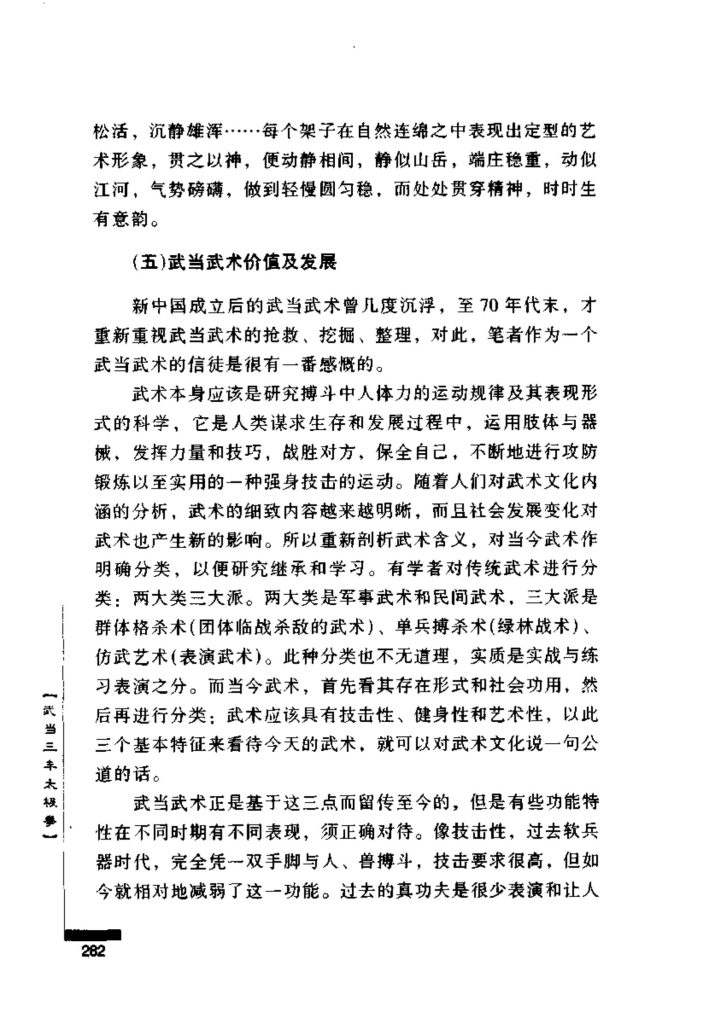
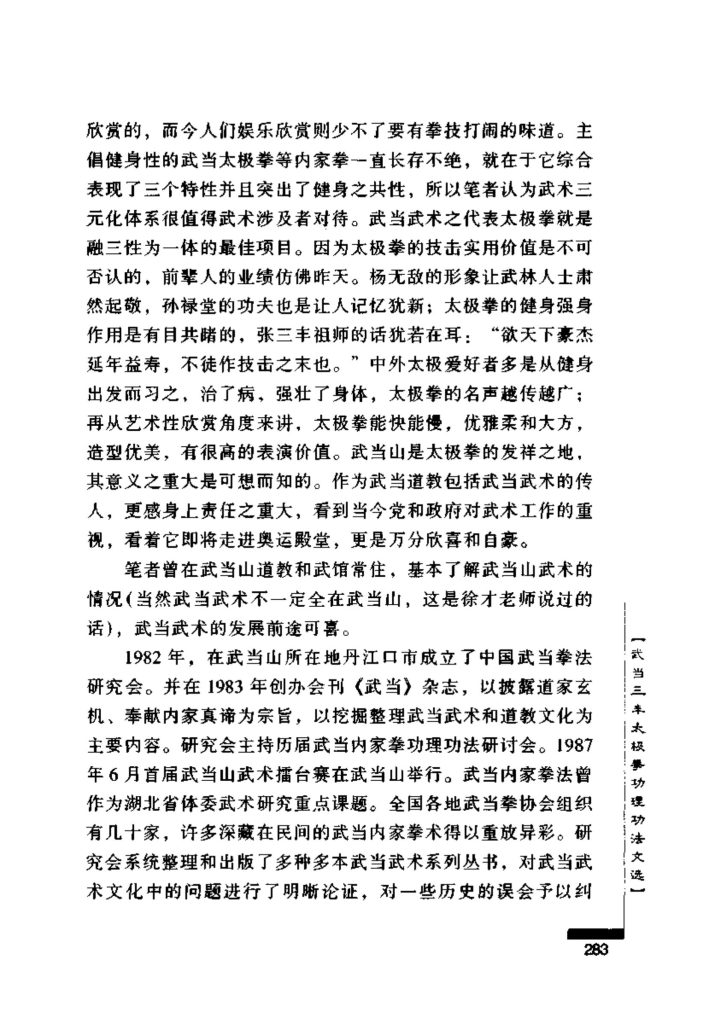




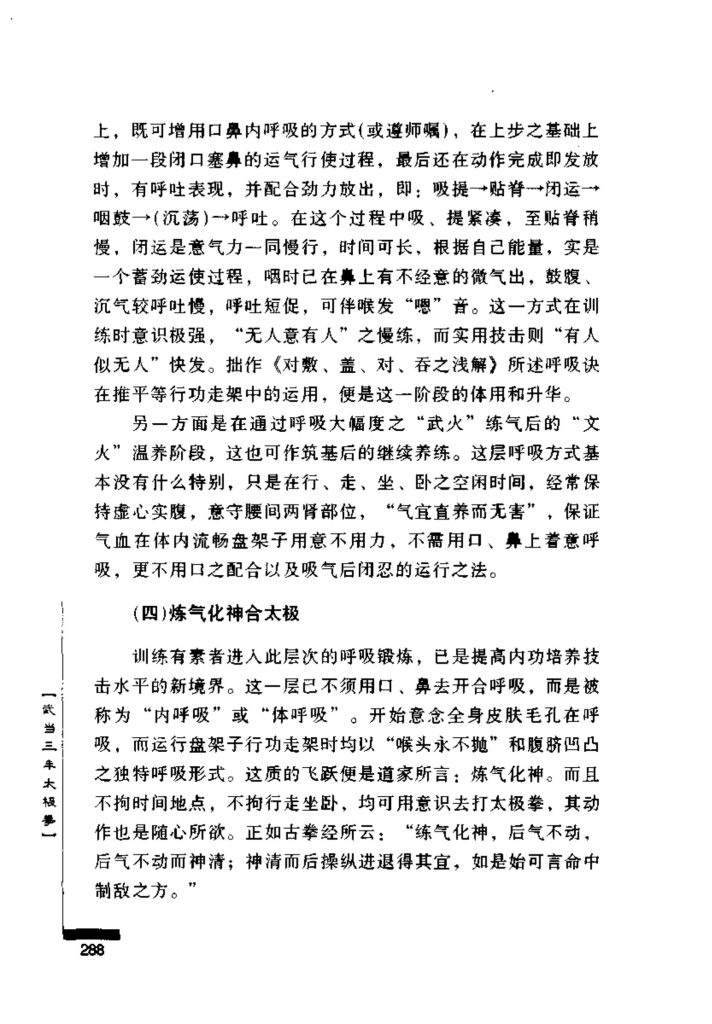

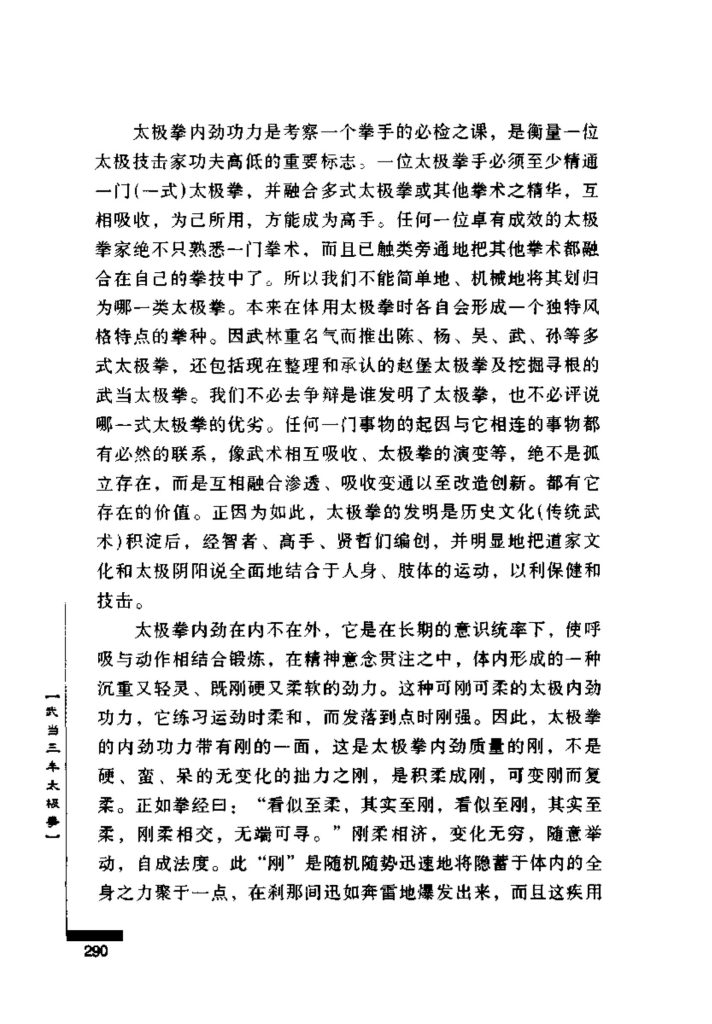


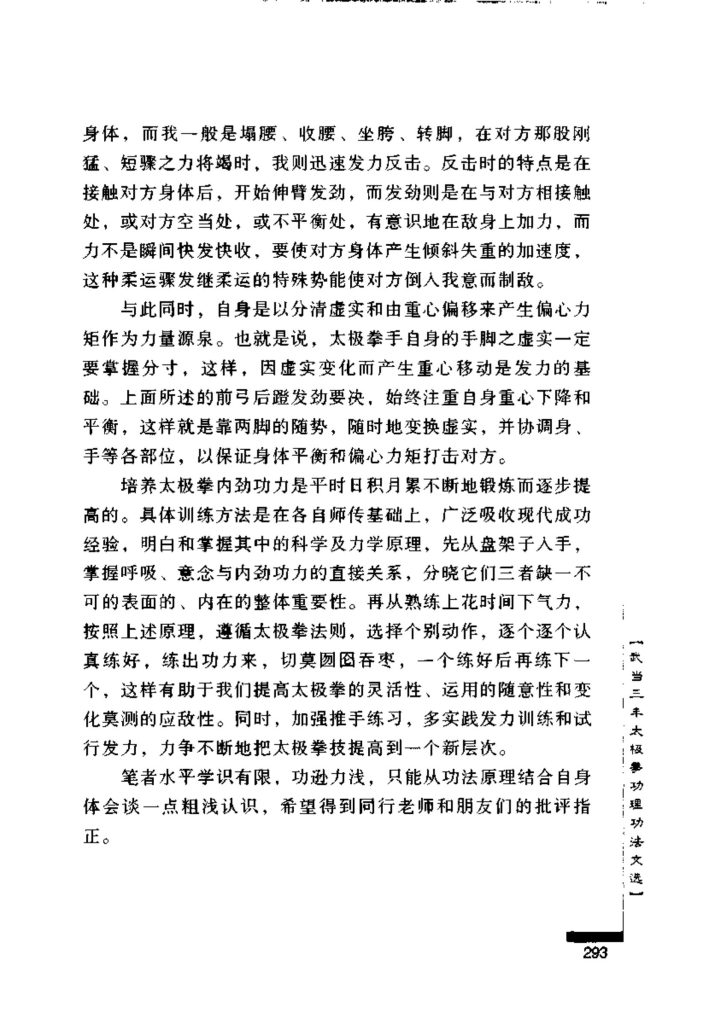


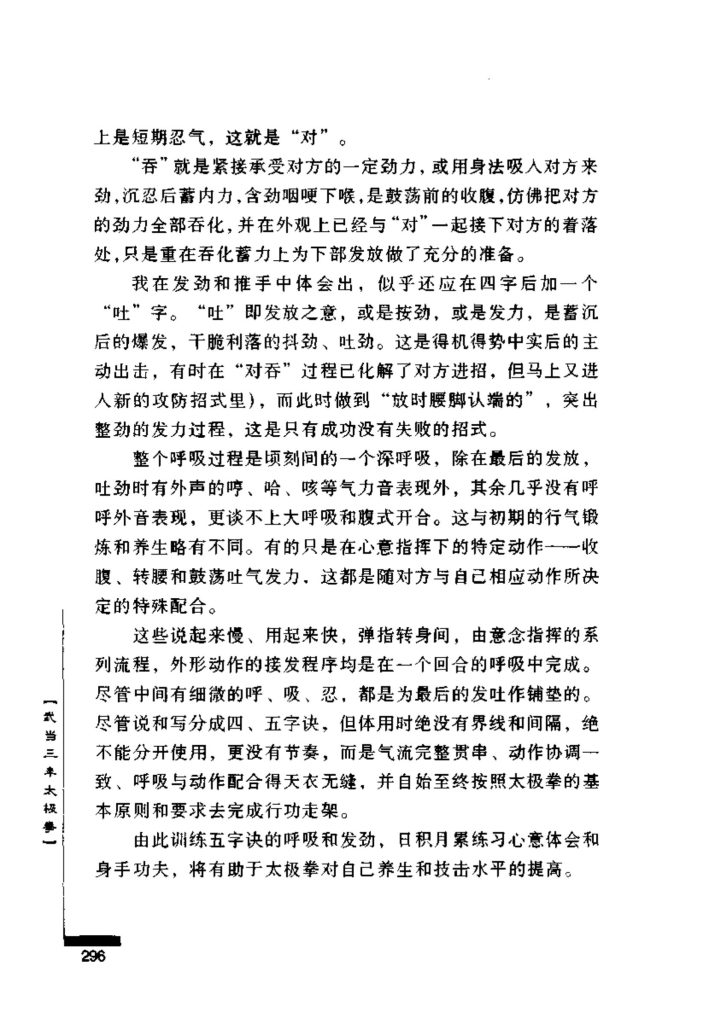



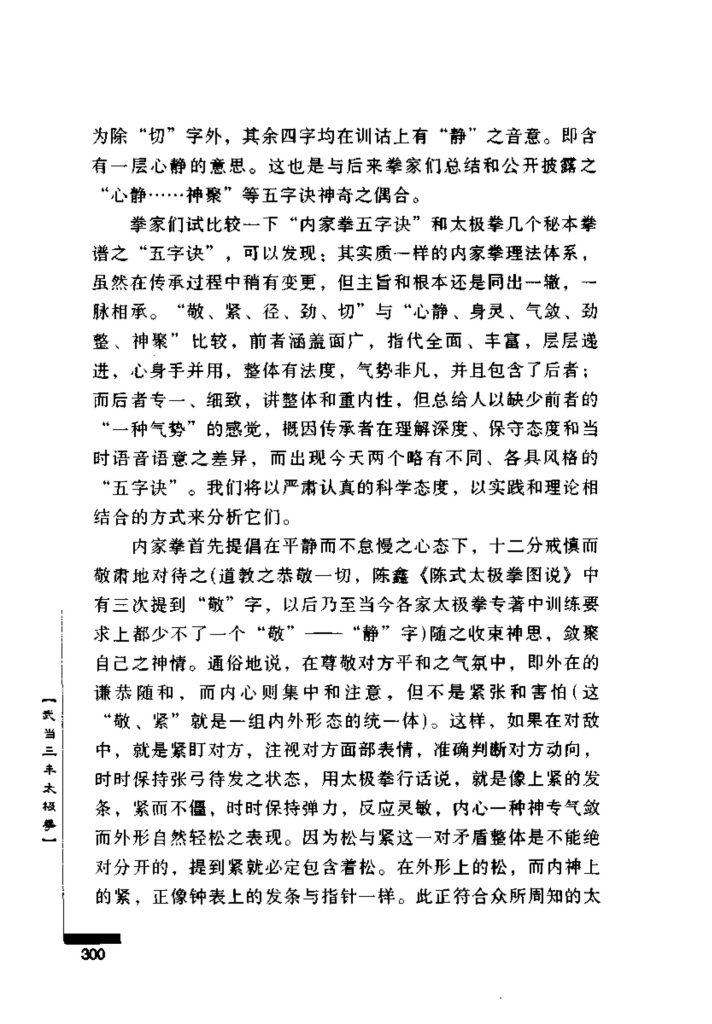






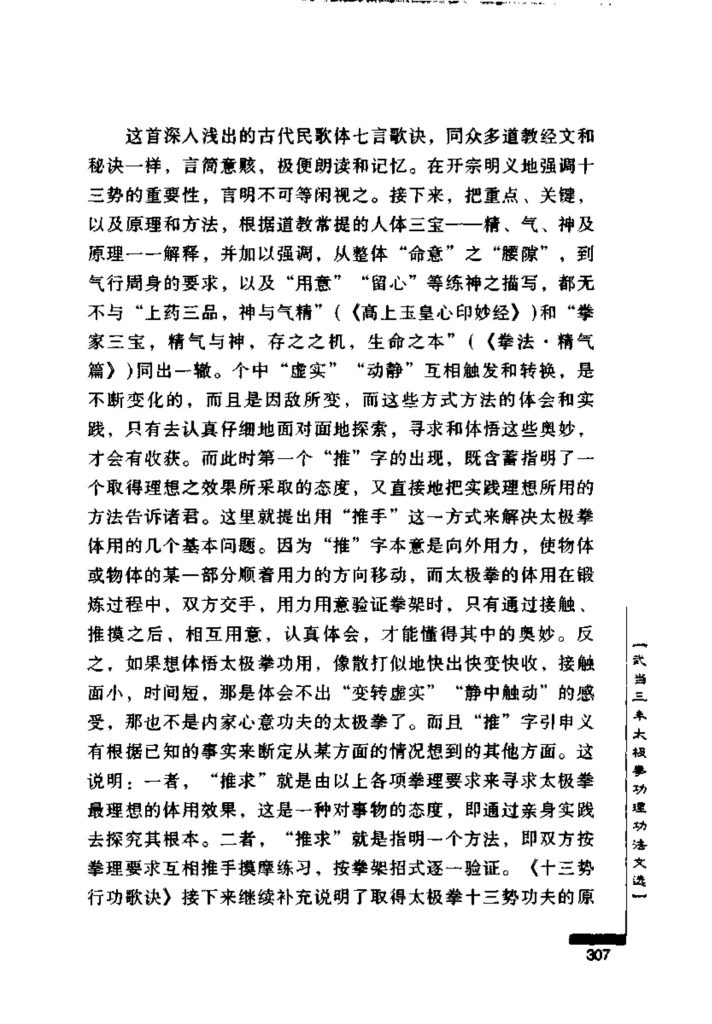





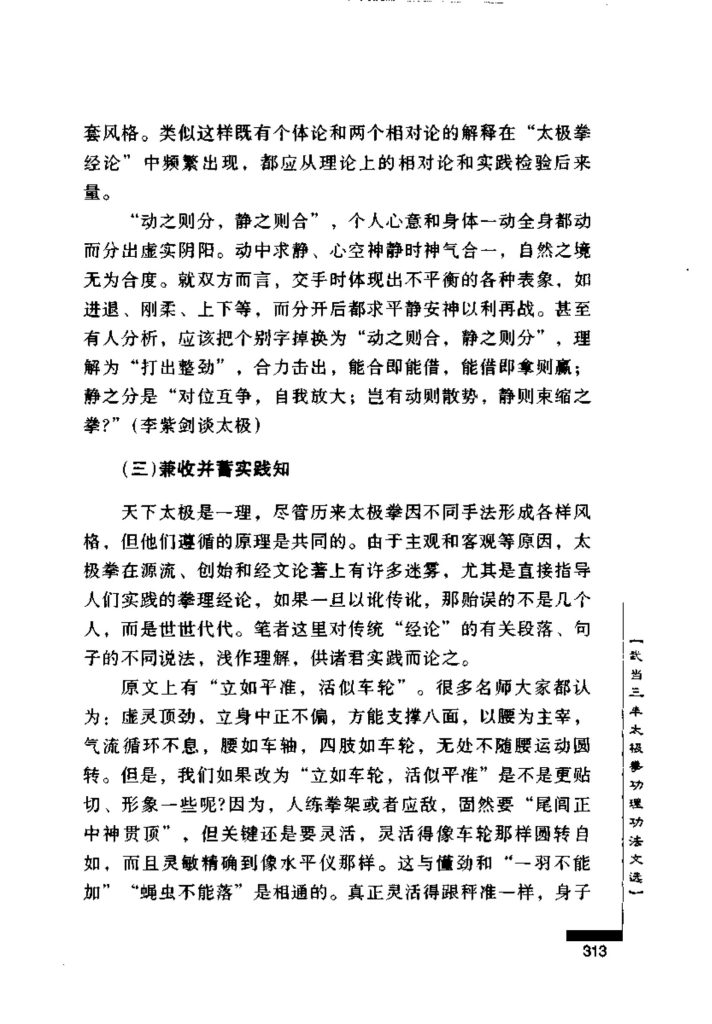

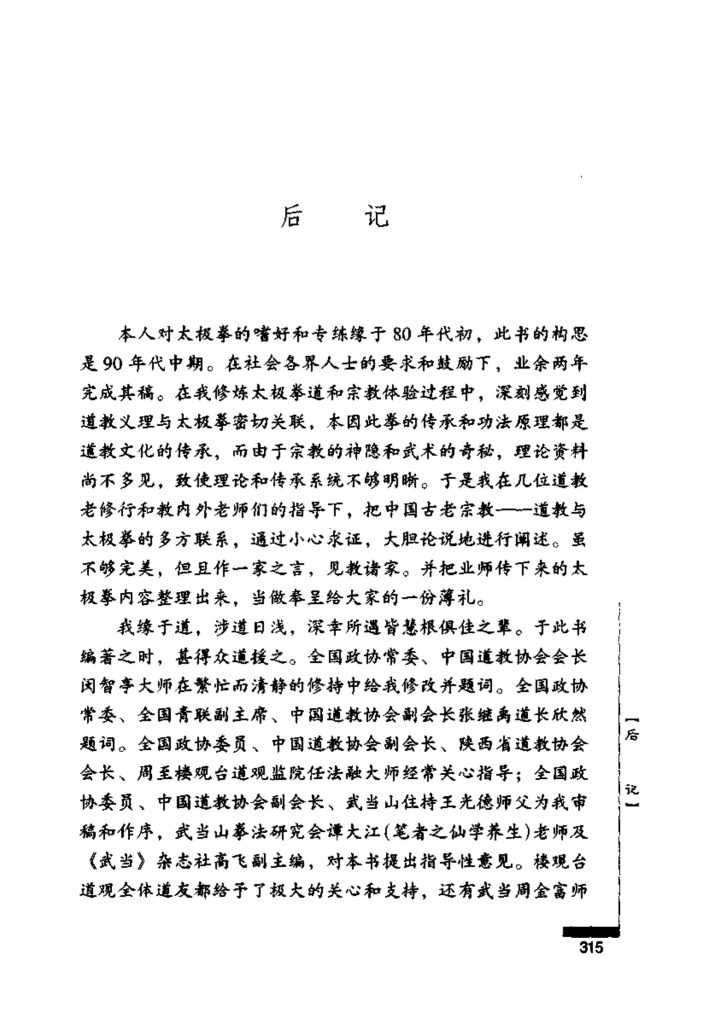
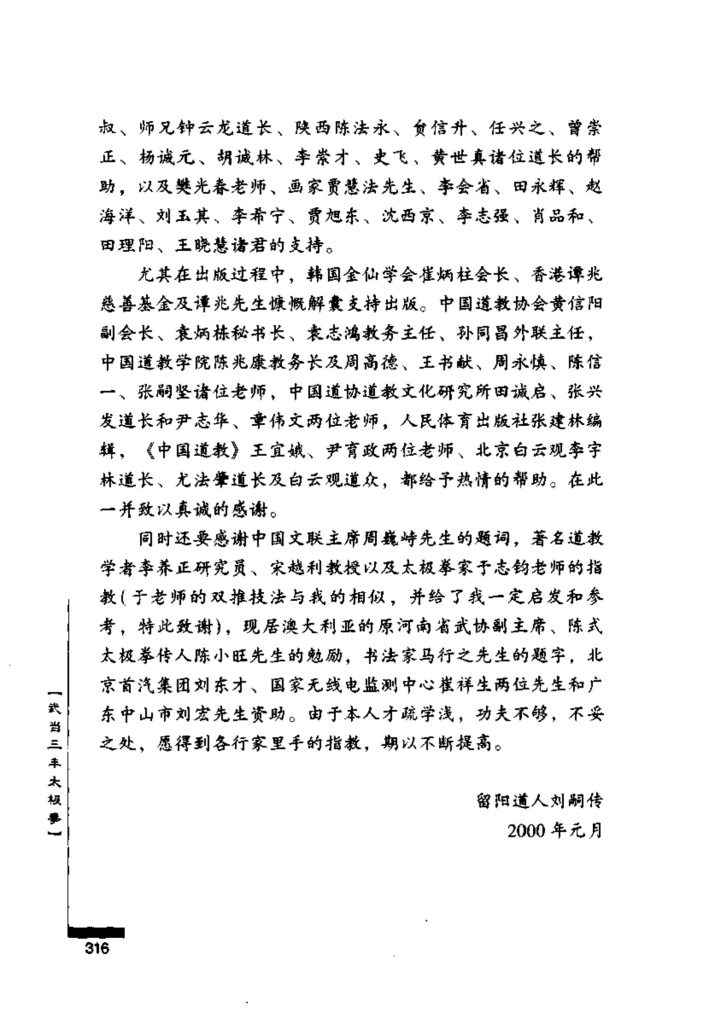
Culture文化 Kungfu武学 331P 《武当三丰太极拳》刘嗣传
历史上的今天 ( 24 ):
- 2022年-05月-22日:Animal动物:美丽的微距照片 (26P)
- 2022年-05月-22日:Animal动物:大自然的精灵 (33P)
- 2022年-05月-22日:Animal动物:成双成对 (133P)
- 2022年-05月-22日:Natural天然:瞬间即是永恒 (33P)
- 2022年-05月-22日:Animal动物:人狗情未了 (34P)
- 2022年-05月-22日:Natural天然:动物趣图 (69P)
- 2022年-05月-22日:Animal动物:骏马(免抠图) (16P)
- 2022年-05月-22日:Animal动物:八骏图 (73P)
- 2022年-05月-22日:Animal动物:奔腾的骏马 (55P)
- 2022年-05月-22日:Animal动物:美丽的孔雀 (75P)
- 2022年-05月-22日:Human人类:人与动物 (52P)
- 2022年-05月-22日:Animal动物:绝美动物图欣赏 (46P)
- 2022年-05月-22日:Animal动物:狼:地球最傲 (117P)
- 2022年-05月-22日:Animal动物:非洲的长颈鹿 (26P)
- 2022年-05月-22日:Natural天然:大自然和谐之美 (108P)
- 2022年-05月-22日:Animal动物:画家笔中野生动物 (53P)
- 2022年-05月-22日:Animal动物:动物亲情 (57P)
- 2022年-05月-22日:Tool工具:中国地图应用
- 2022年-05月-22日:Tool工具:语音合成应用
- 2022年-05月-22日:Tool工具:黄历查询
- 2022年-05月-22日:Tool工具:今天吃啥?
- 2022年-05月-22日:Video视频:改掉陋习
- 2022年-05月-22日:Region地理:上海市人文地图(旅游必备) (1P)
- 2022年-05月-22日:Global国外名家:梵高作品全集赏析之二 (320P)
可点 ➠ 2023年-05月-22日 ➠ 102 s ➠ ♥ 0

